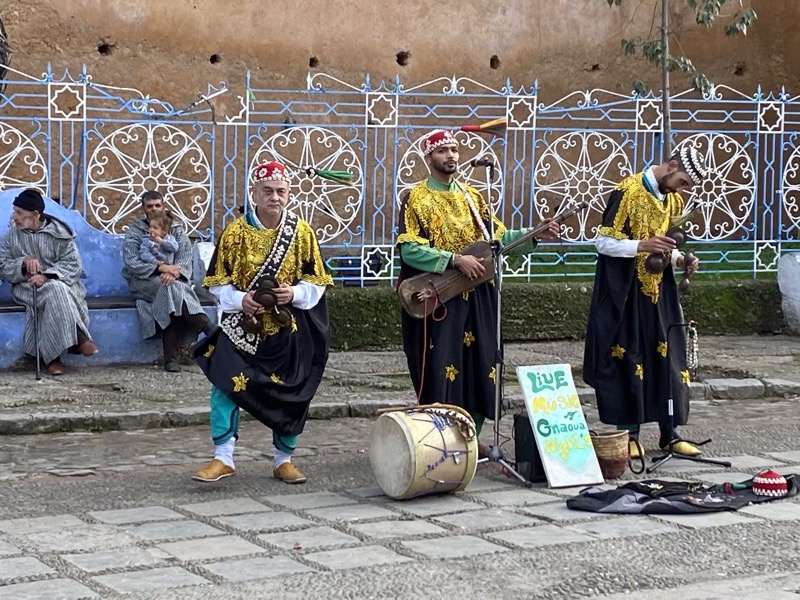So Bratislava is a stone’s throw Vienna… and well, it’s a place that has been our collective social group’s popular imagination since the movie, Eurotrip came out several years ago and the main characters ended up in Bratislava instead of Berlin. Which is why I guess it ended up on my List? Who knows? It was only a 50km drive, so off we went. Good timing as it turns out; Austria and Slovakia did away with their hard border in 2023, so no BS coming and going from the Schengen countries. Small win, we’ll take it!
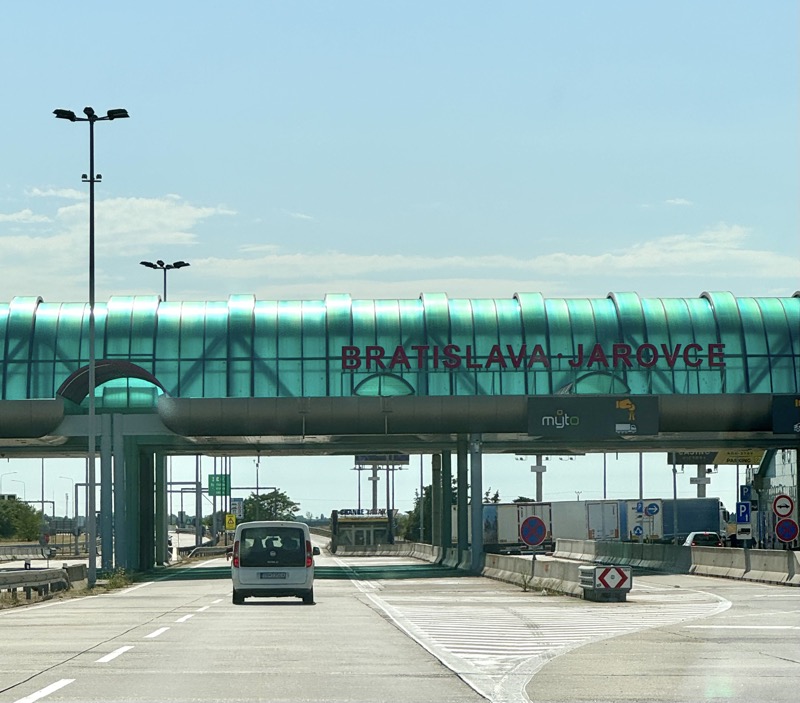
Back to German speed limits, sweet… Austria put a bit of a harsh on our German autobahn buzz as they have stricter speed limits and severe penalties – up to like, €7,500 for high infringements, and strict hooning laws that can see vehicles confiscated and surrendered. Freedom…!
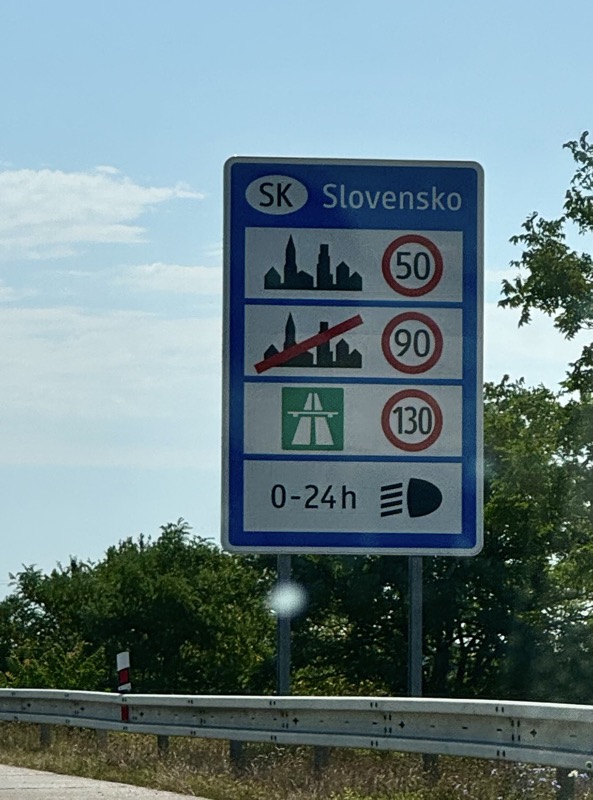
Immediately the architecture changes – feels like we are back in Bulgaria, or anywhere in the Balkans really. Vienna feels very much all fancy and Baroque and Rococo even in the ‘burbs; here there’s definitely more of a 60s Soviet toilet block vibe going on.
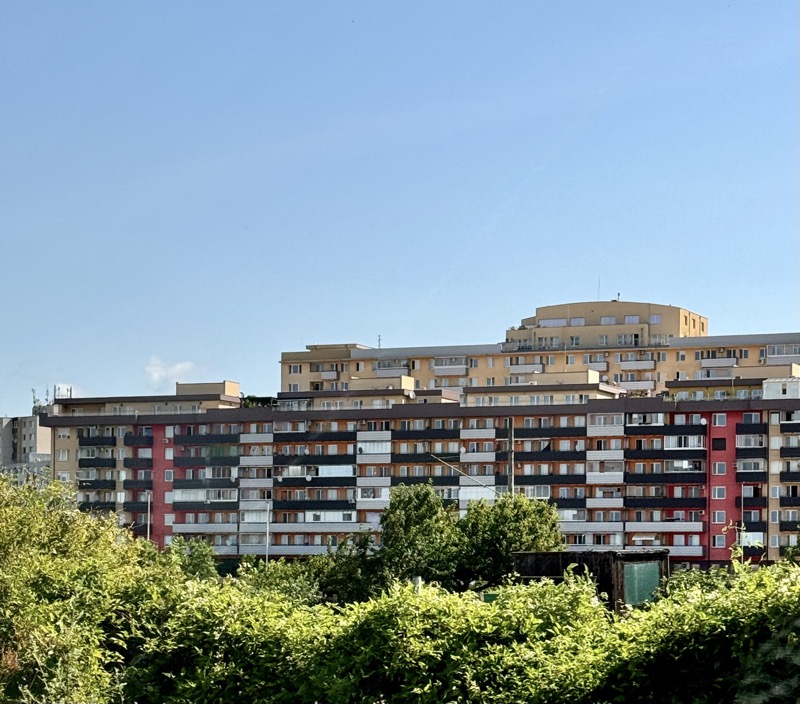
One of Bratislava’s famous landmarks – a revolving restaurant high above a highway? Colour me confused. Why would you want to have dinner above a highway? And where exactly do patrons park to dine here?
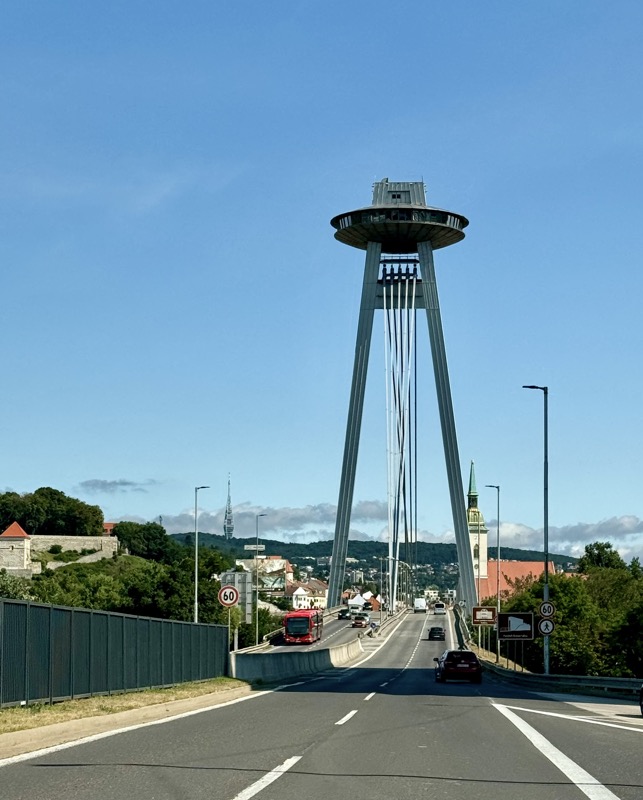
This whole trip, I was taking for granted just how much I was able to read directions, signs and advertising in German – now I might as well be in Greece. Can’t read a thing… though thanks to American capitalism, you can’t mistake this shit:
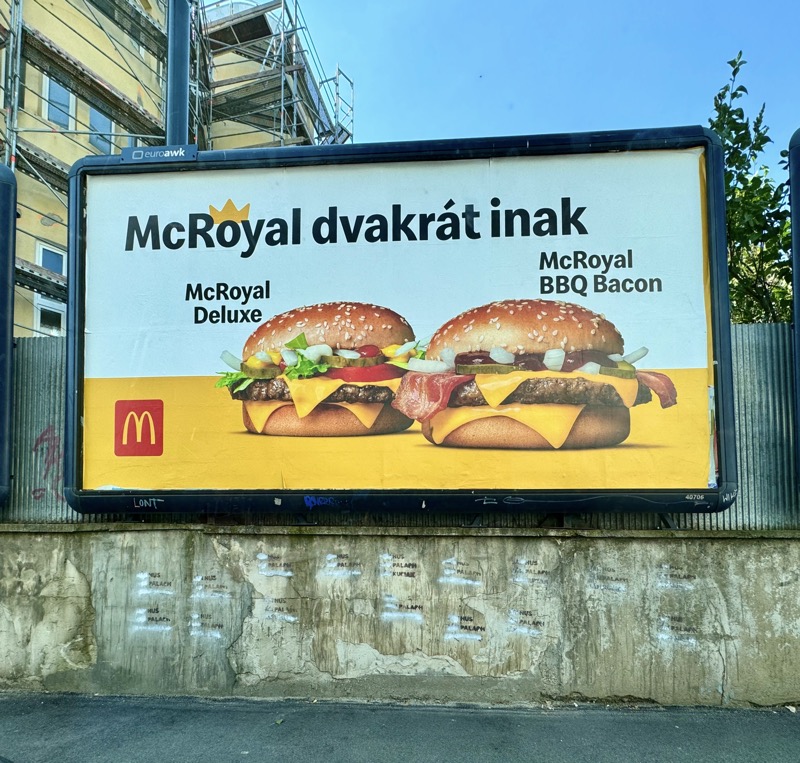
The Námestie Slobody or Freedom Square. This fountain was installed in 2023 to reinvigorate what was a rather depressed, run down area full of government buildings. We were here around 10am, and there were loads of people running about in the fountain in their bathers enjoying the sun and the water… and not just kids either. Don’t they know it’s too cold for these sorts of shenanigans?
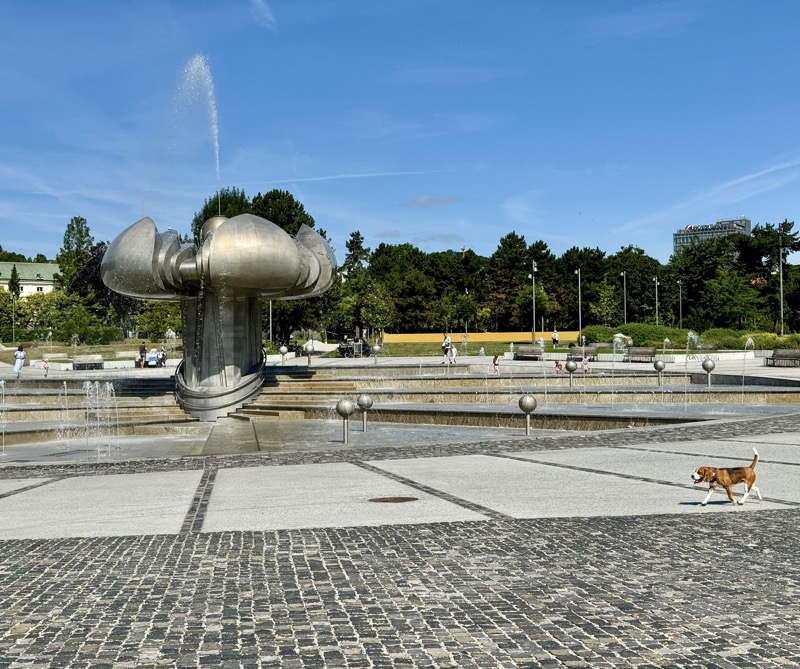

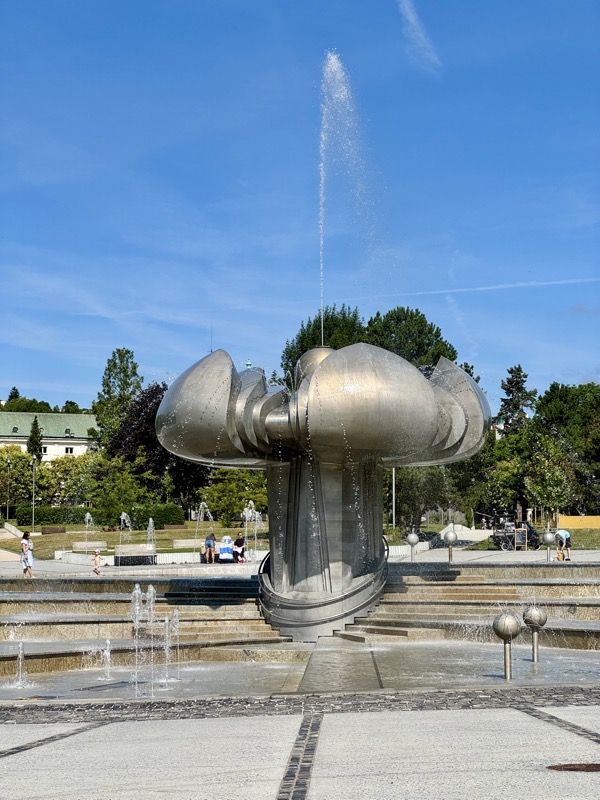
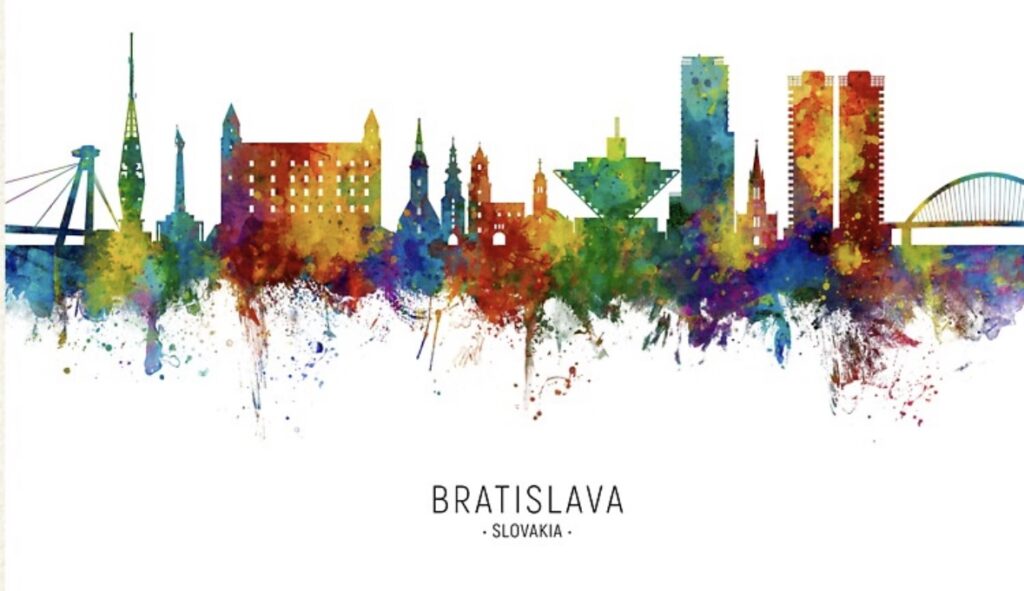
The Slovak National Theatre is the main centre for opera, ballet and theatre. The building was designed in the late 1776 and renovated in the late 1800s, so maybe the city isn’t entirely made of Soviet 60s toilet block architecture.
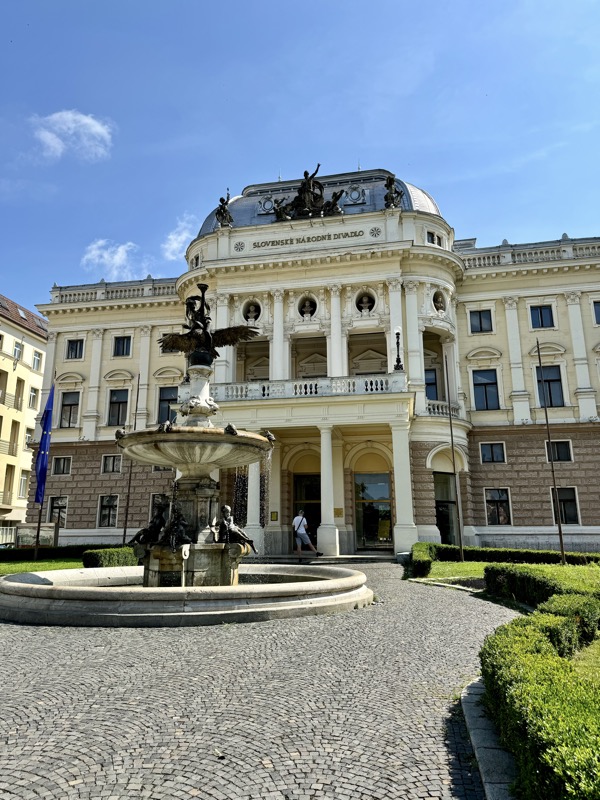
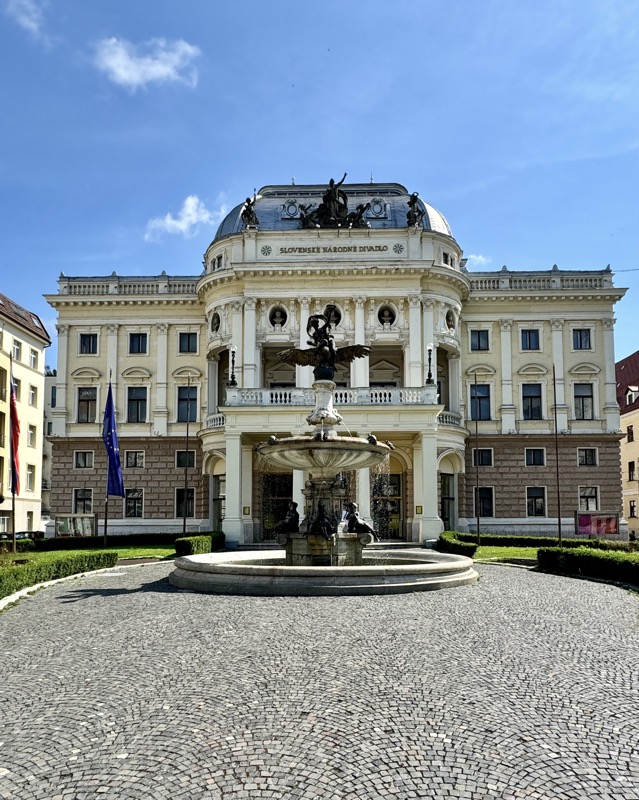
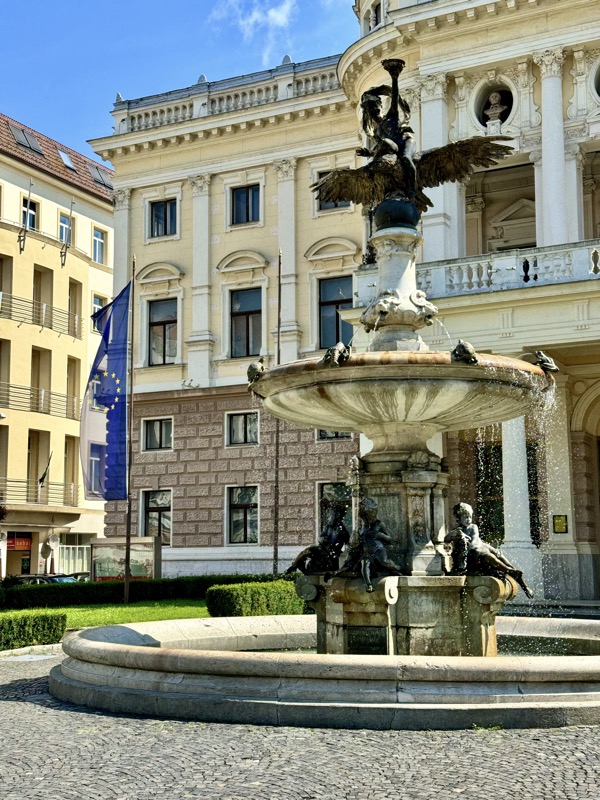
The pedestrian area of the town turned out to be really kinda cute and artsy. Even the touristy souvenir shops make a bit of an effort. I imagine that Bratislava was a cheap tourist destination until recent years. It is apparently becoming a prime destination for Bucks Weekends and Stag Nights for Brits, because it’s so much cheaper than Amsterdam… or at least it was. We found prices here were comparable with Germany which is to say, slightly cheaper than Austria but definitely not in line with other Balkan counties.
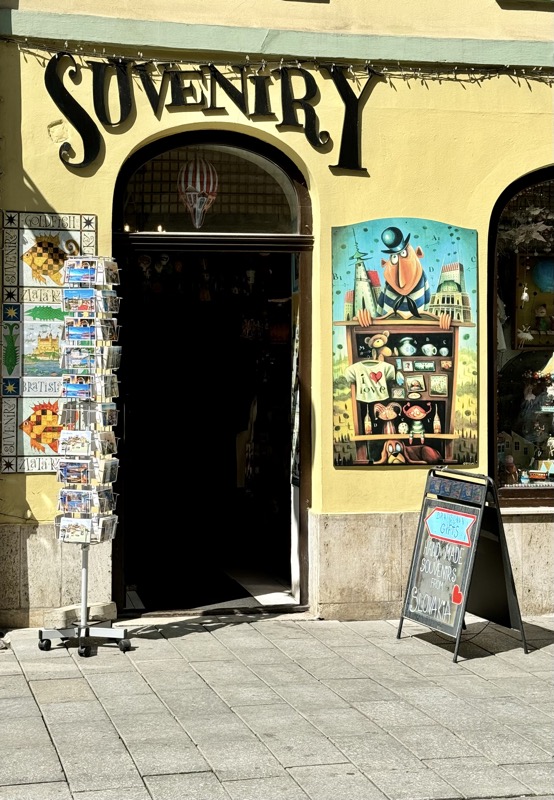
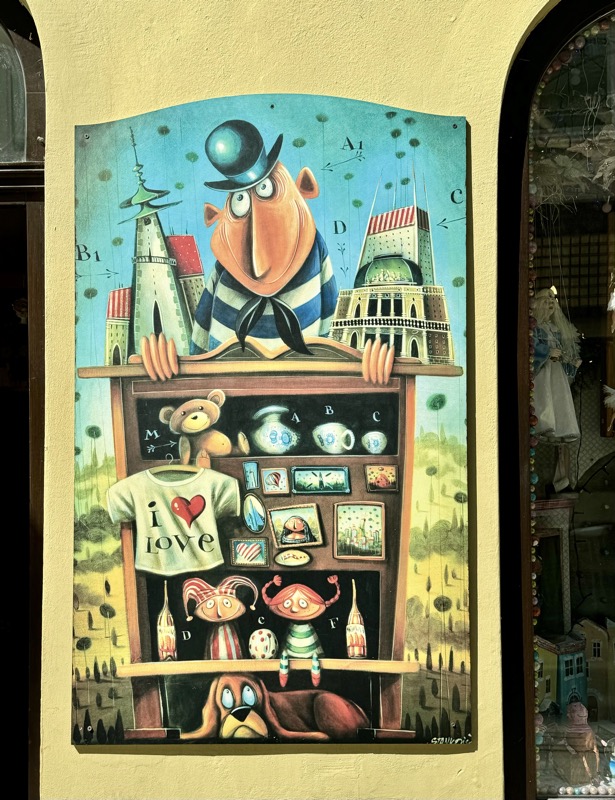
Weird souvenir stuffs… slingshots? What could go wrong.
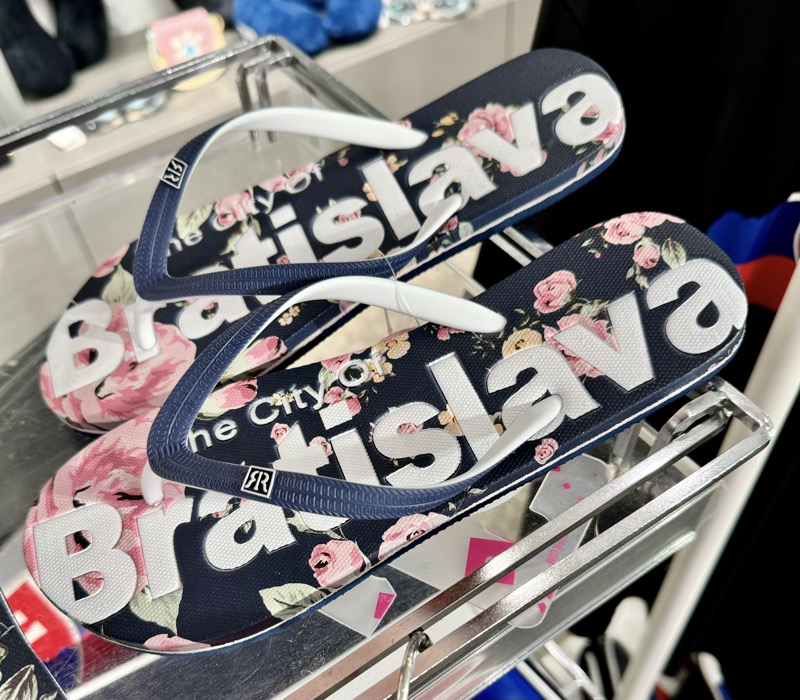
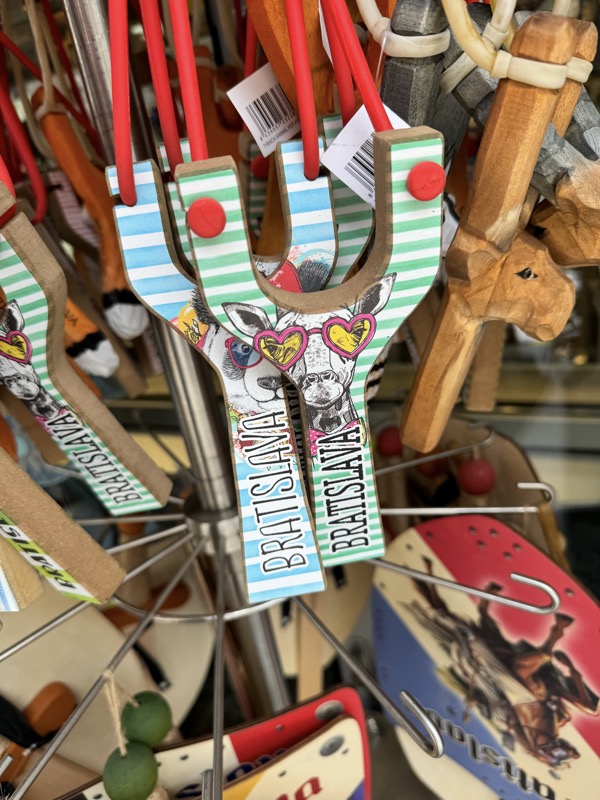
Slovakia is apparently known for it’s distinctive local folk pottery – and gotta say, it ain’t my thing at all. I mean, it’s not as bad as Portmeirion pottery, but it’s a fine line.
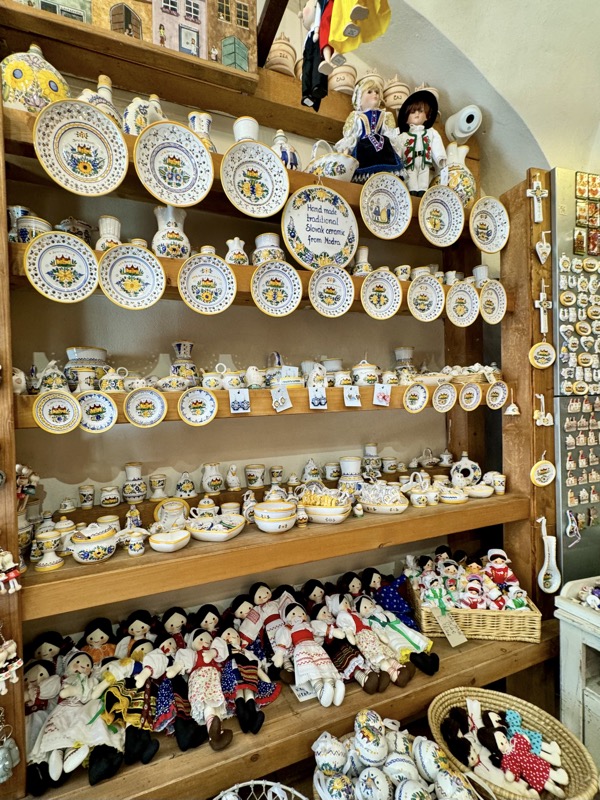
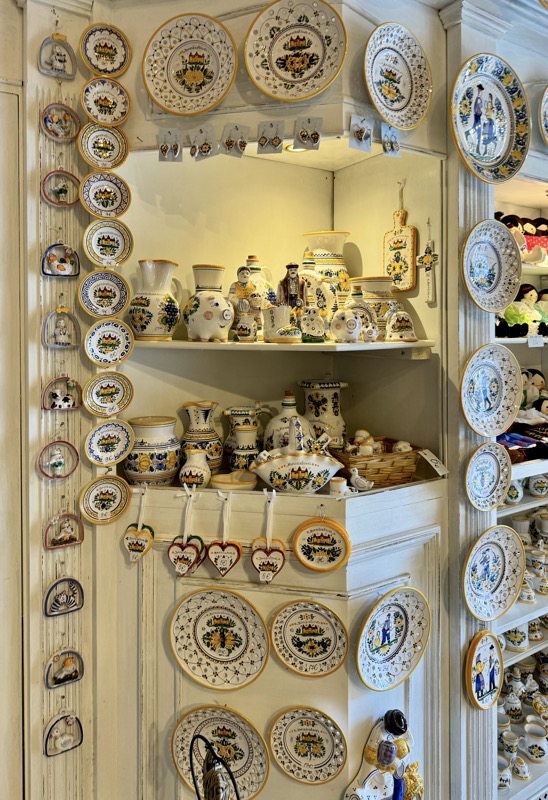
Čumil is one of the most famous sculptures in Bratislava – arguably in the entire Slovak region to be honest. He has become one of the city’s most recognised landmarks and is one of the biggest attractions in the city centre. He is a bronze statue created by Viktor Hulík, a well known sculptor, graphic artist, academic and painter. Čumil was install in 1997 at a massive party called the Korzo Party that the city held to celebrate the completion of a major pedestrian urban city centre renewal. Apparently 30,000 people were at the Korzo Party including the President of Slovakia, Michal Kováč – which sounds kinda cool. Gotta say, kudos to the Slovaks if this urban renewal stuff has only been going strong for 20years or so… the town looks great and is a lovely place to visit.
Čumil is located outside a small local jeweller who sells overpriced amber, and who is probably totally sick to death of the tourists milling about outside his store and never coming in! 😀 He’s a bit hard to miss, and you find yourself walking past him repeatedly as you move about the city centre.
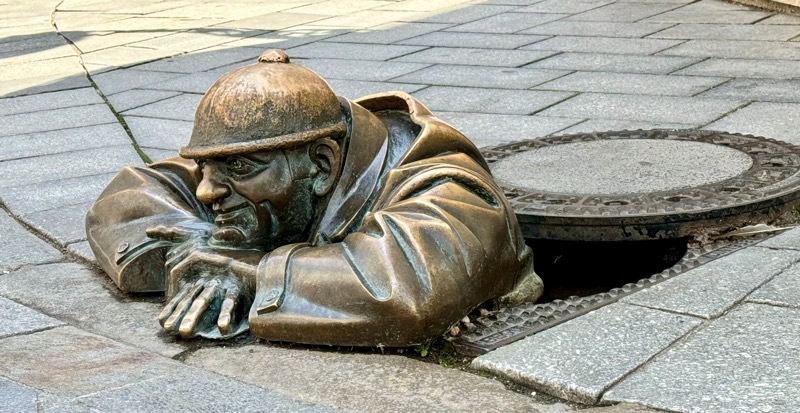
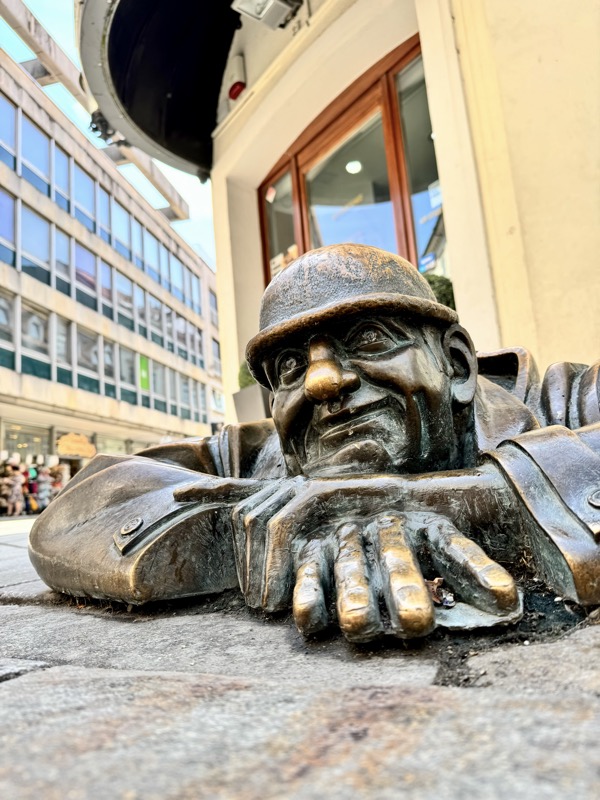
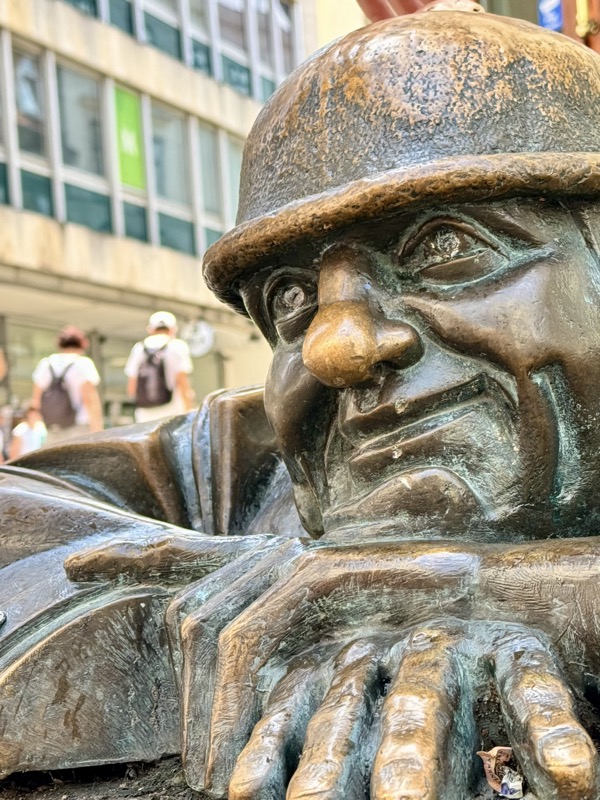
I like him! He has real character.
The Main Square and the 16thC fountain of Maximilian I.
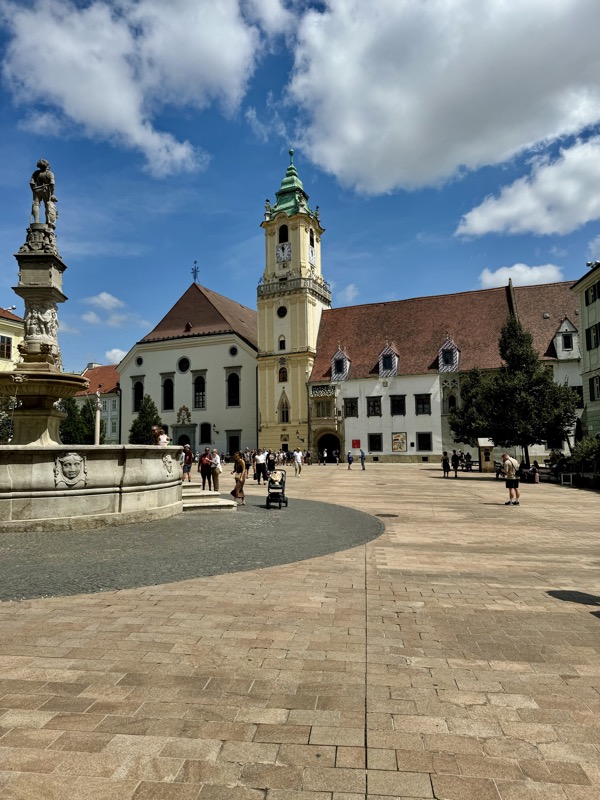
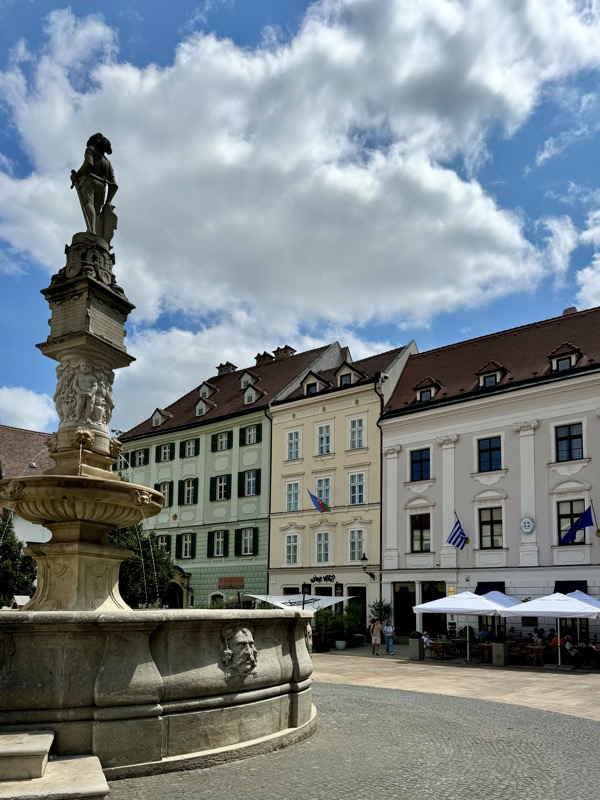
More quirky little artsy shops and stuff.
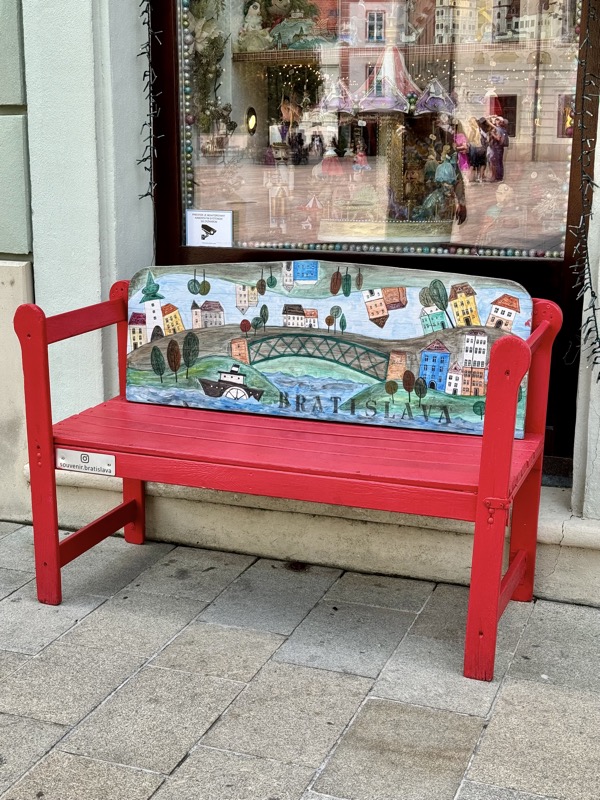
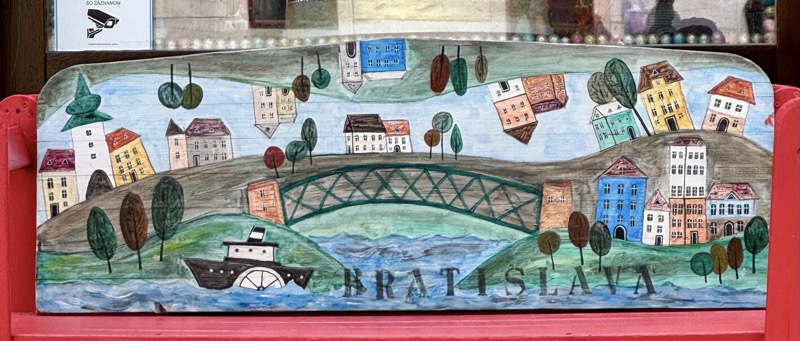
It turned into quite a warm day and got pretty hot walking around by midday – and we weren’t musuem’ing so we were out in the sun and Angus decided to have a mango gelato (as you do!) but he meant to ask for it in a cup. When he belatedly mentioned the cup, the server just dumped it upside down in a cup for him. LOL. Efficiency, I like it.
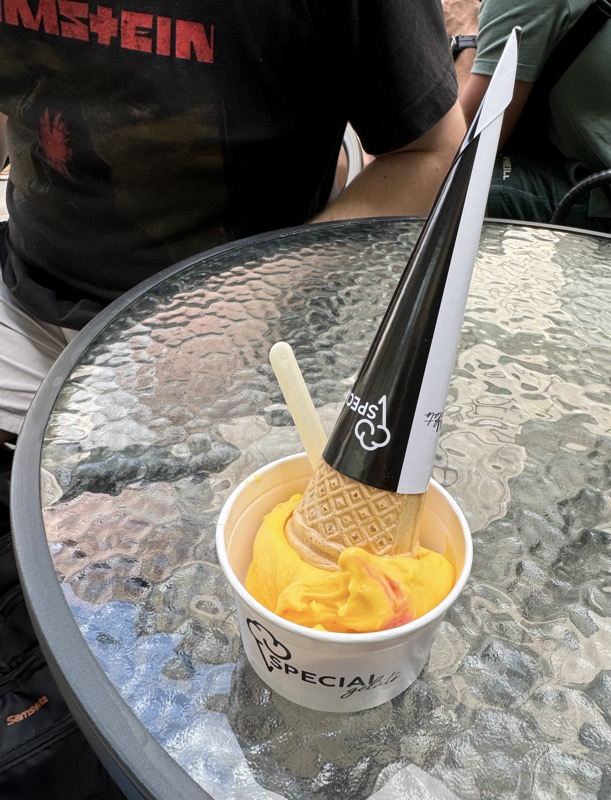
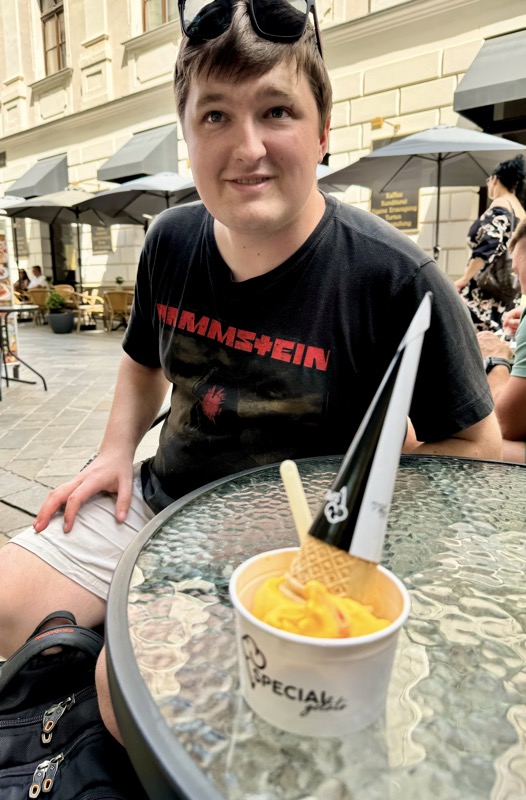
Walking back past Čumi again, I think I caught the best shot – wonder how often some pupper lifts his leg on him!
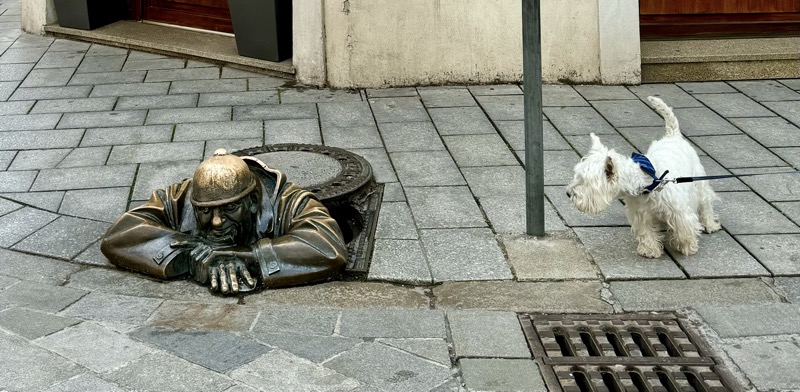
After wandering around the town centre, doing a bit of shopping and having a bit of lunch, we went to have a look at the Bratislava Castle which apparently has, 1) really good views over the city, 2) a small local history museum which is nowhere near as fancy as the Schonbrunn or the Nymphenberg that we have seen this week, and 3) a small treasury – which we were going to go in and visit, but the people selling the tickets made it sounds so crap. ‘Er, de objects are mostly of de coppur and not very old you’no, and most of dee reel treasures are in da Vienna Musuems, and it cost you €14 to come iin, each’ and blah, blah, blah… they totally talked us out of going into the Treasury! LOL.
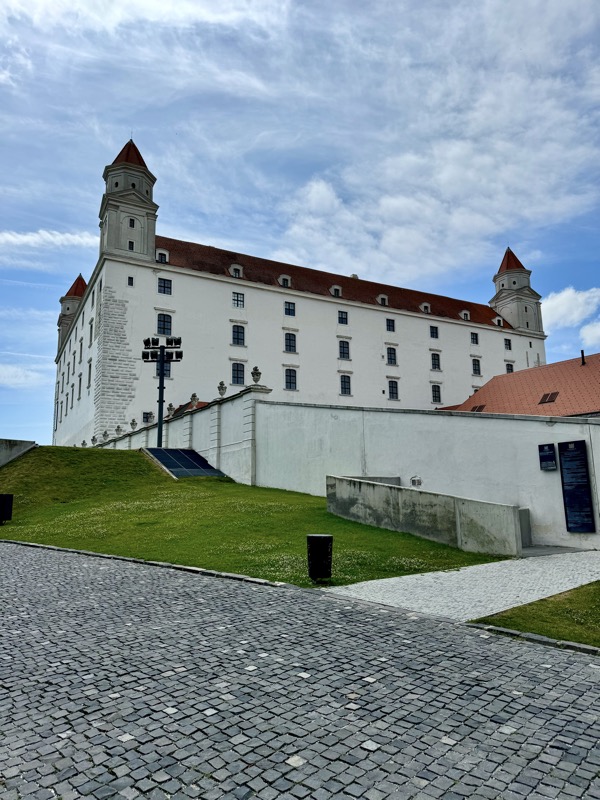
Bratislava Castle is a large rectangular castle with four corner towers on an isolated outcrop of the Little Carpathian mountains. It looks directly down onto the Danube River which cuts through the centre of Bratislava. It’s massive and looks over the city, so it kinda hard to miss – you see it as soon as you get near the city. The original fortress built on this site was from the 9thC, and it, like so many castles, has been rebuilt continuously up until the 18thC. It also had some major reconstruction in the 20thC.
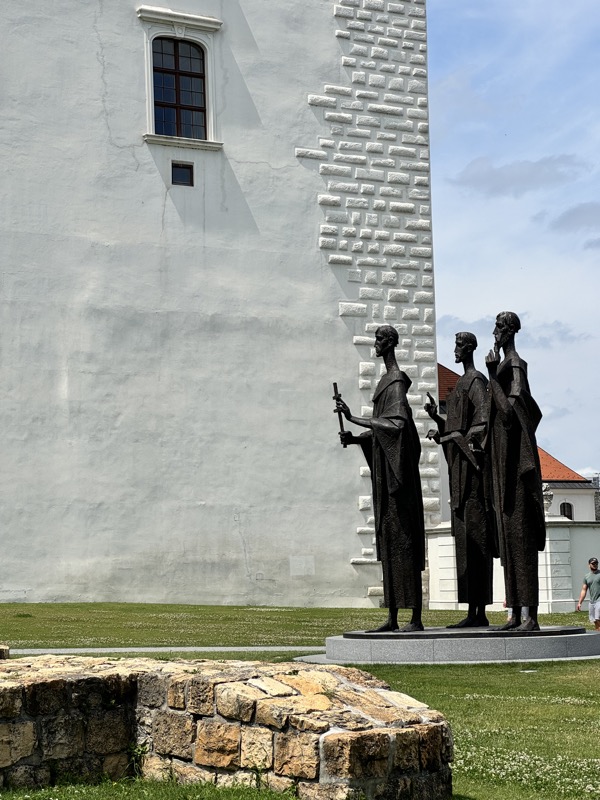
These tall three slender bronze statues didn’t have any inscriptions – we kinda assumed they might be magi (so much religious iconography has been consumed lately!) but this is more an orthodox region, so there could be some symbology we were missing.
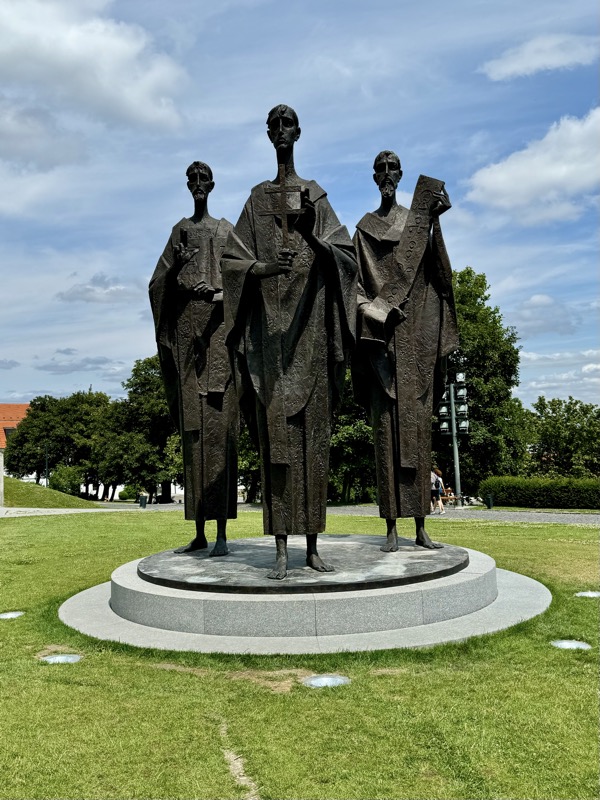
Entrance gate to the Castle… there are four gates in total.
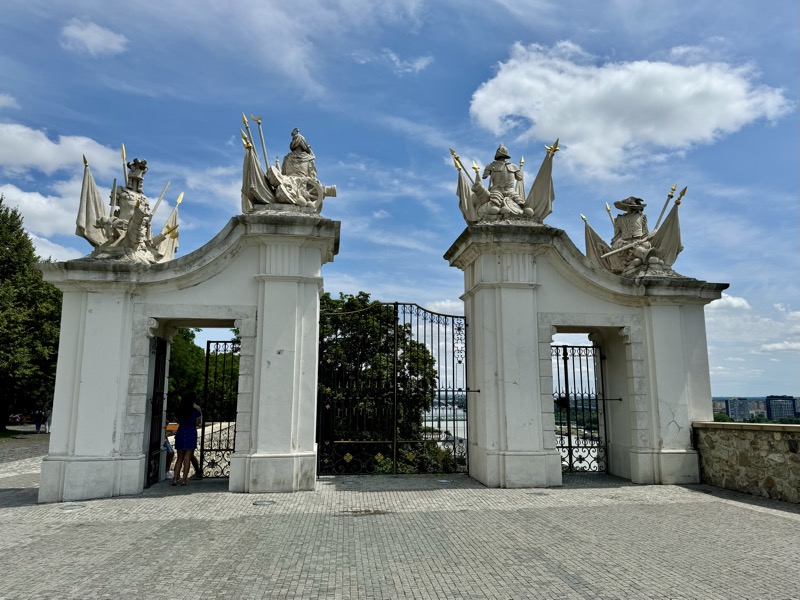
The views over the city and the Danube were pretty cool.
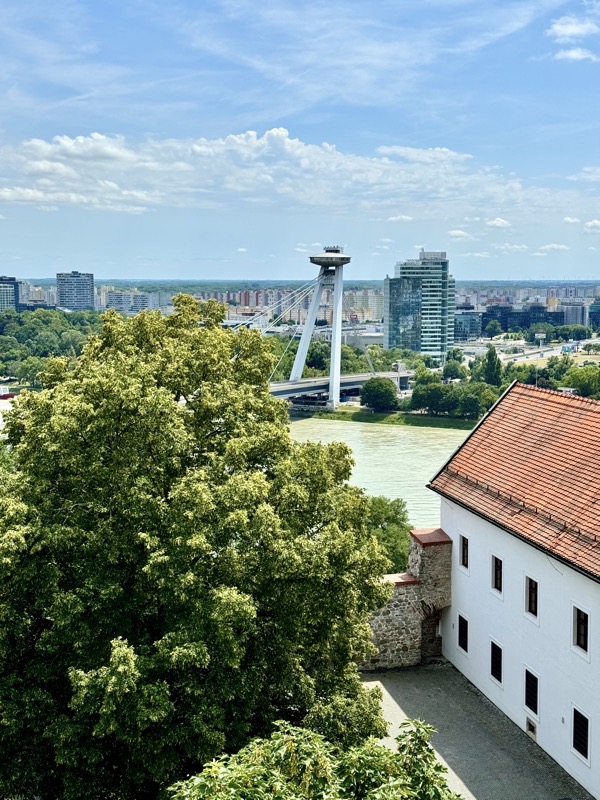
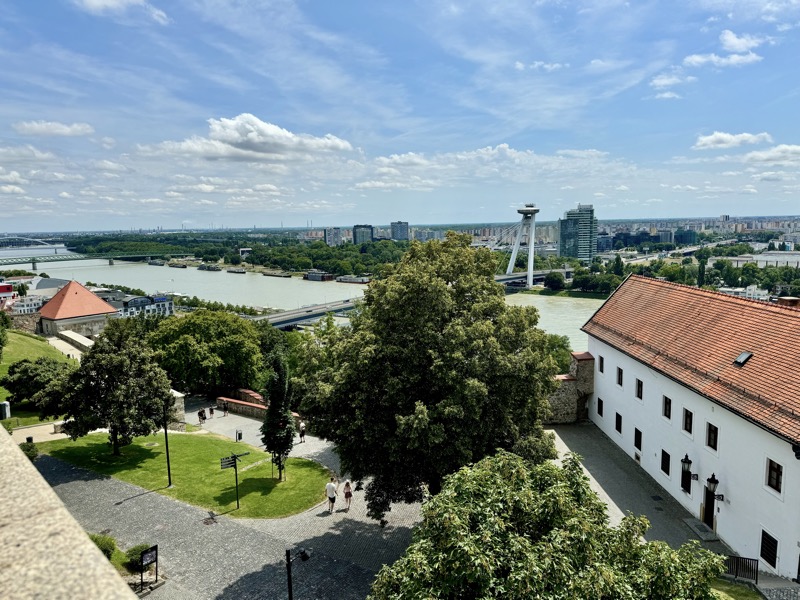
Front forecourt to the castle – it actually looks really clean and all shiny and new… which isn’t what you expect from castles as you get closer to the Balkans.
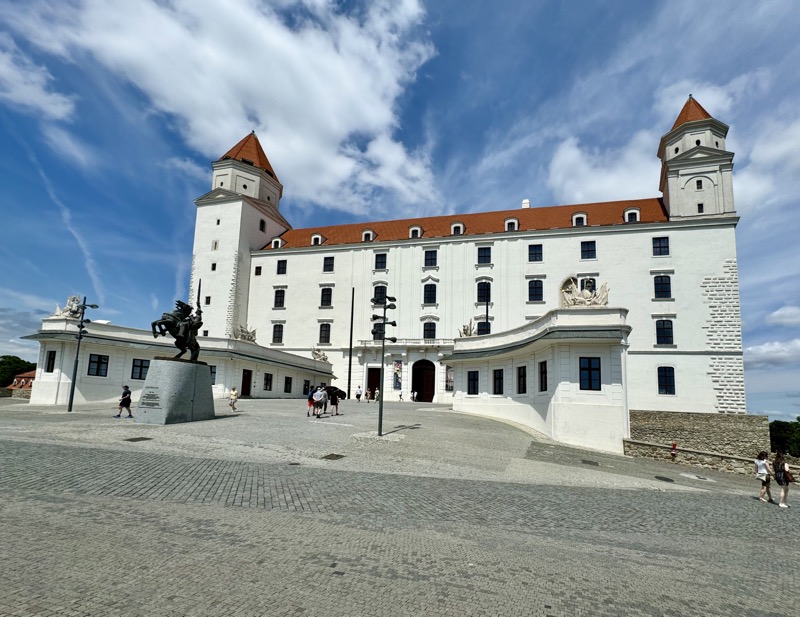
King Svatopluk I of Moravia (840-894) on his horse out front of the castle.
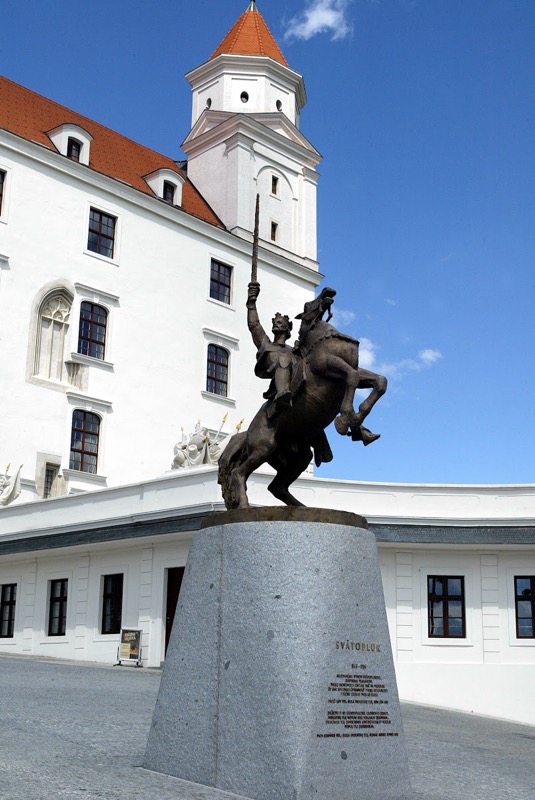
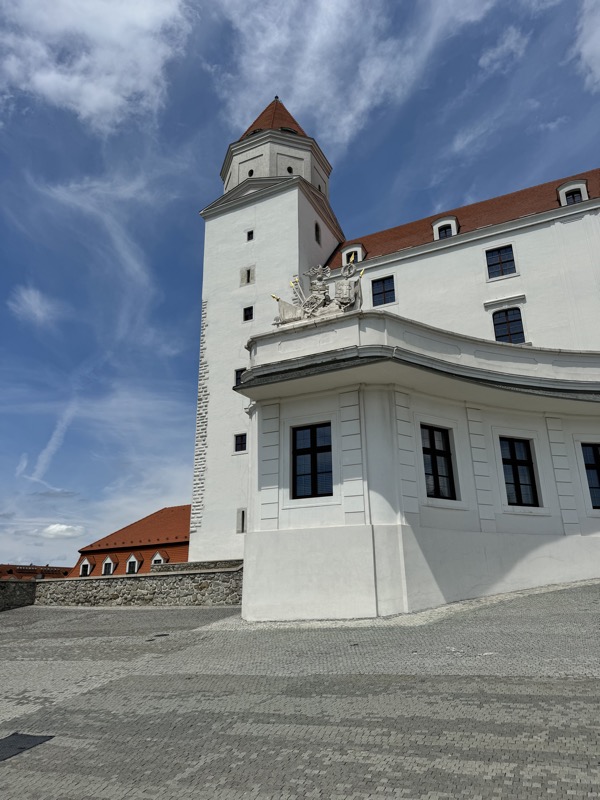
Courtyard of Bratislava Castle
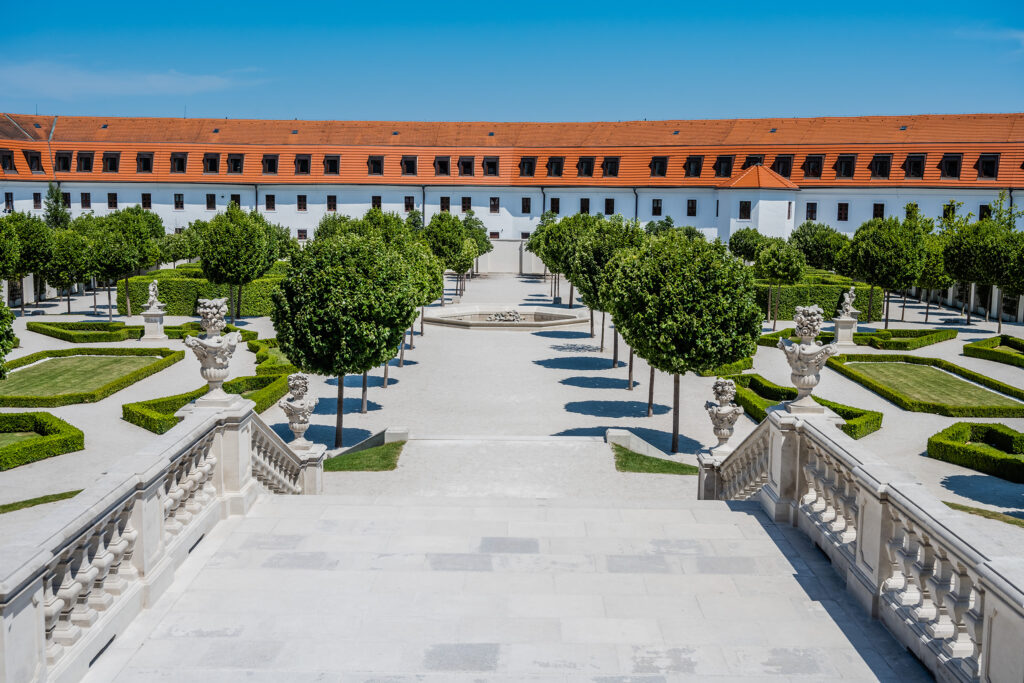
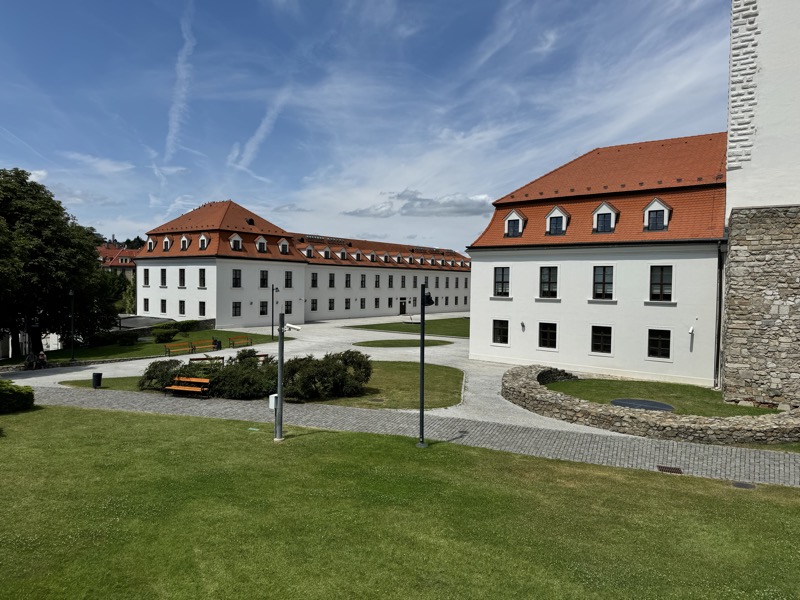
We had a pretty good day poking around Bratislava, absorbing the artsy vibe and doing some shopping. It felt like a short day visit off a cruise ship though, and while I don’t think you’d need more than a weekend to check out the city, we didn’t get in amongst it much… back to Vienna we went.
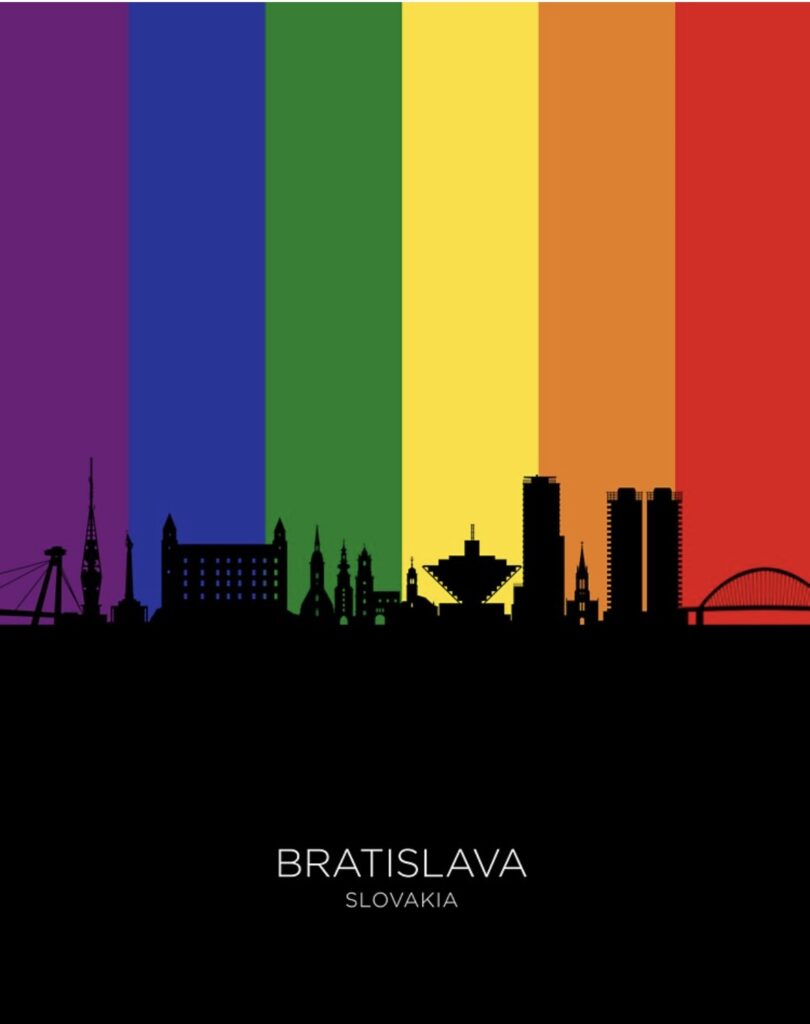

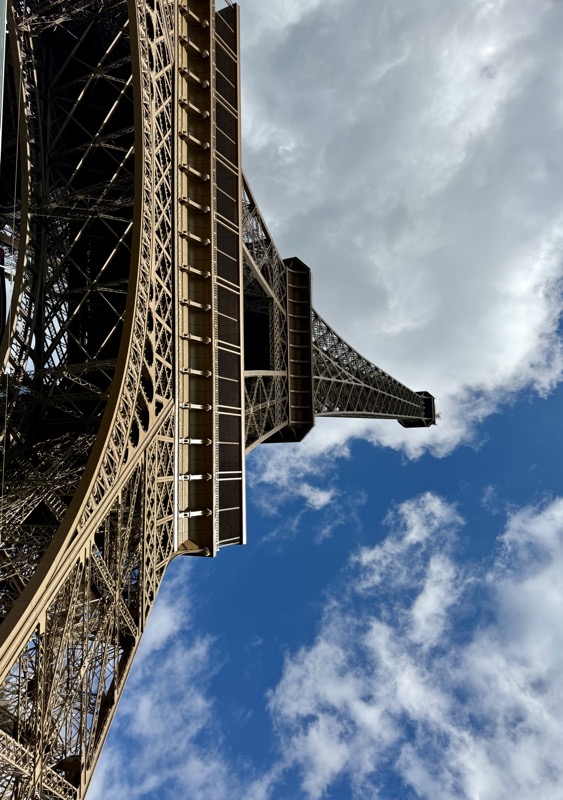
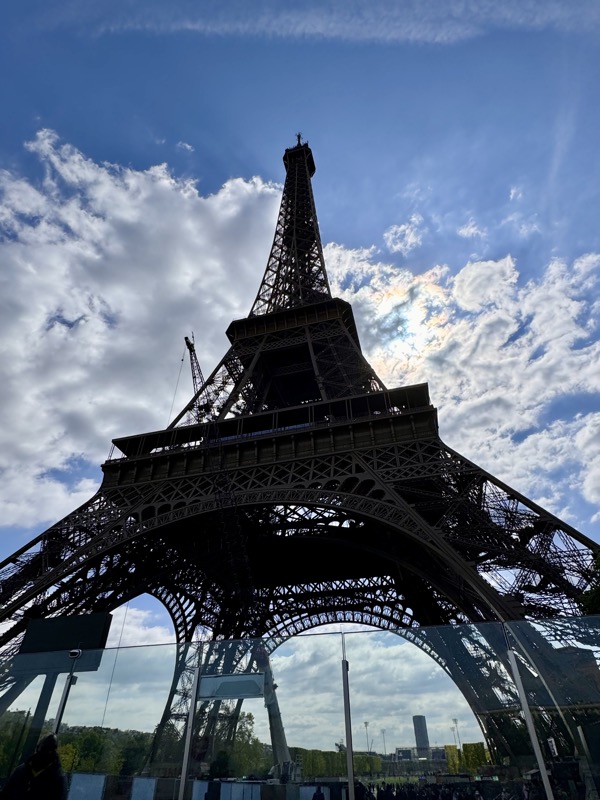
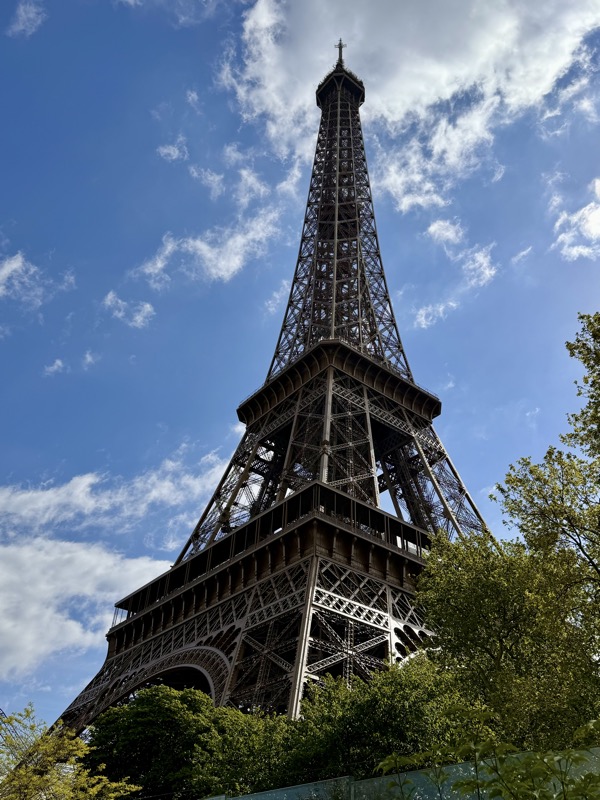
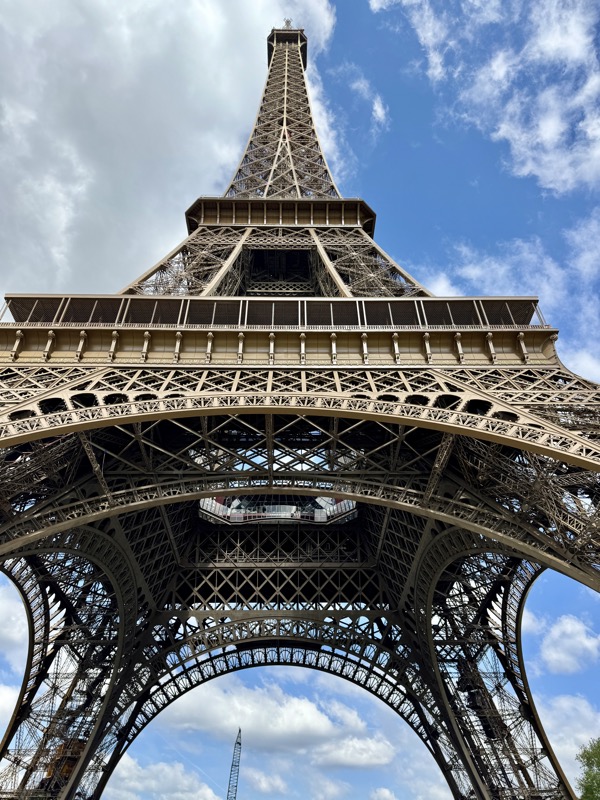
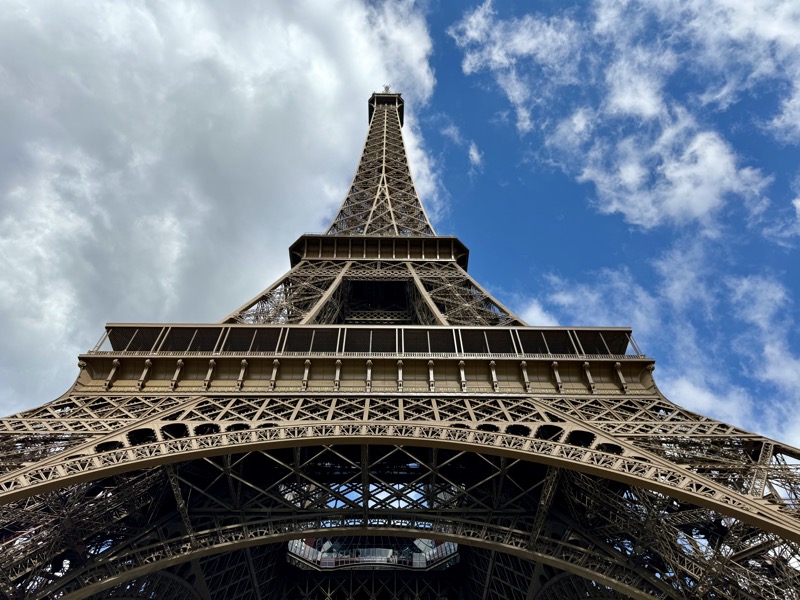
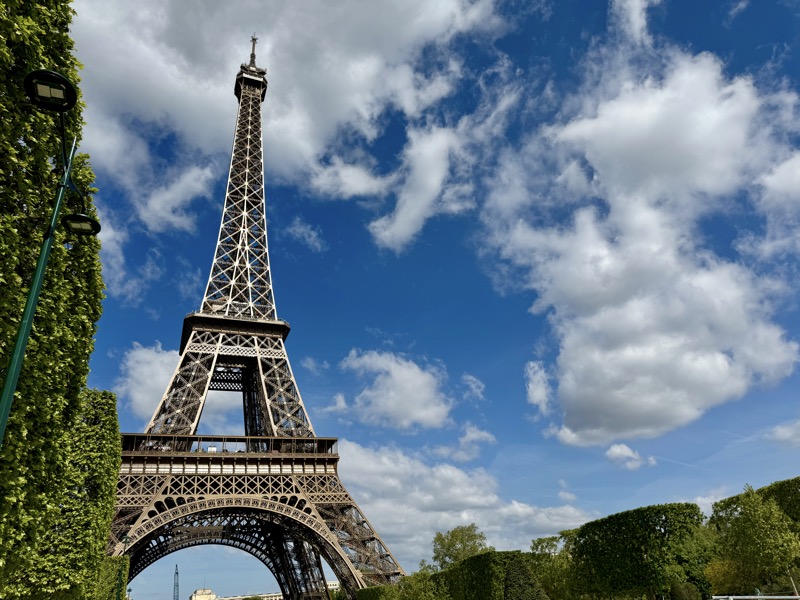
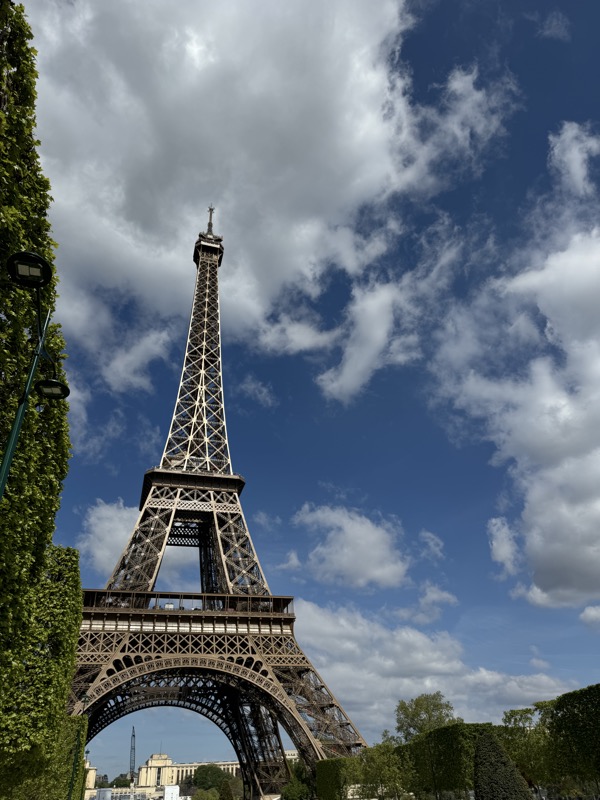
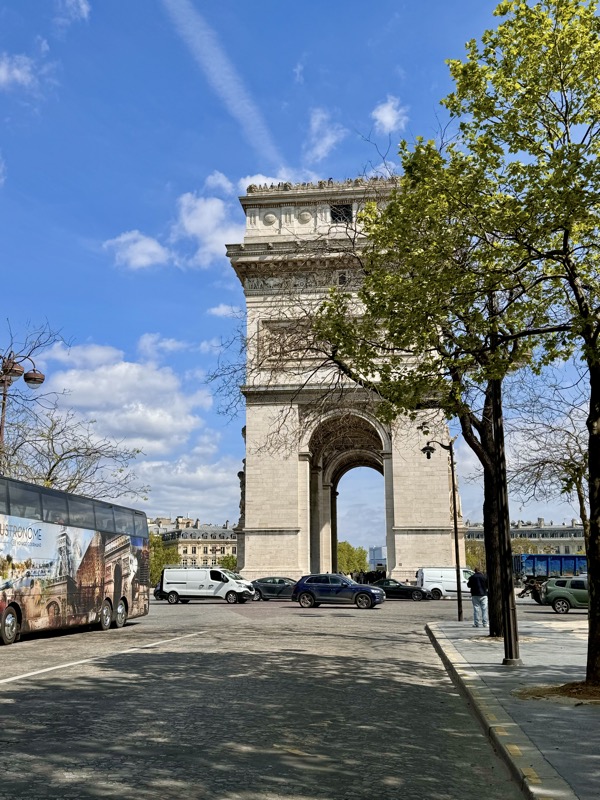
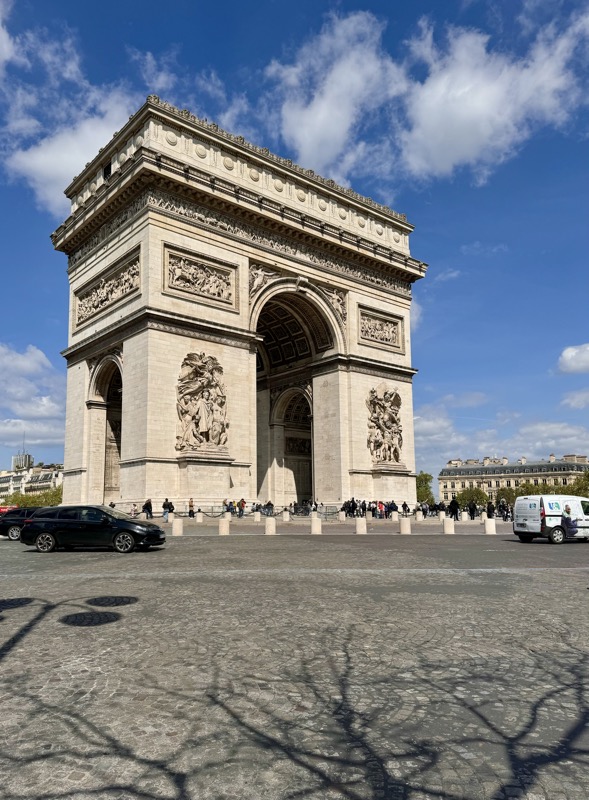
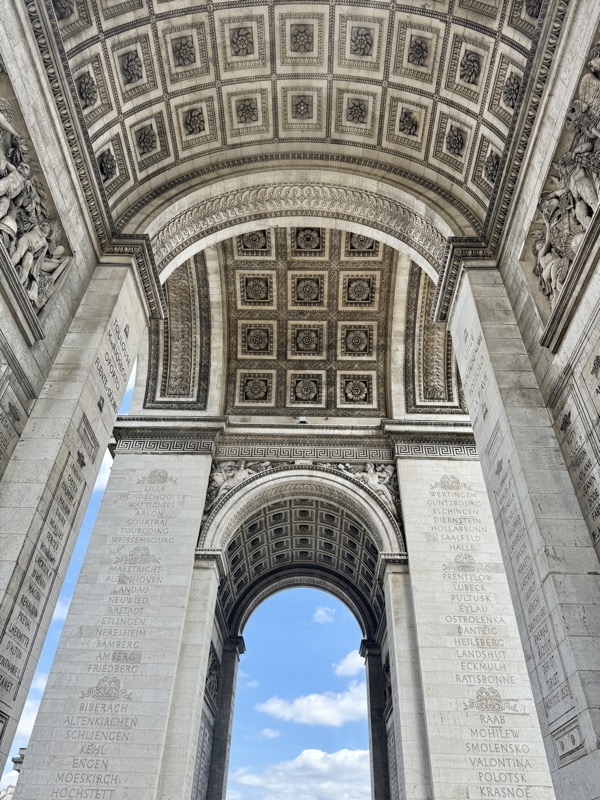
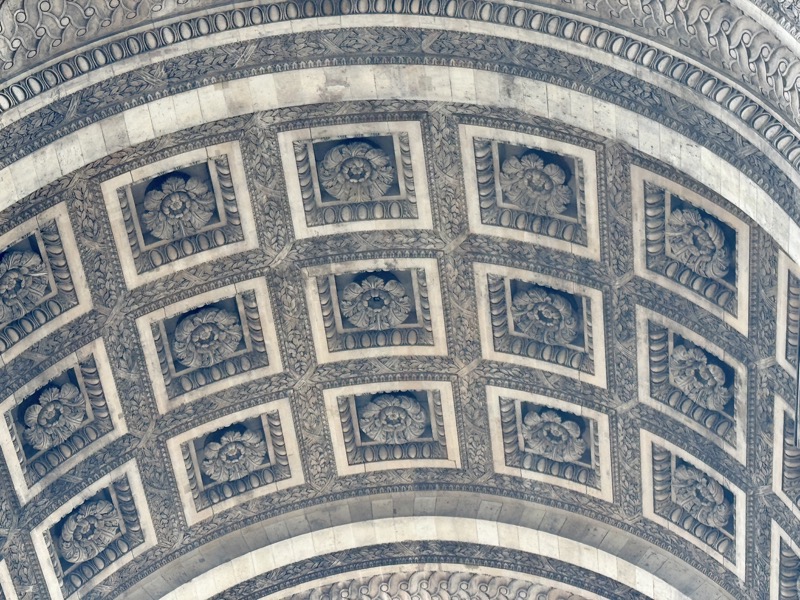
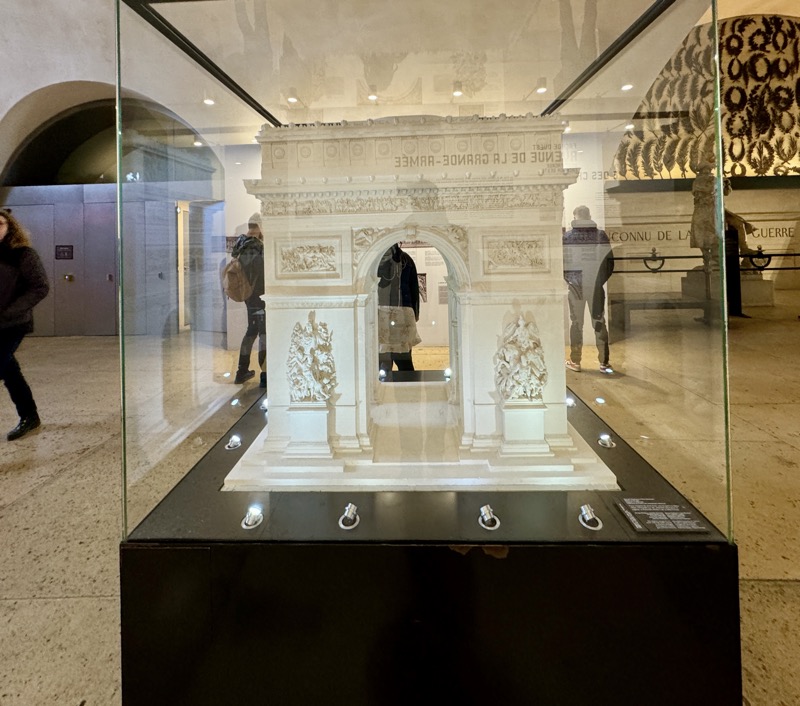
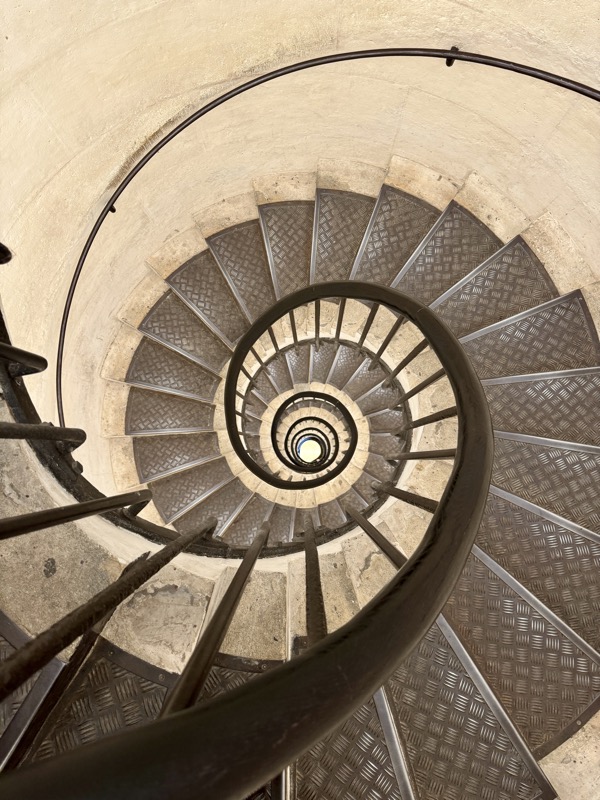
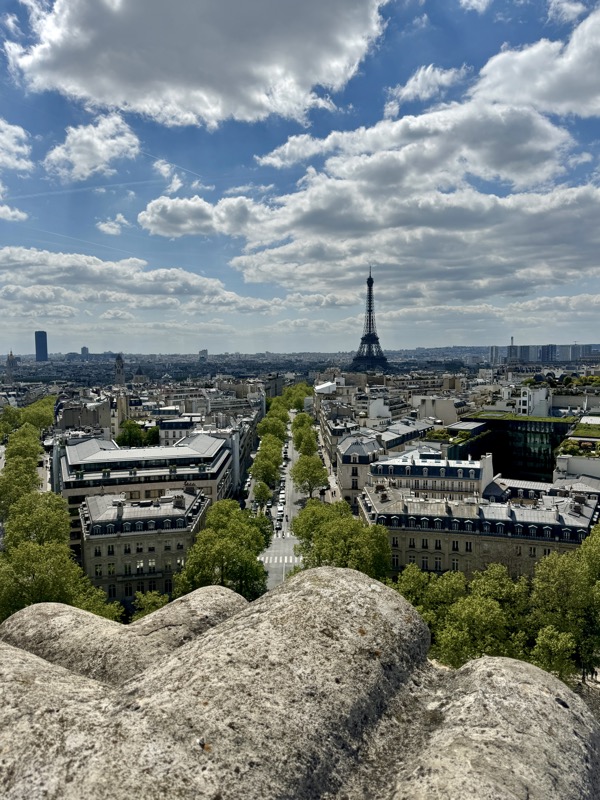
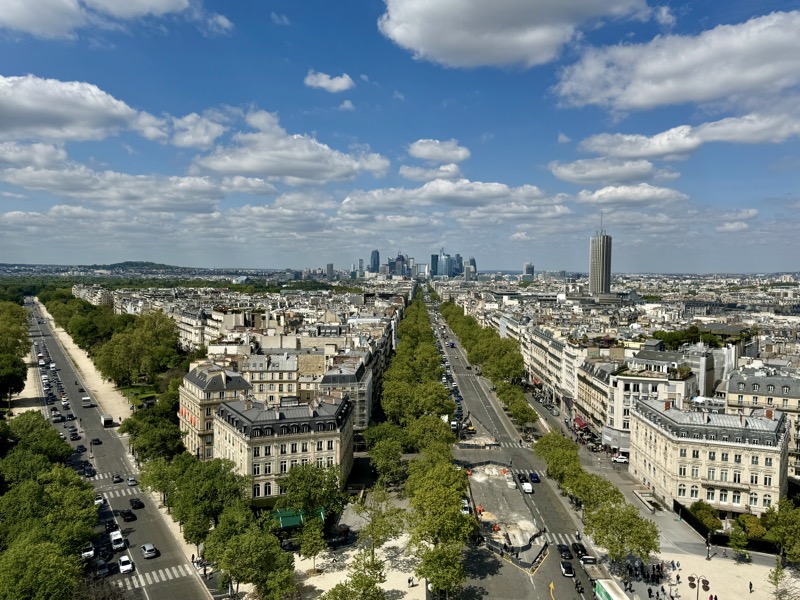
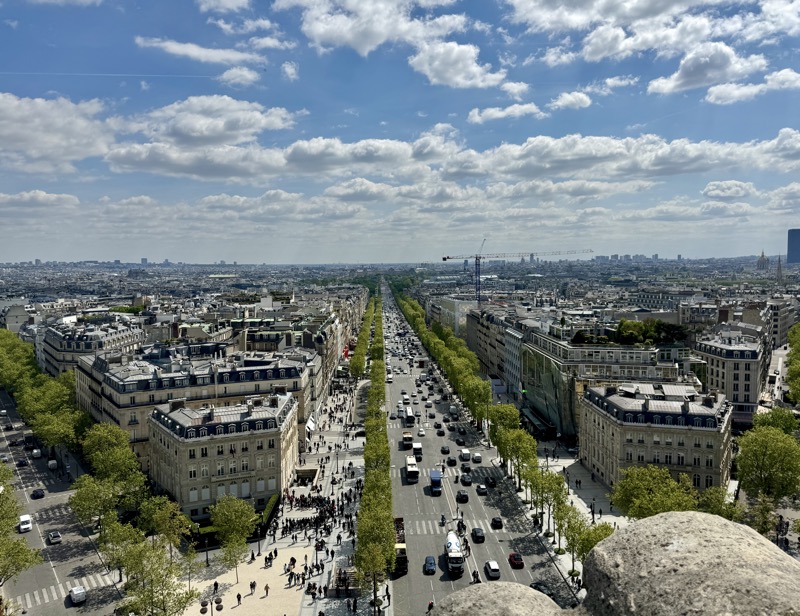
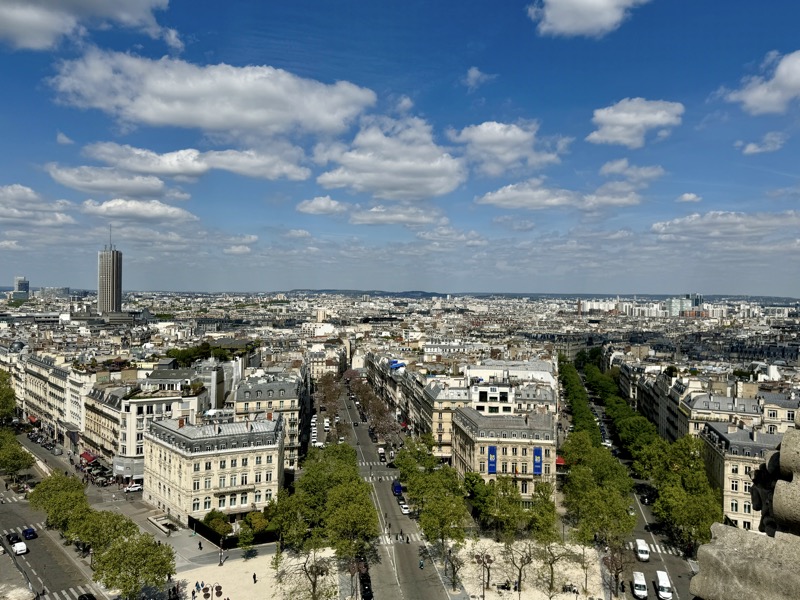
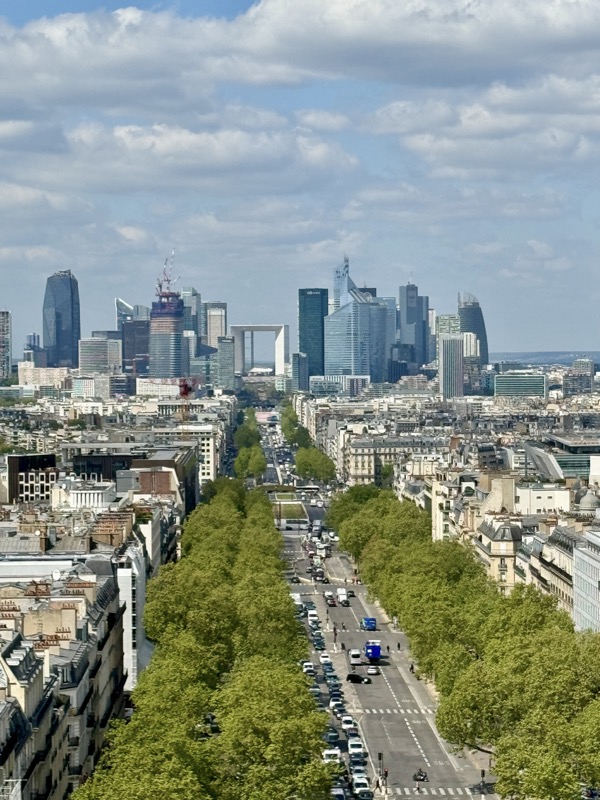
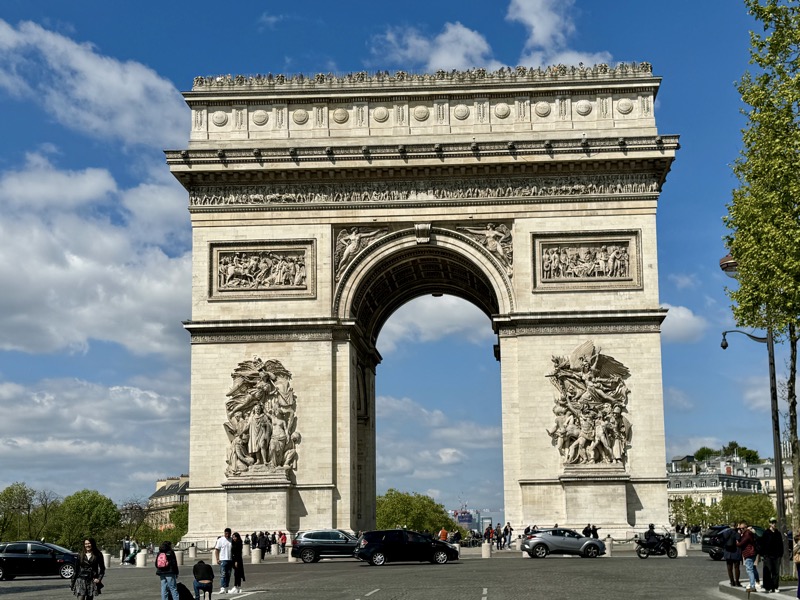
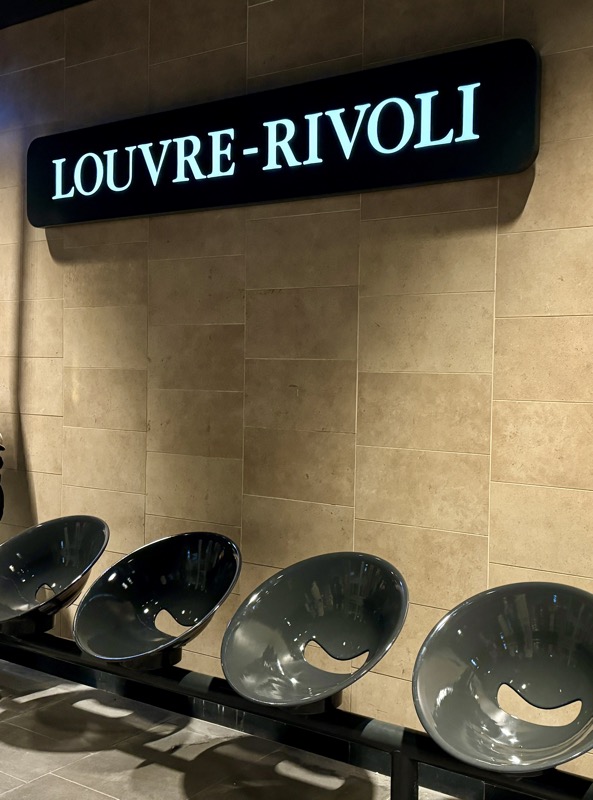
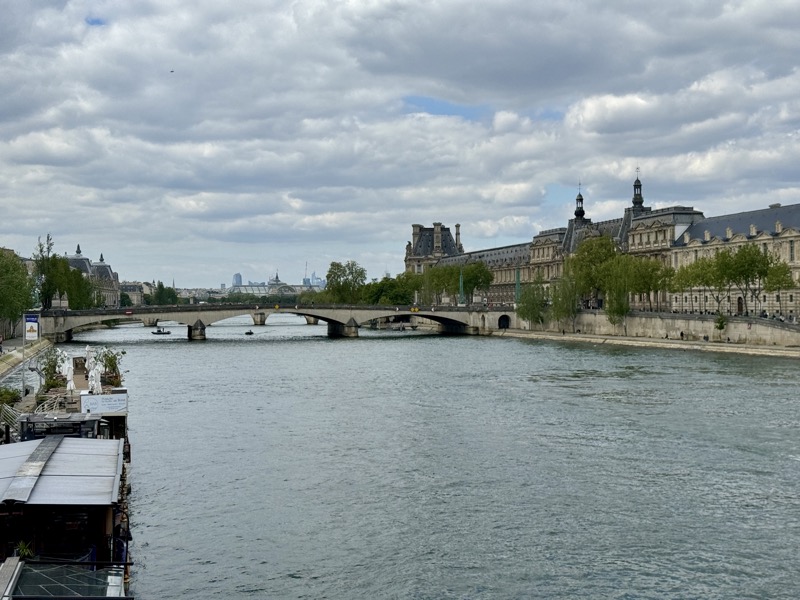
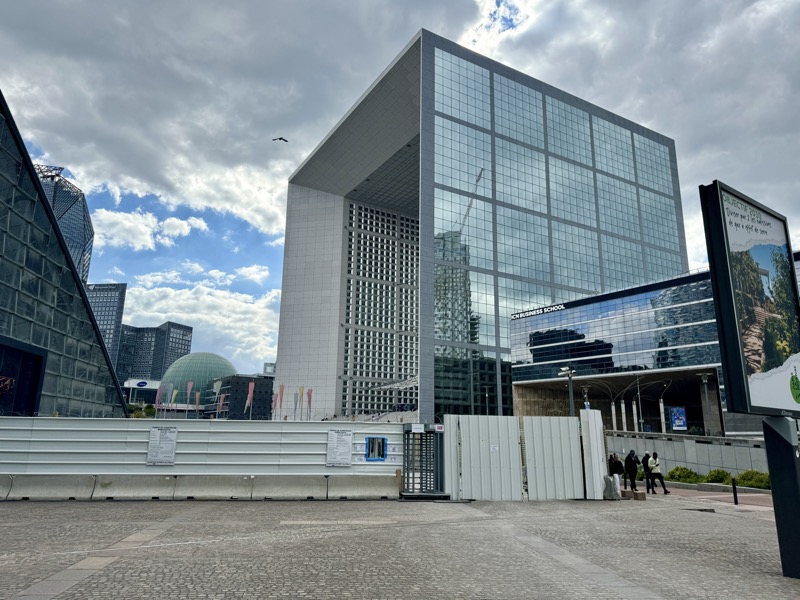
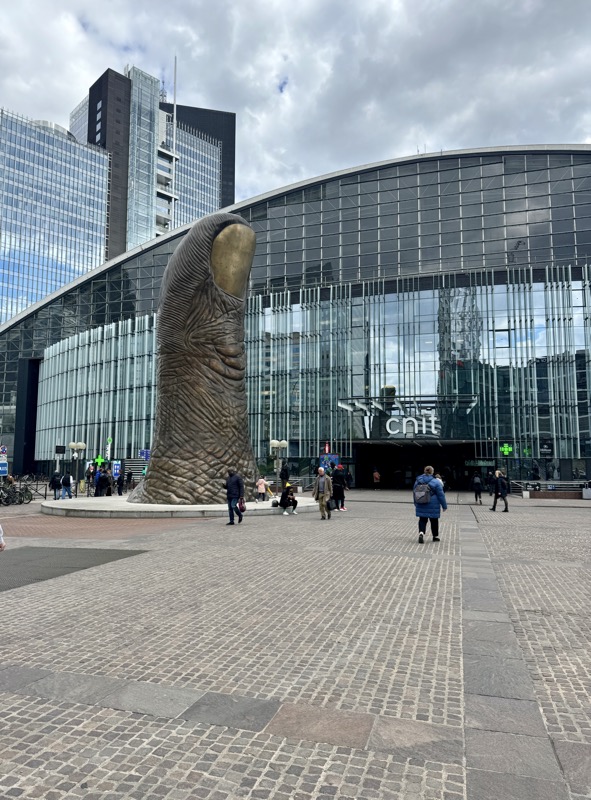
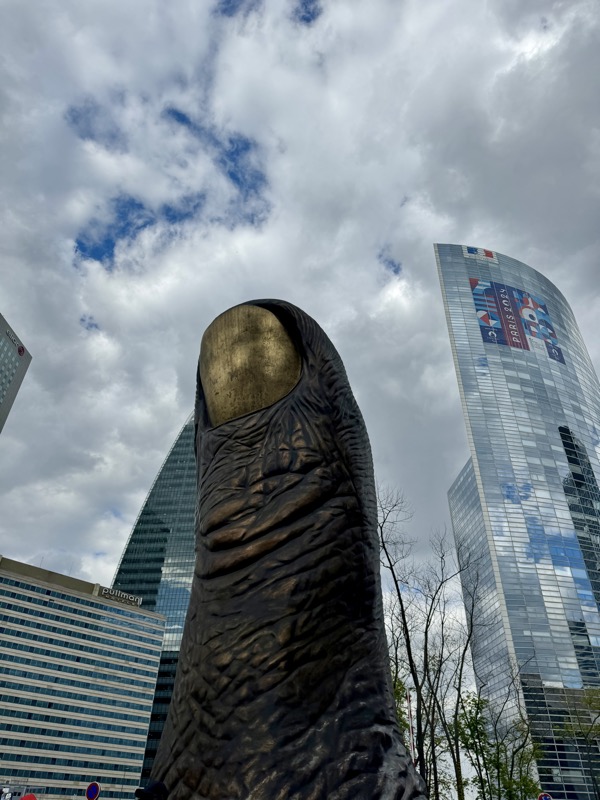
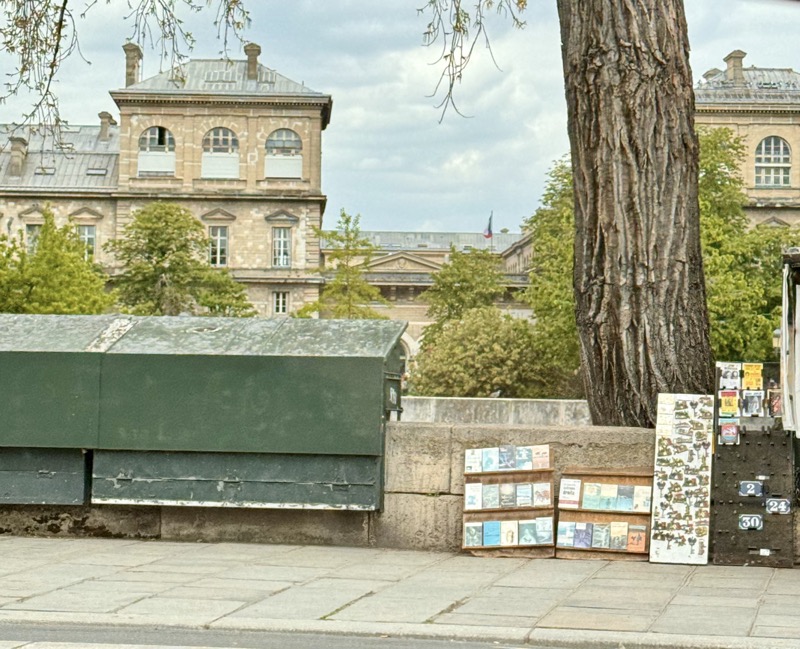
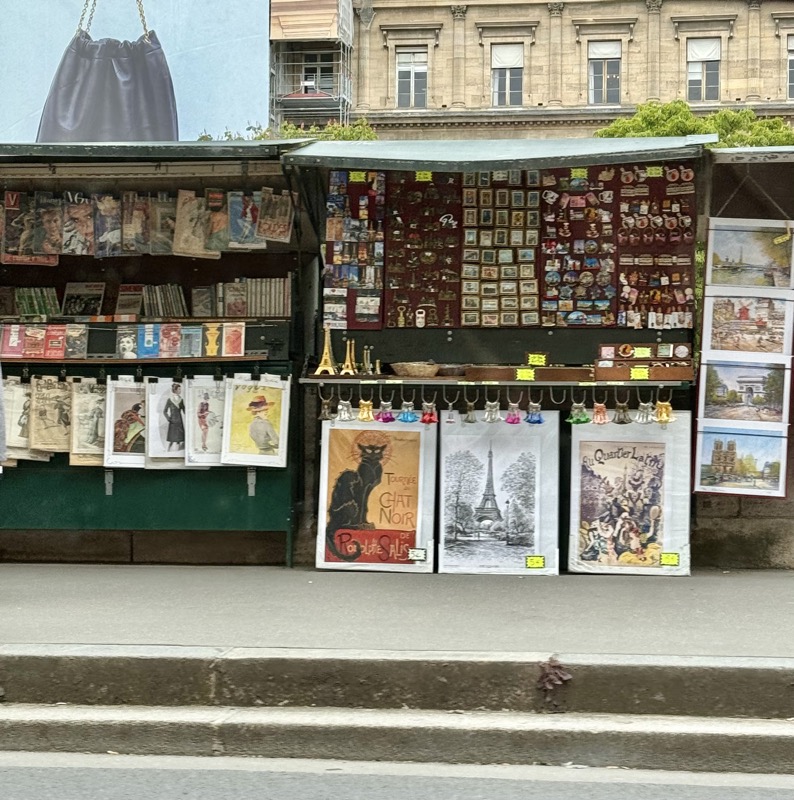
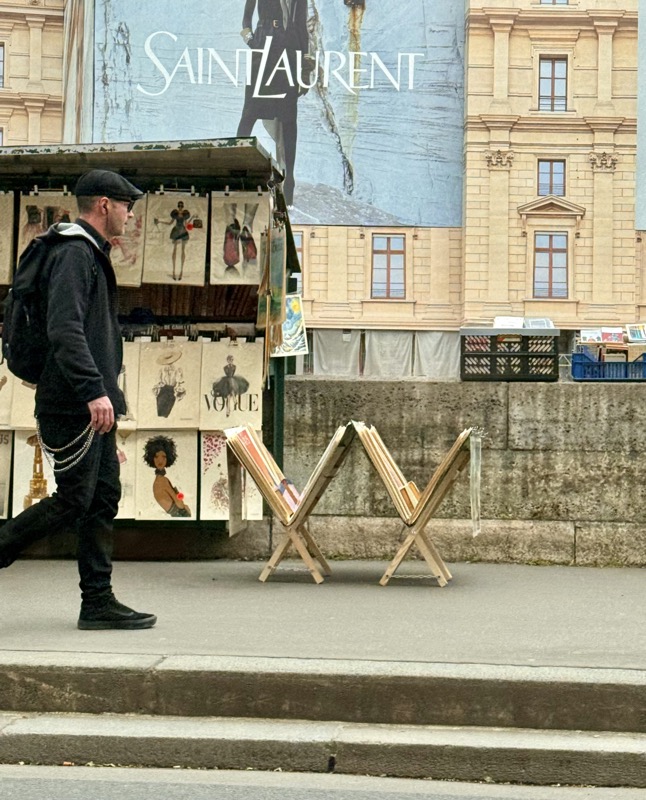
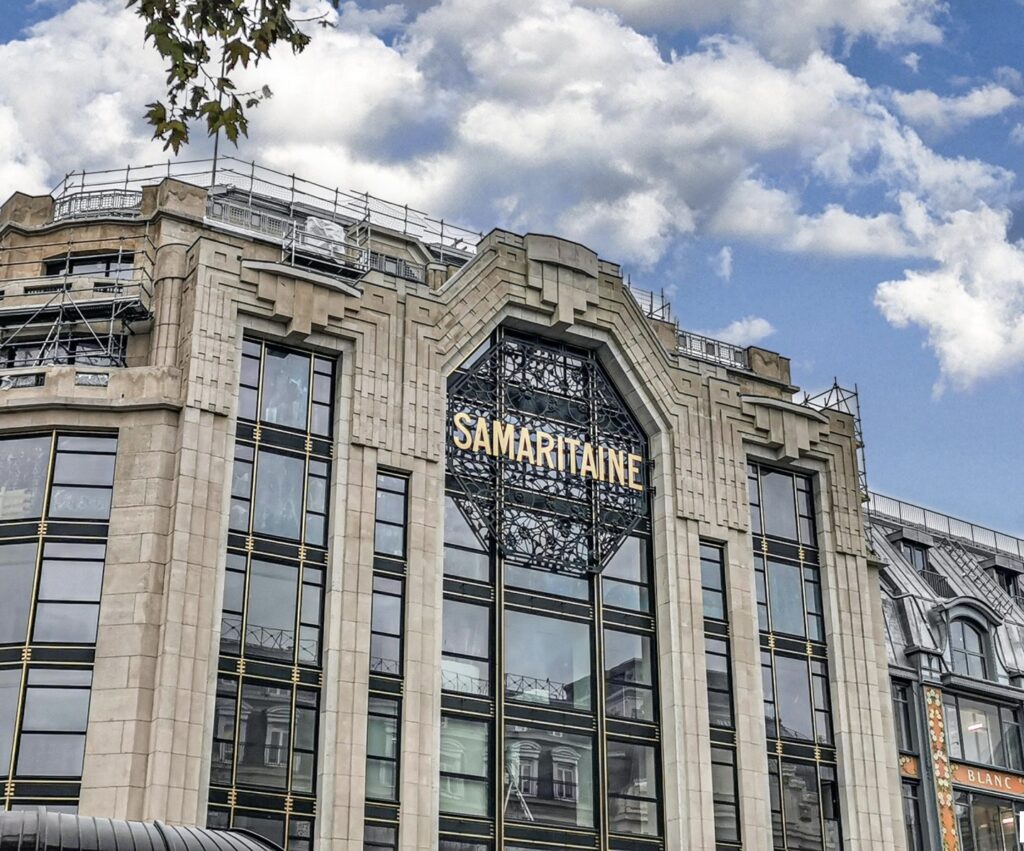
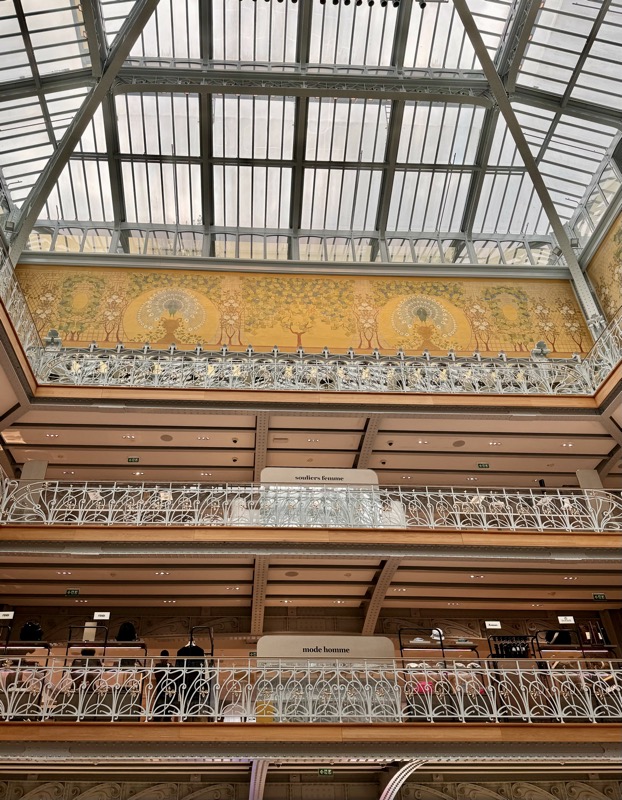
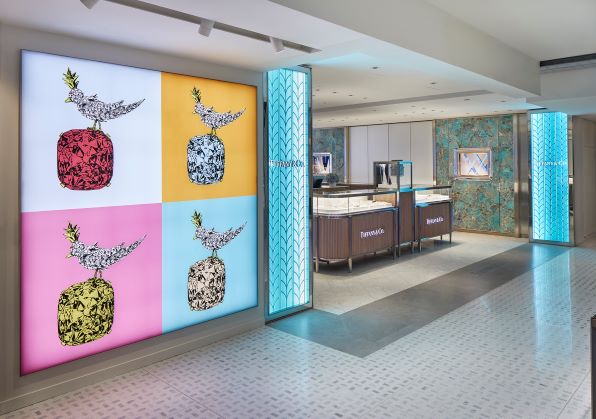
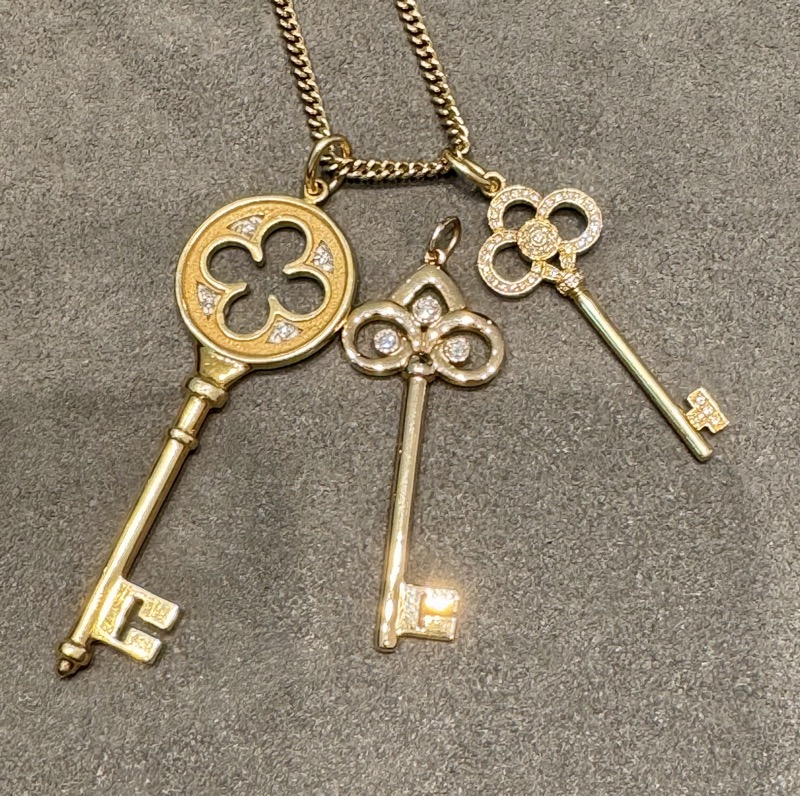
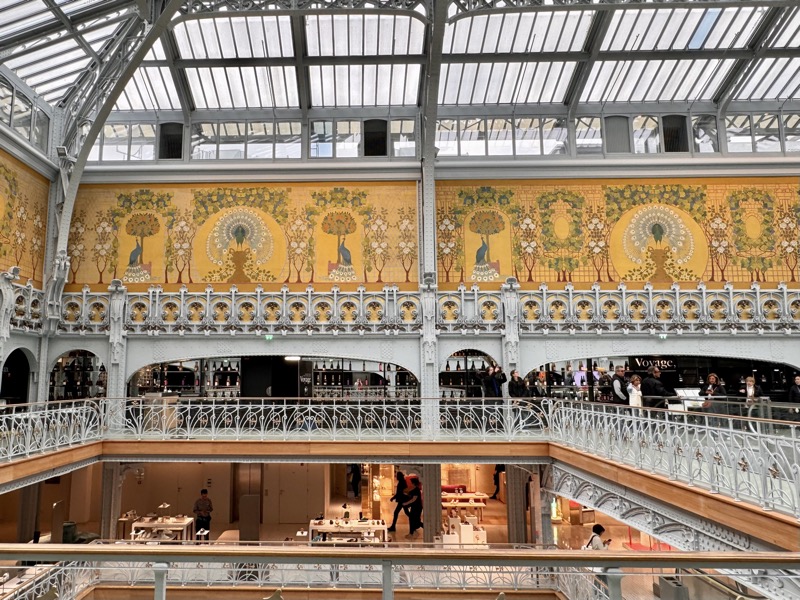
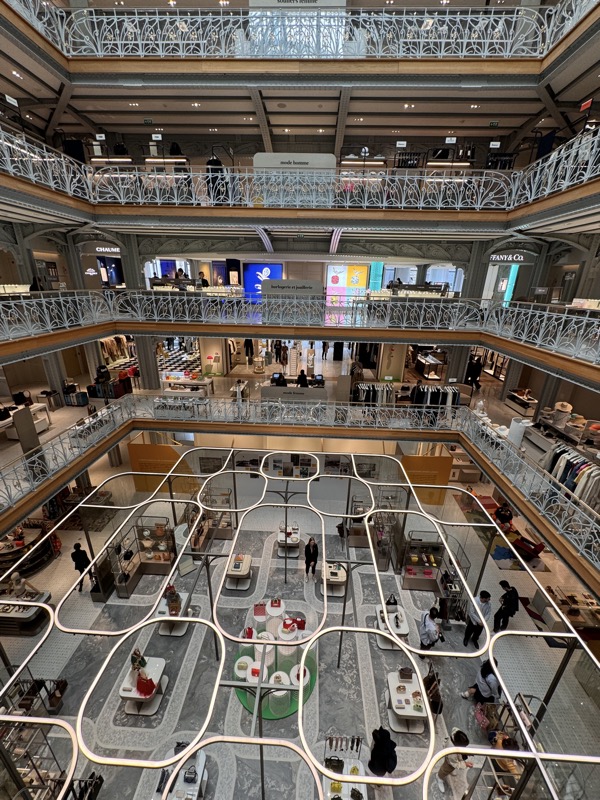
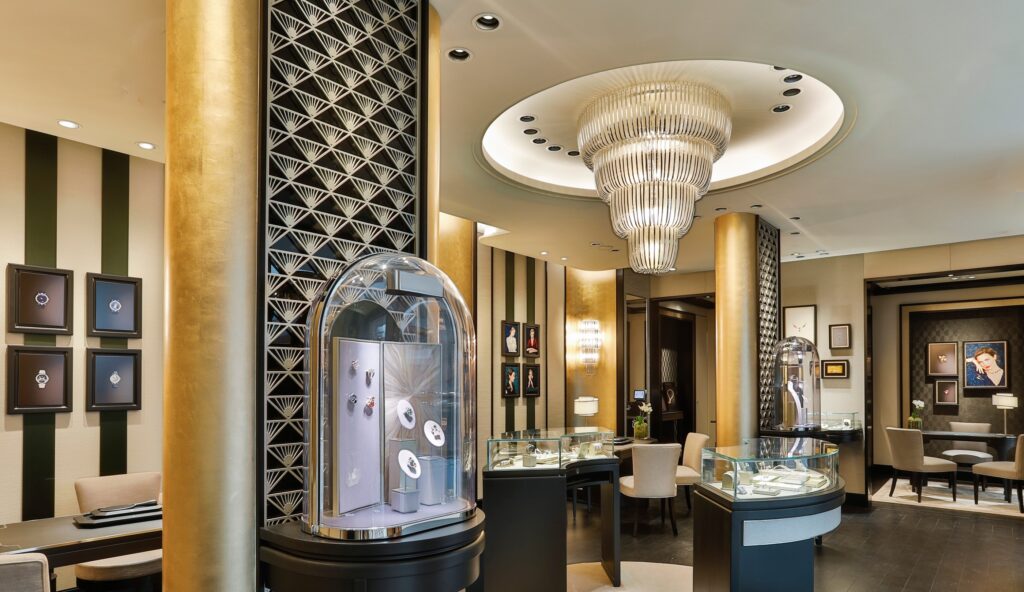
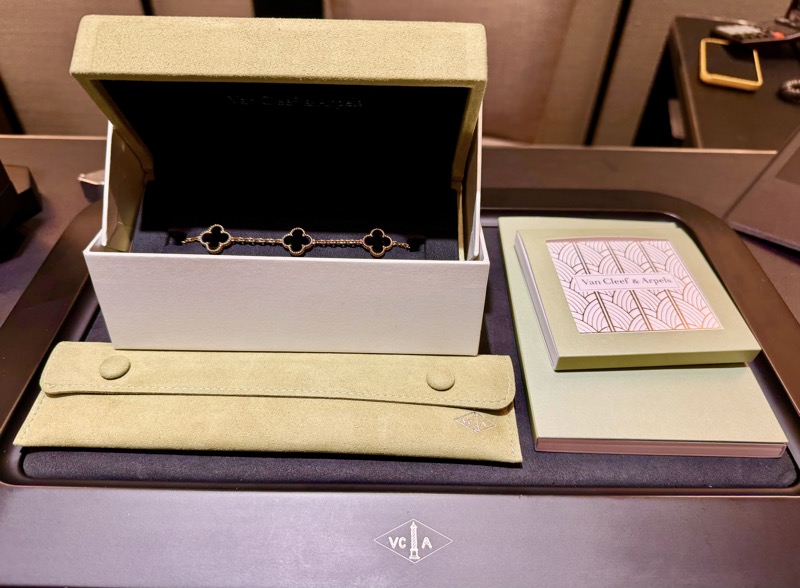
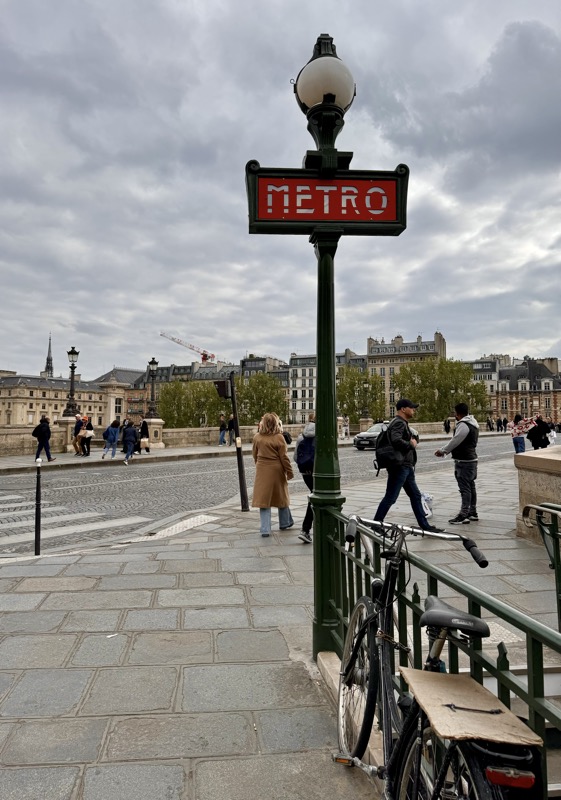
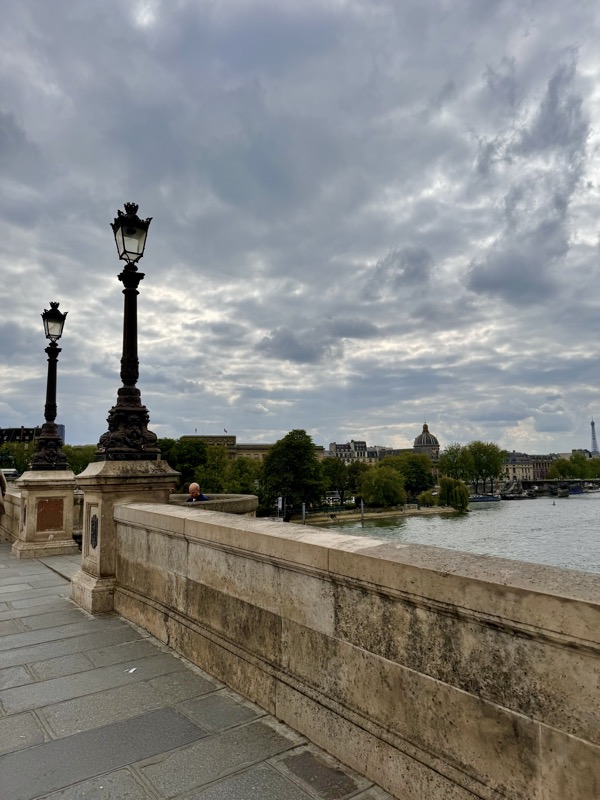
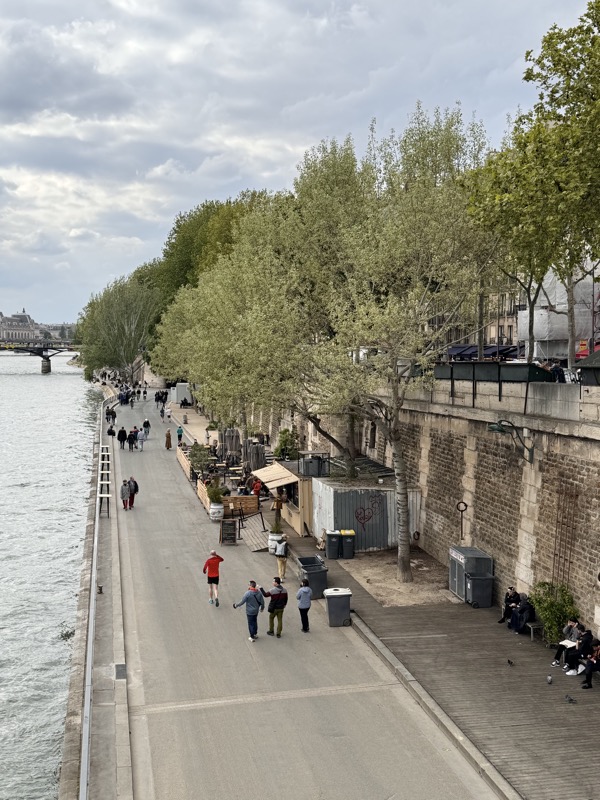
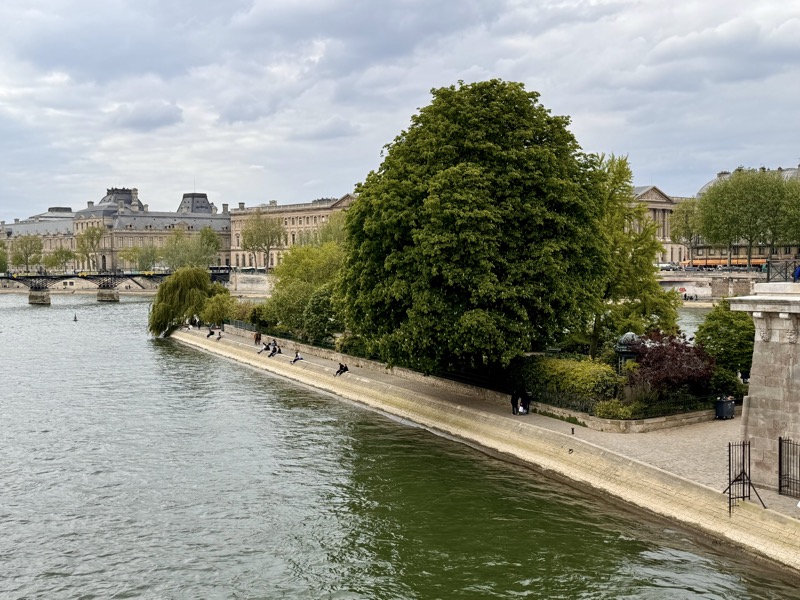
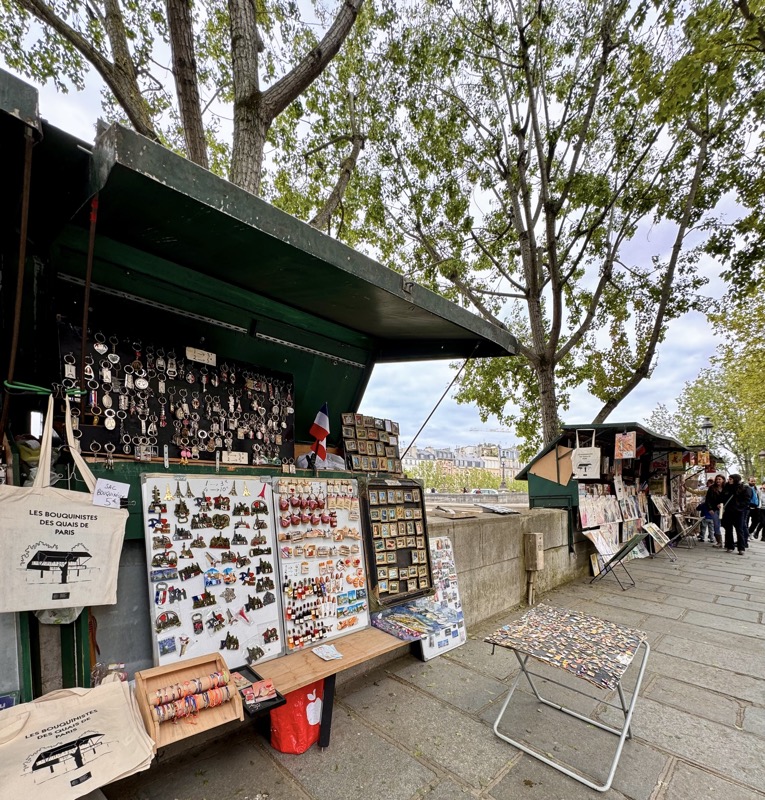
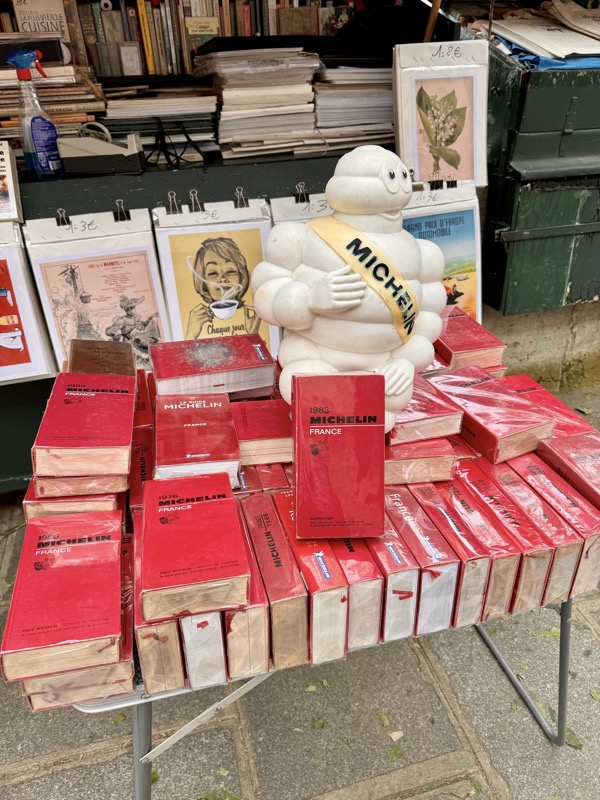
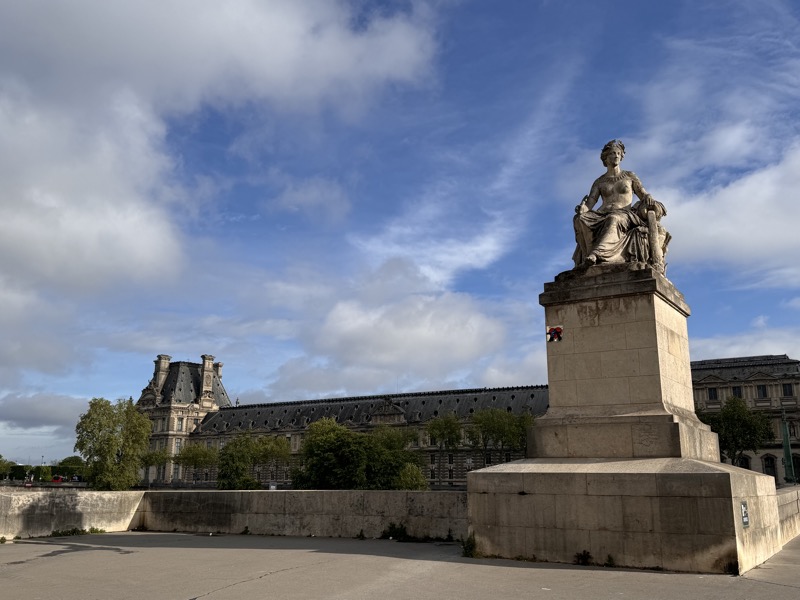
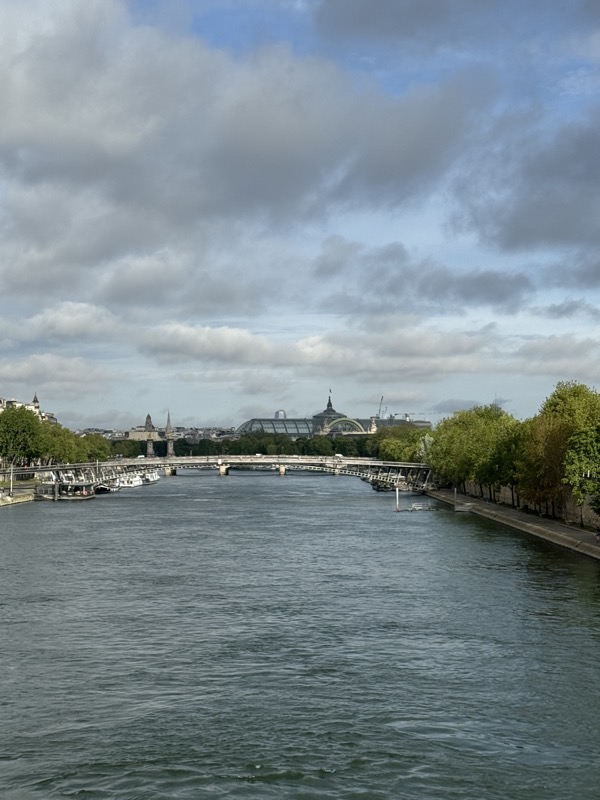
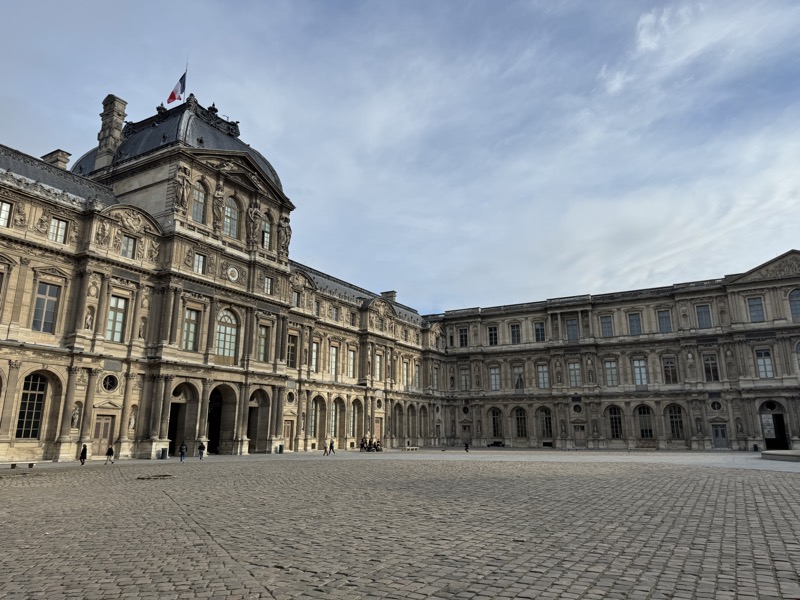
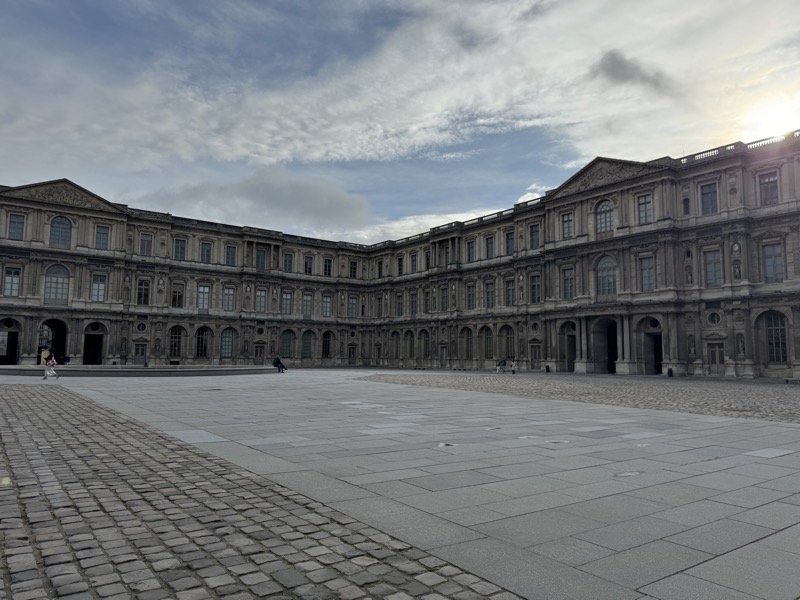
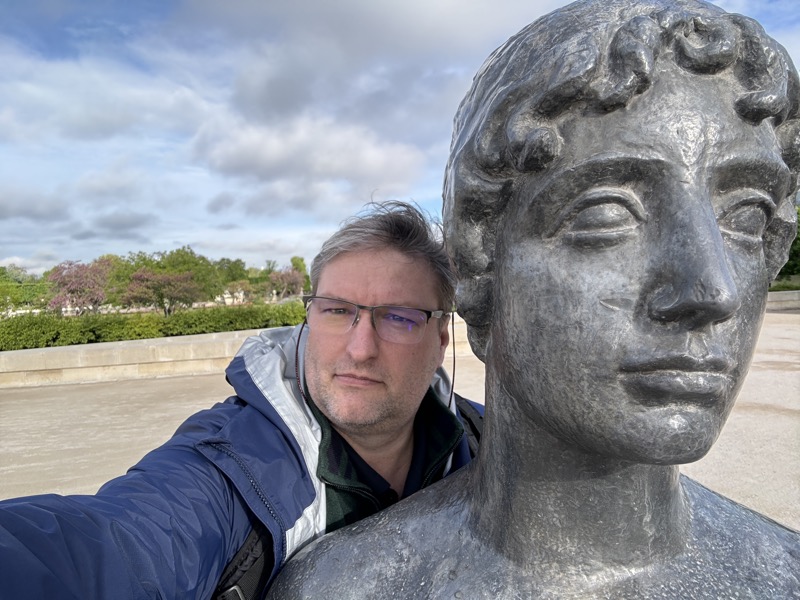
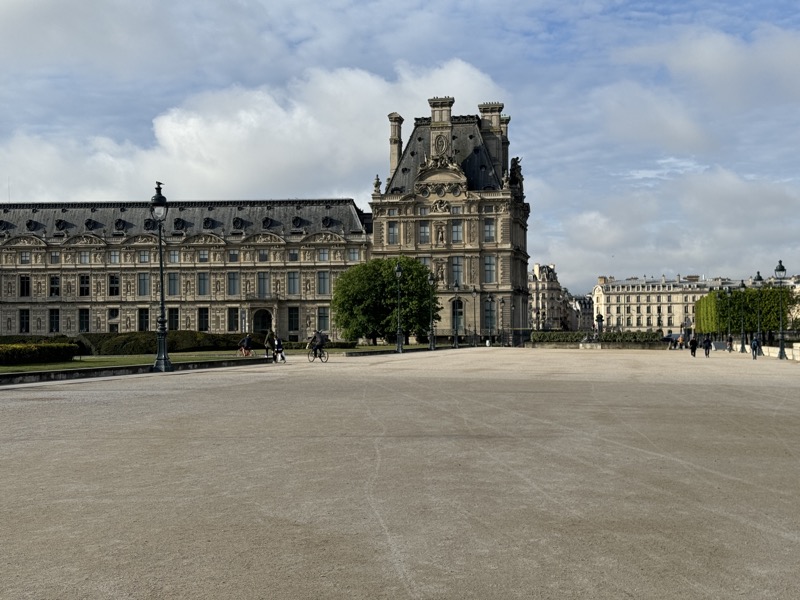
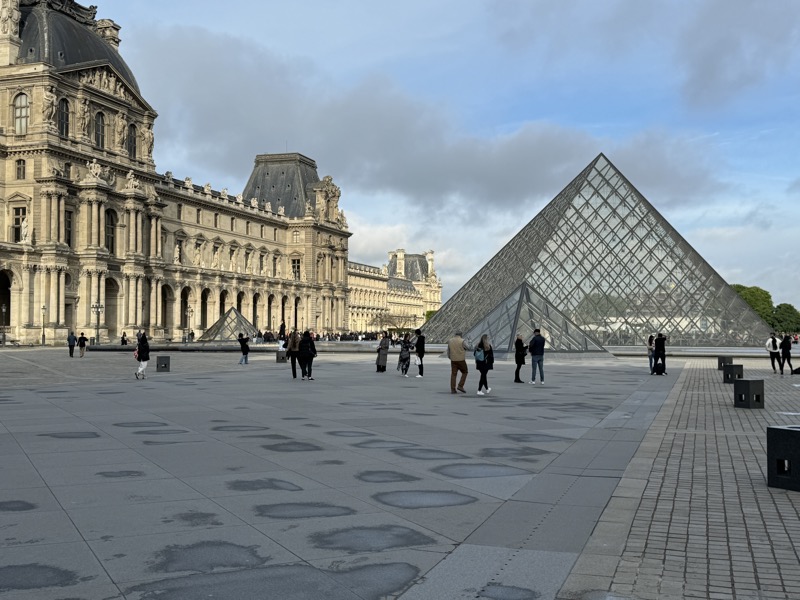
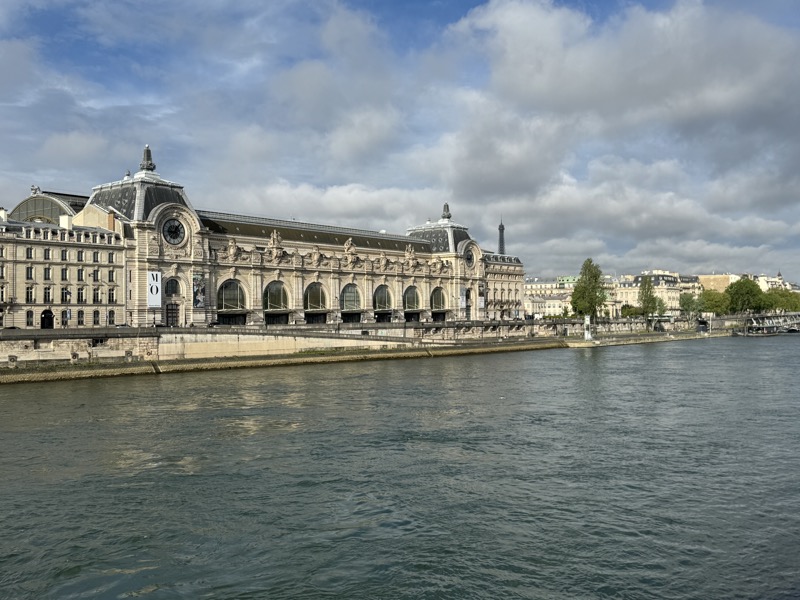
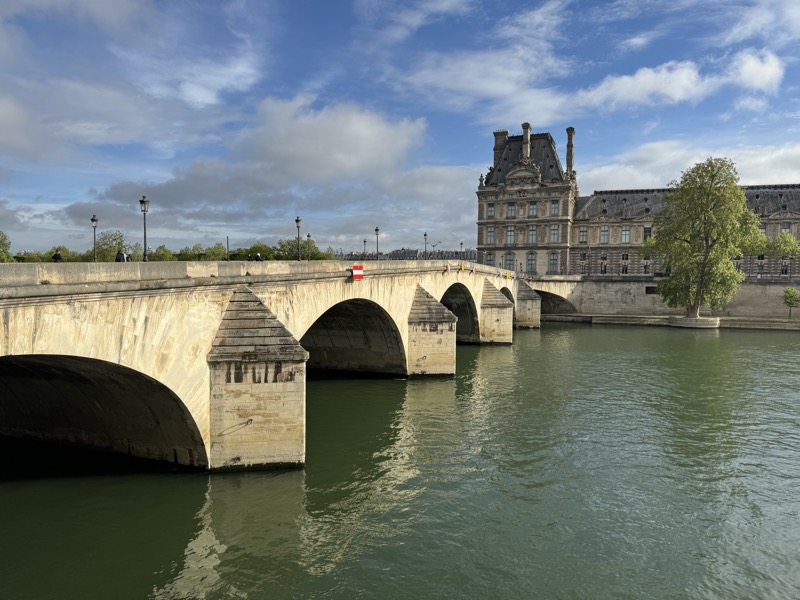
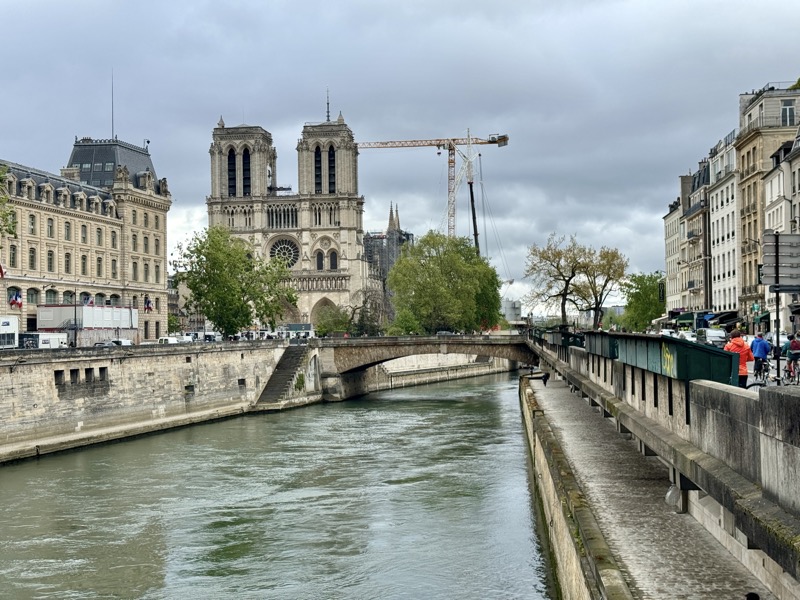
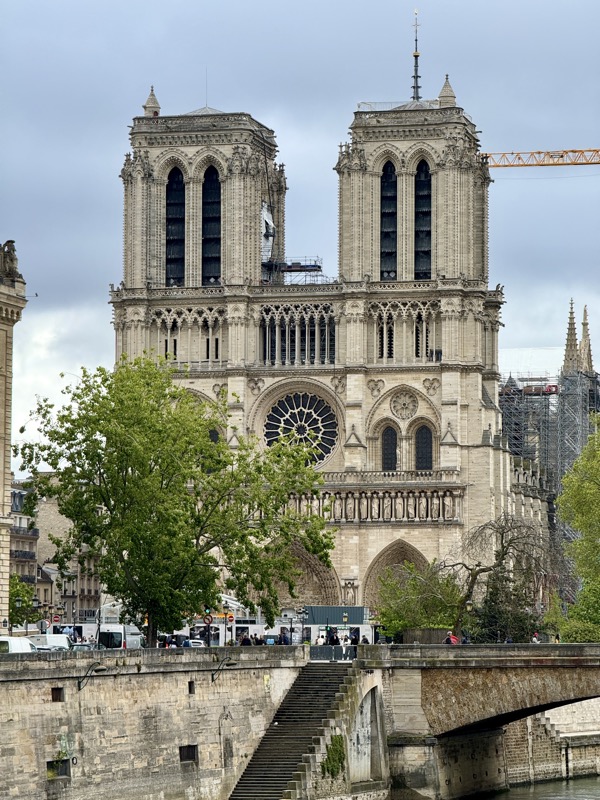
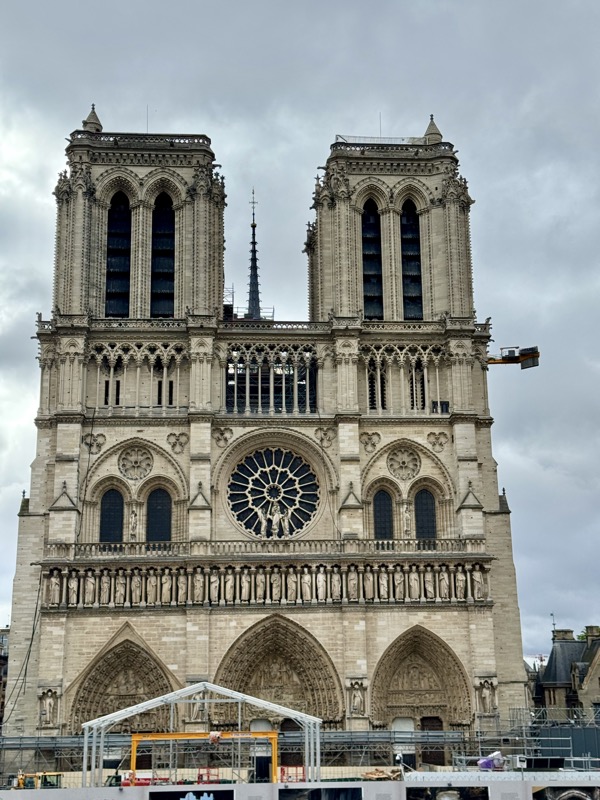
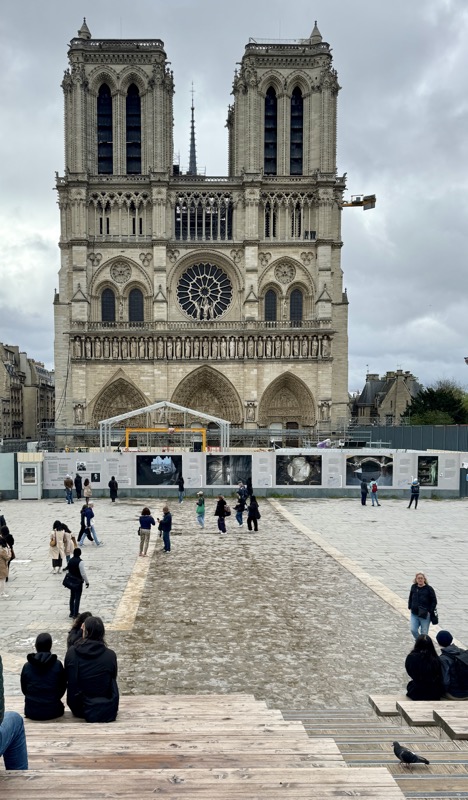
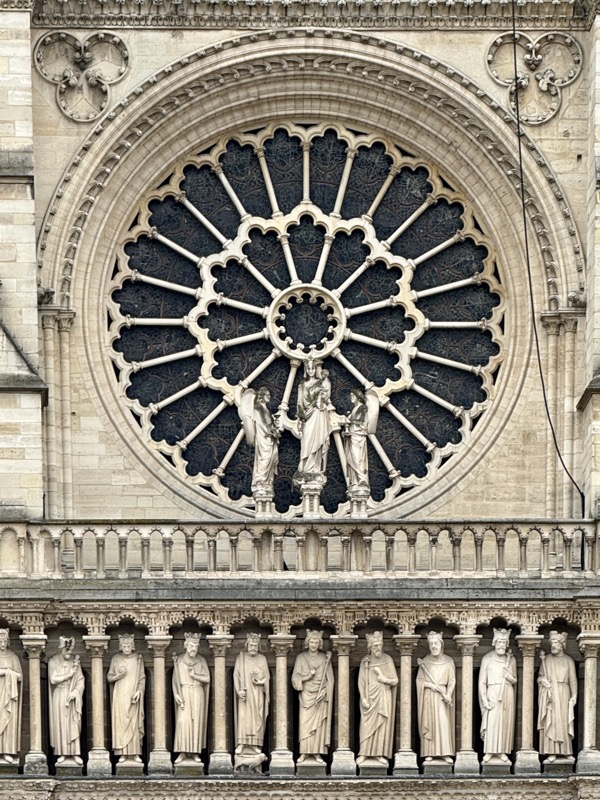
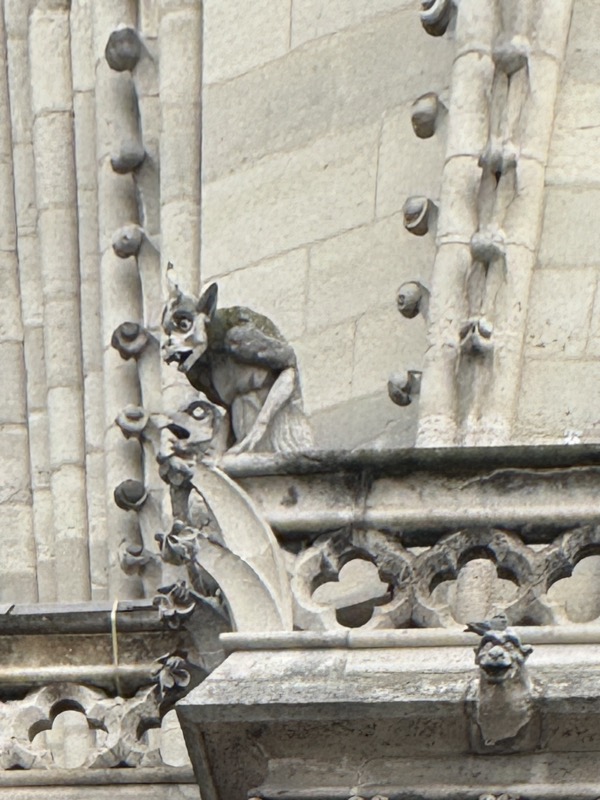
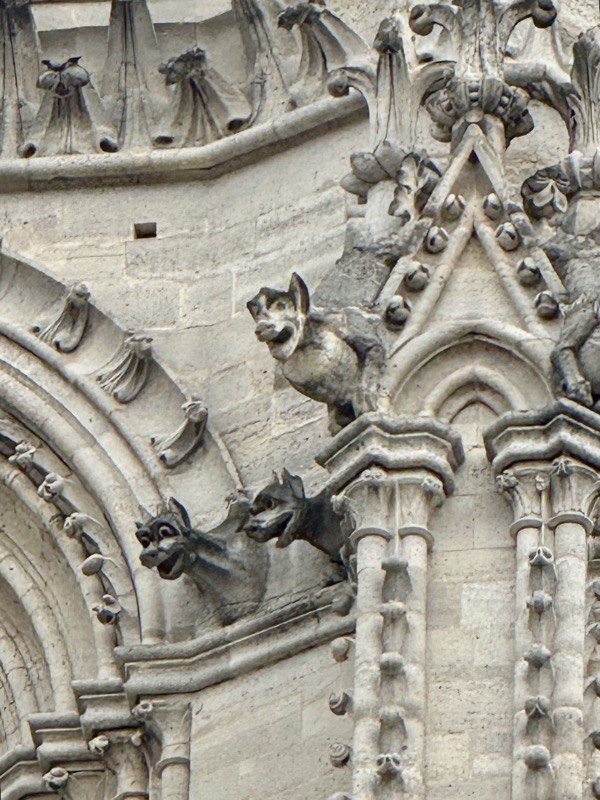
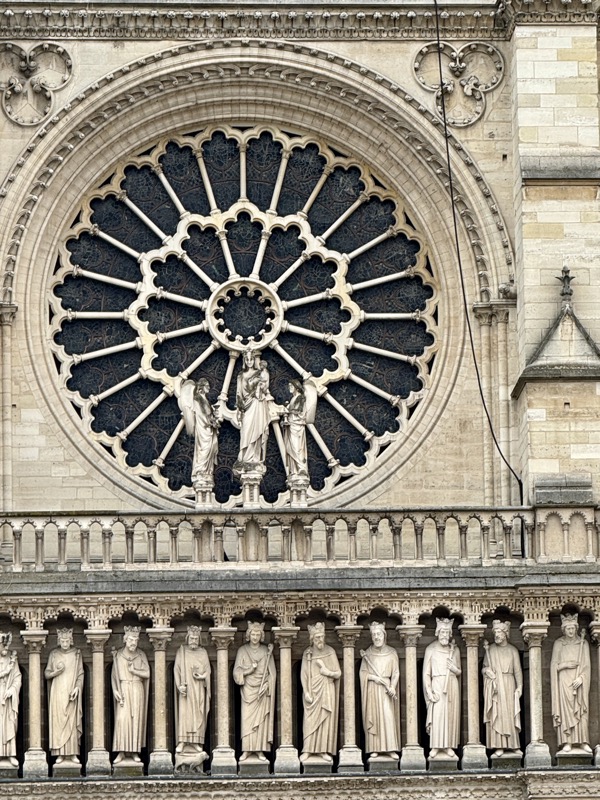
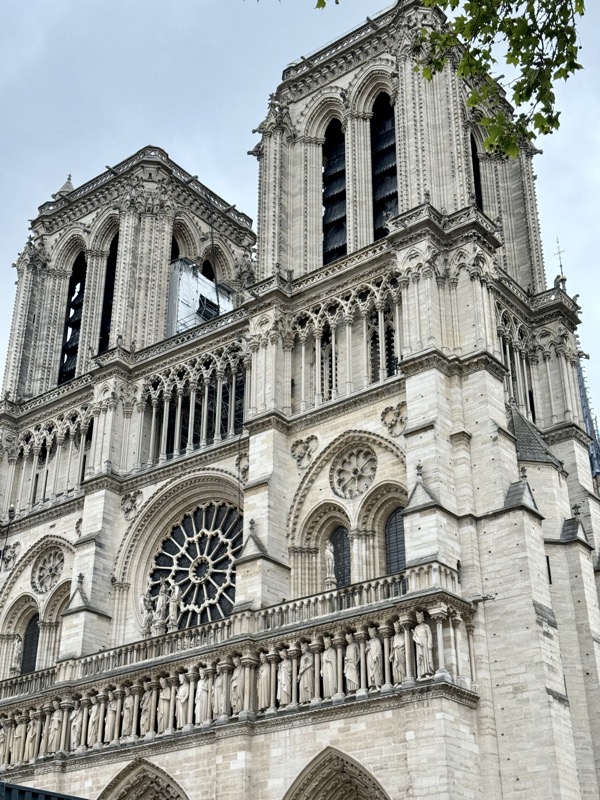
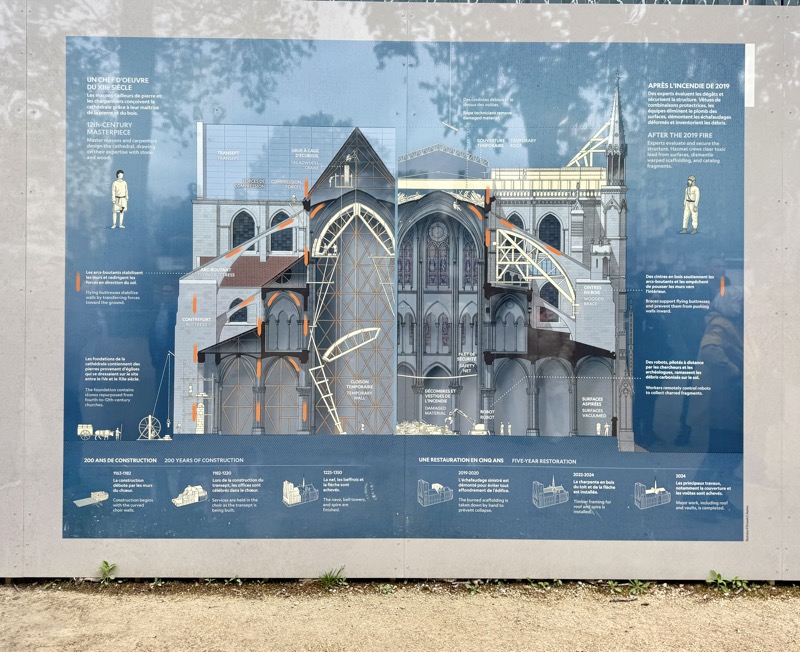
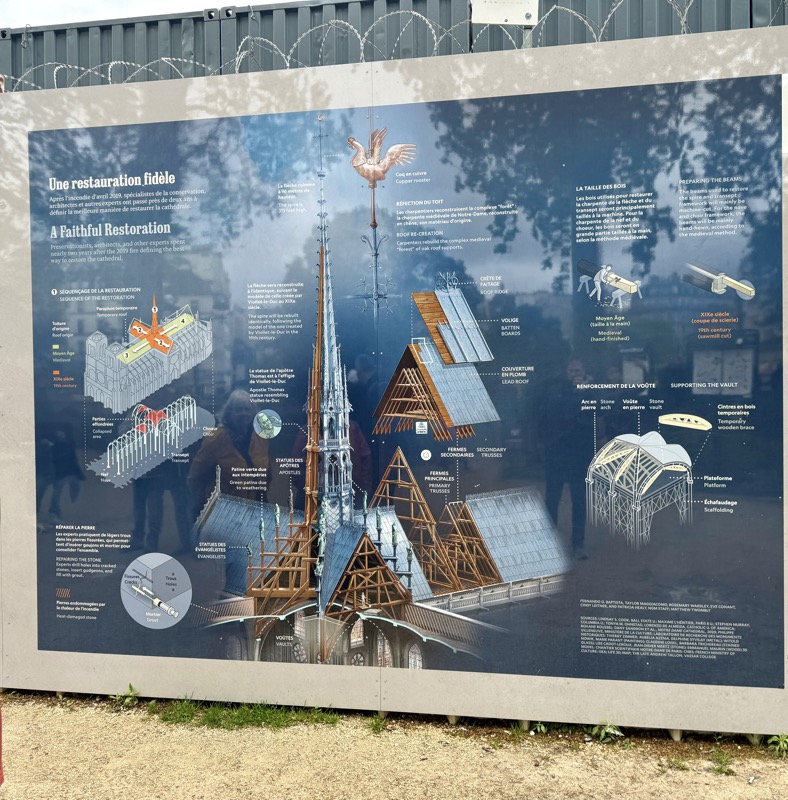
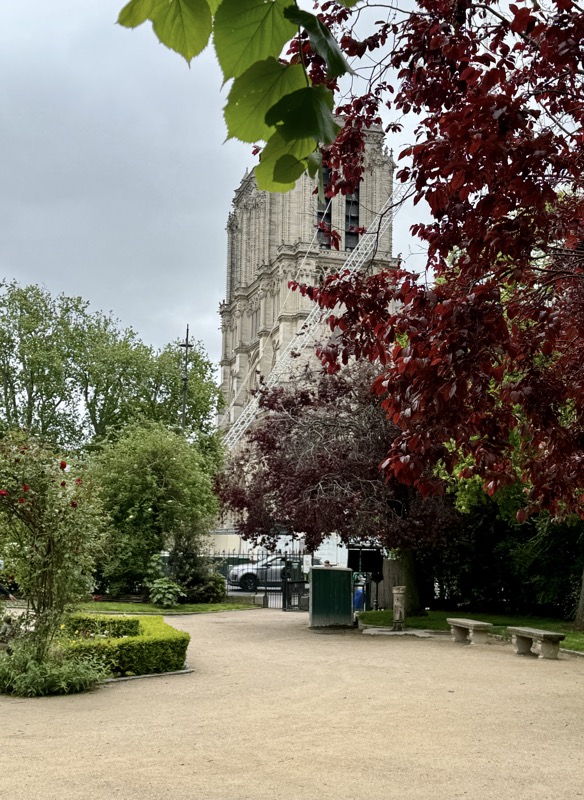
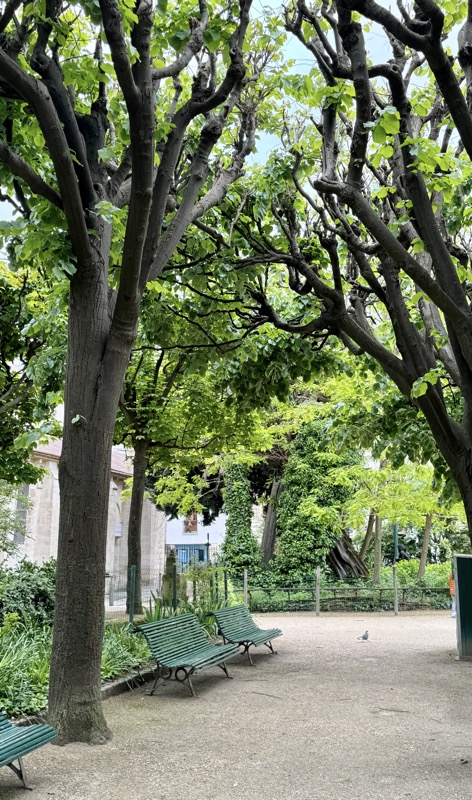
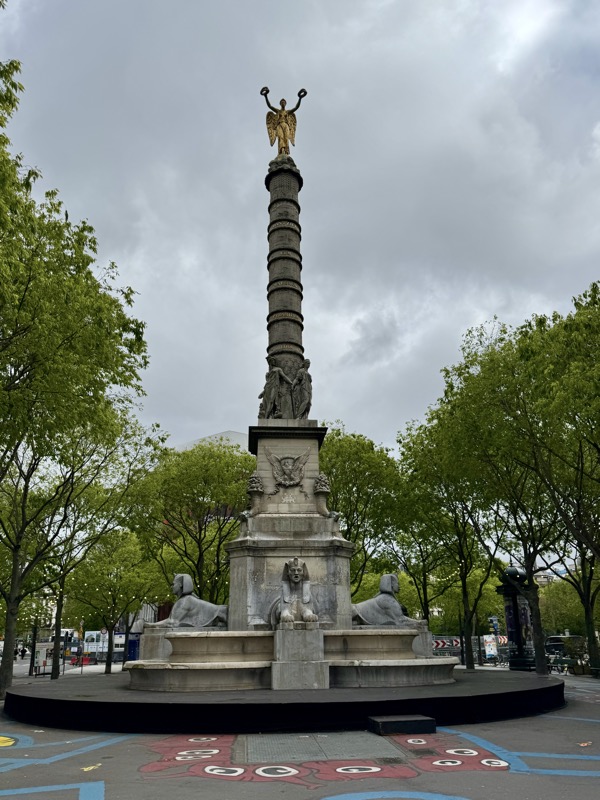
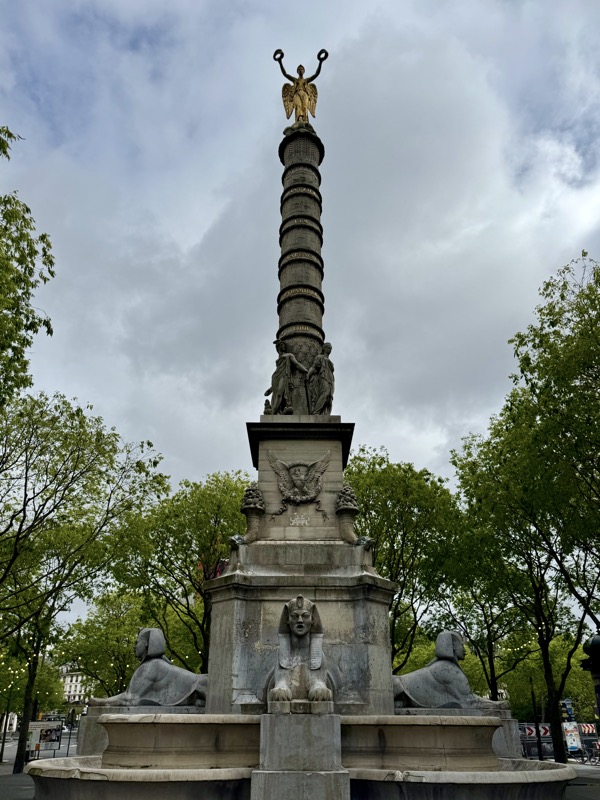
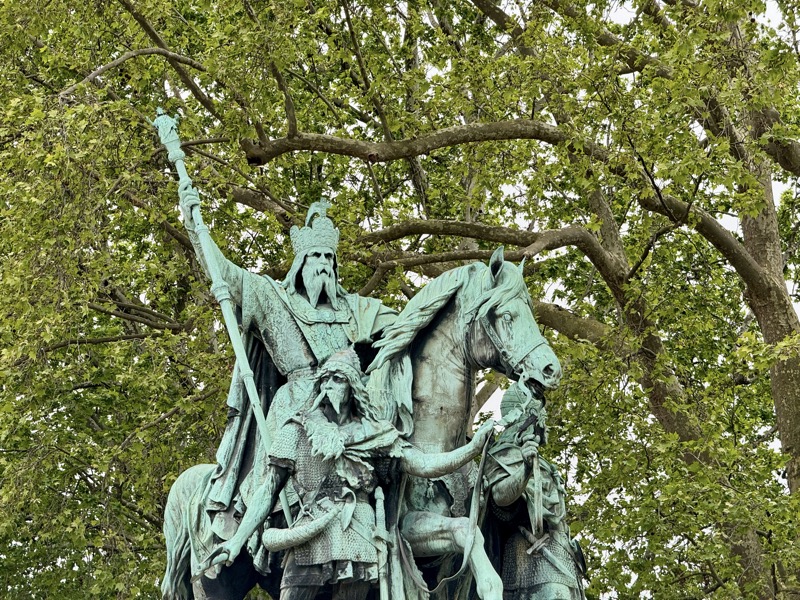
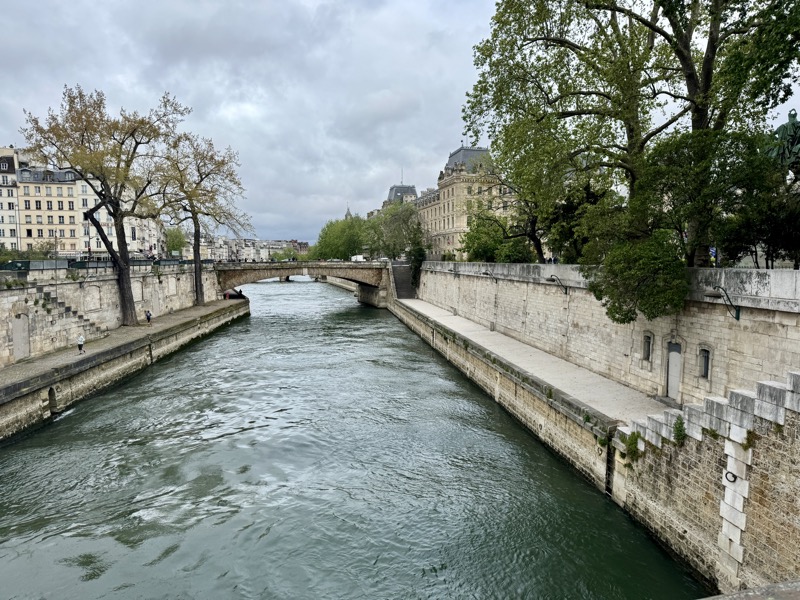
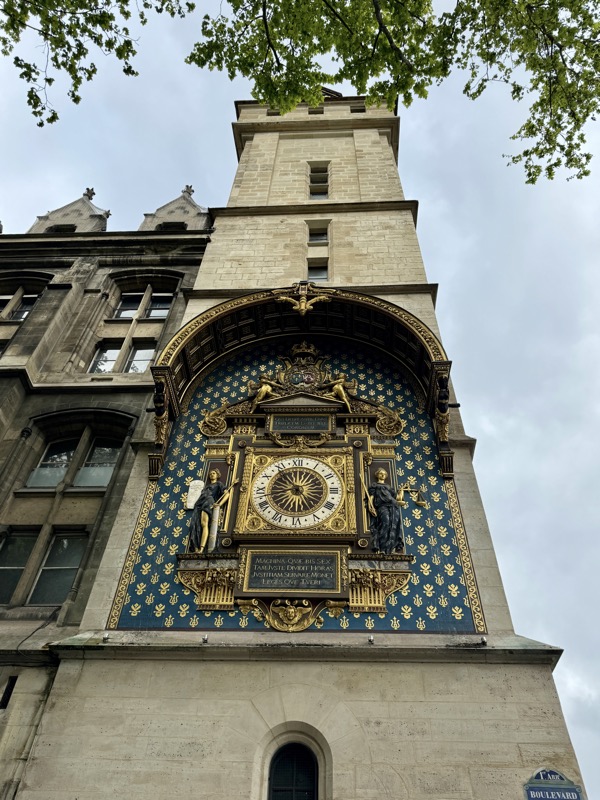
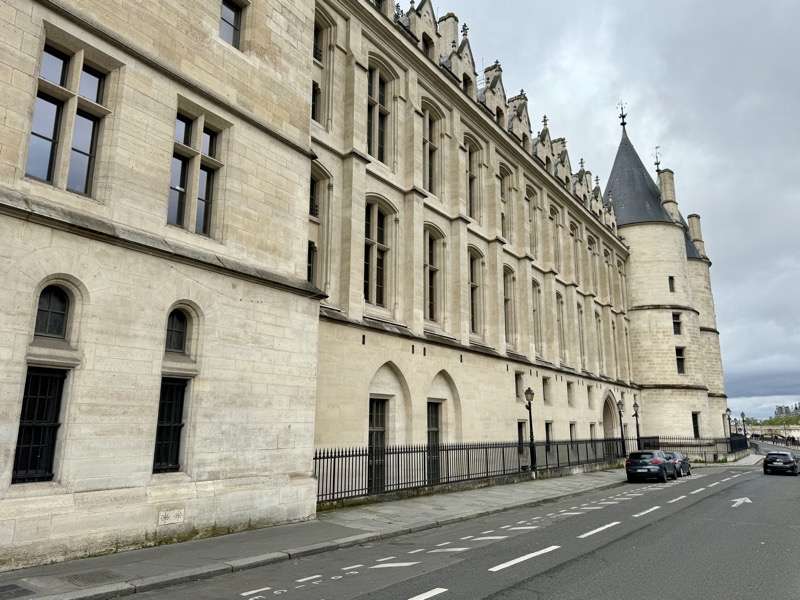
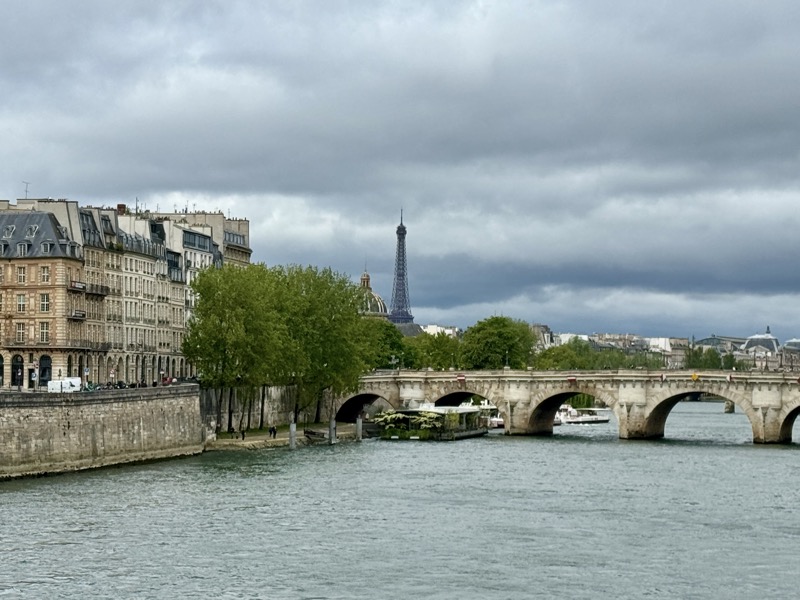
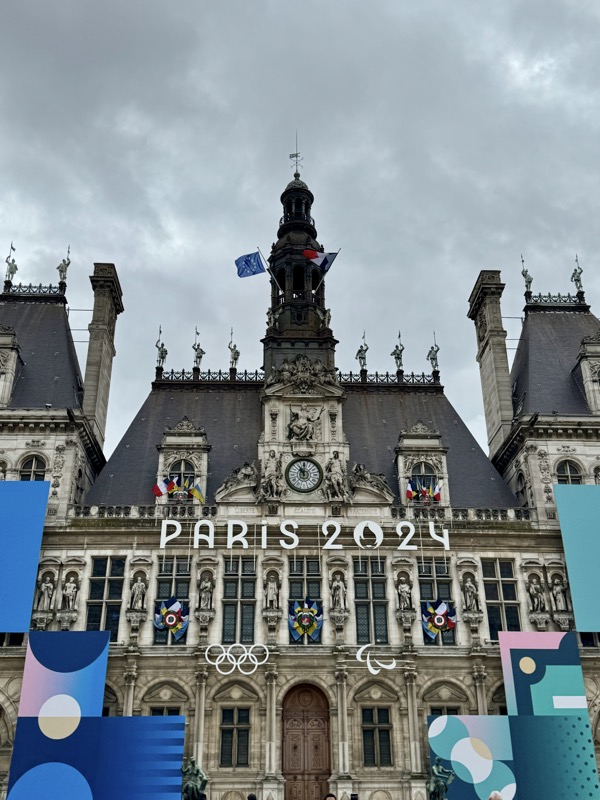
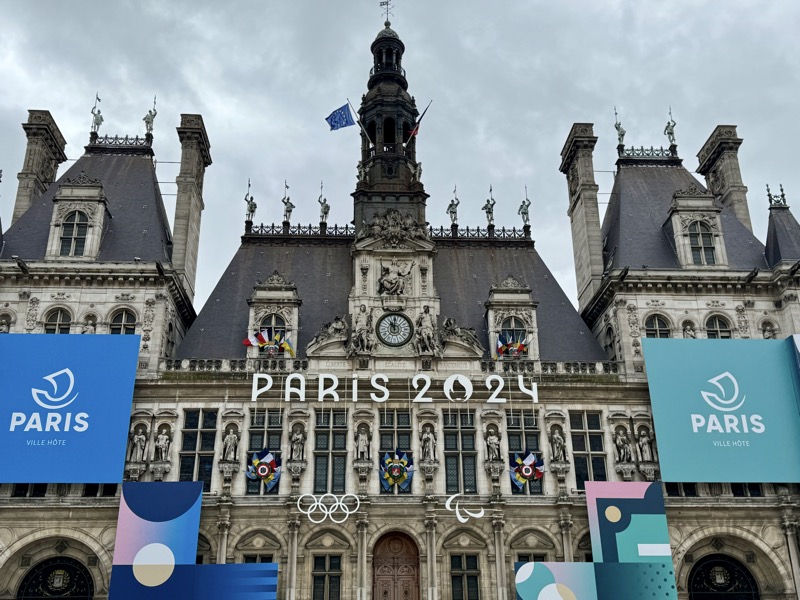
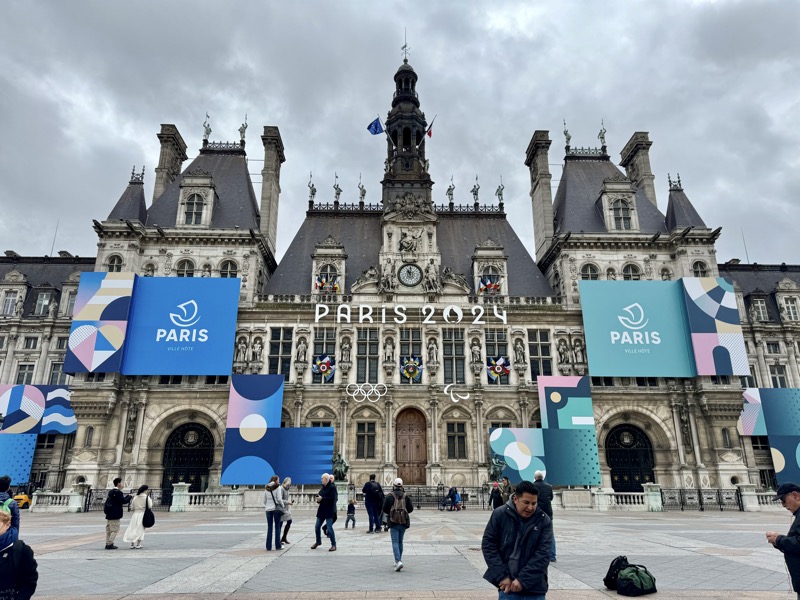
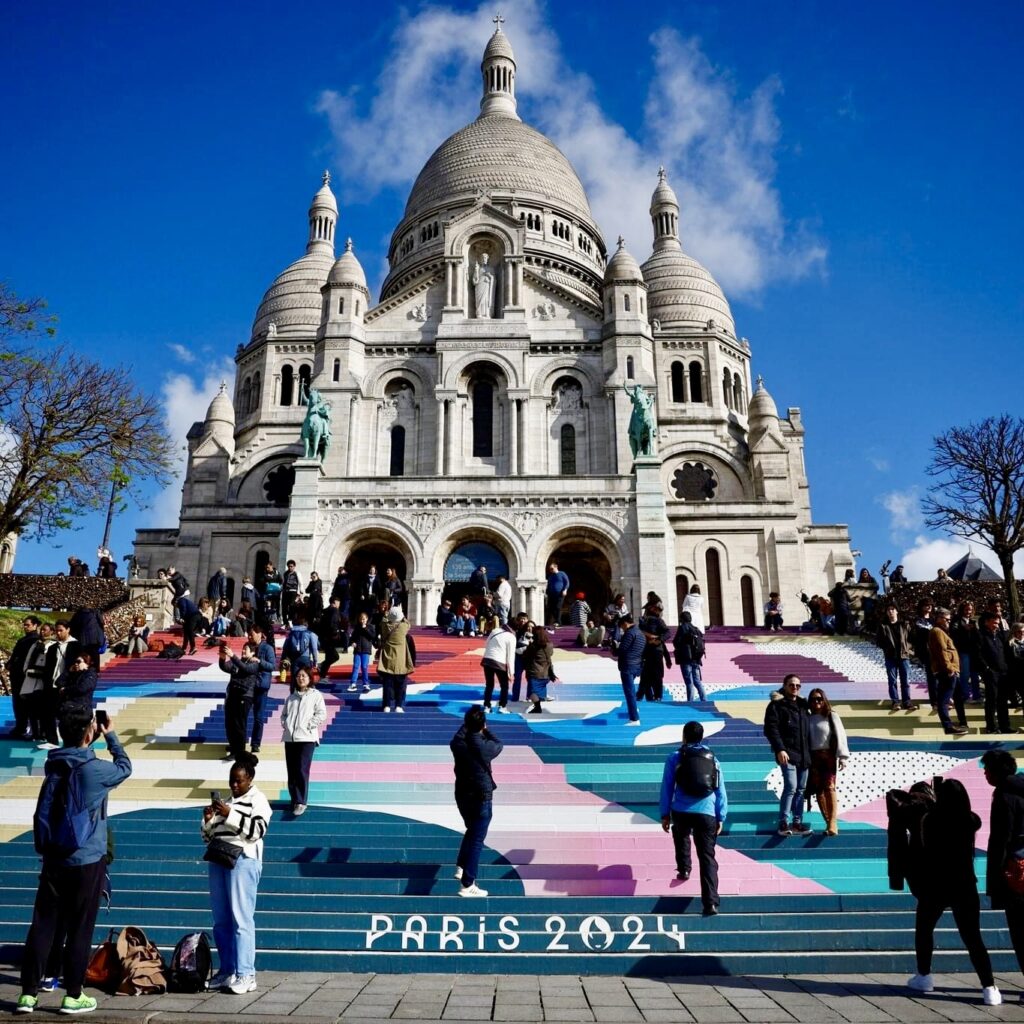
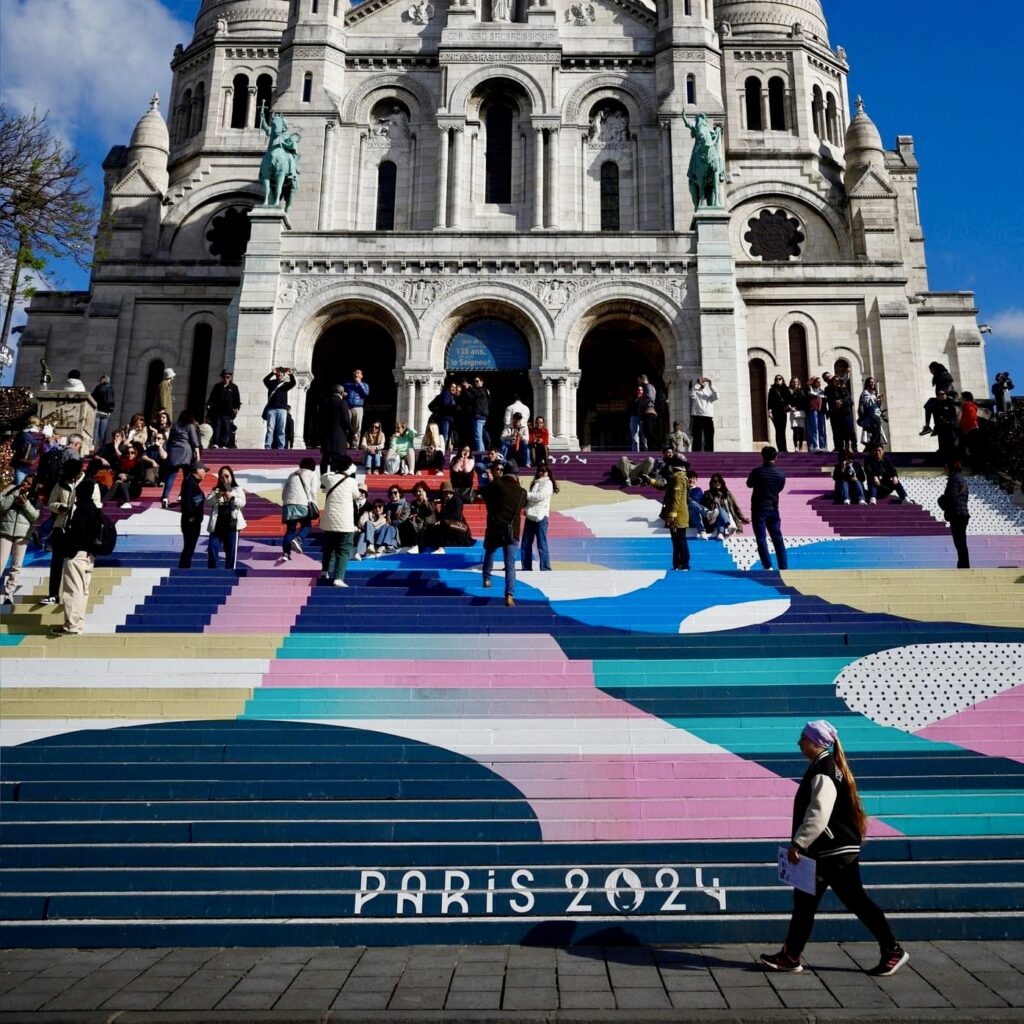
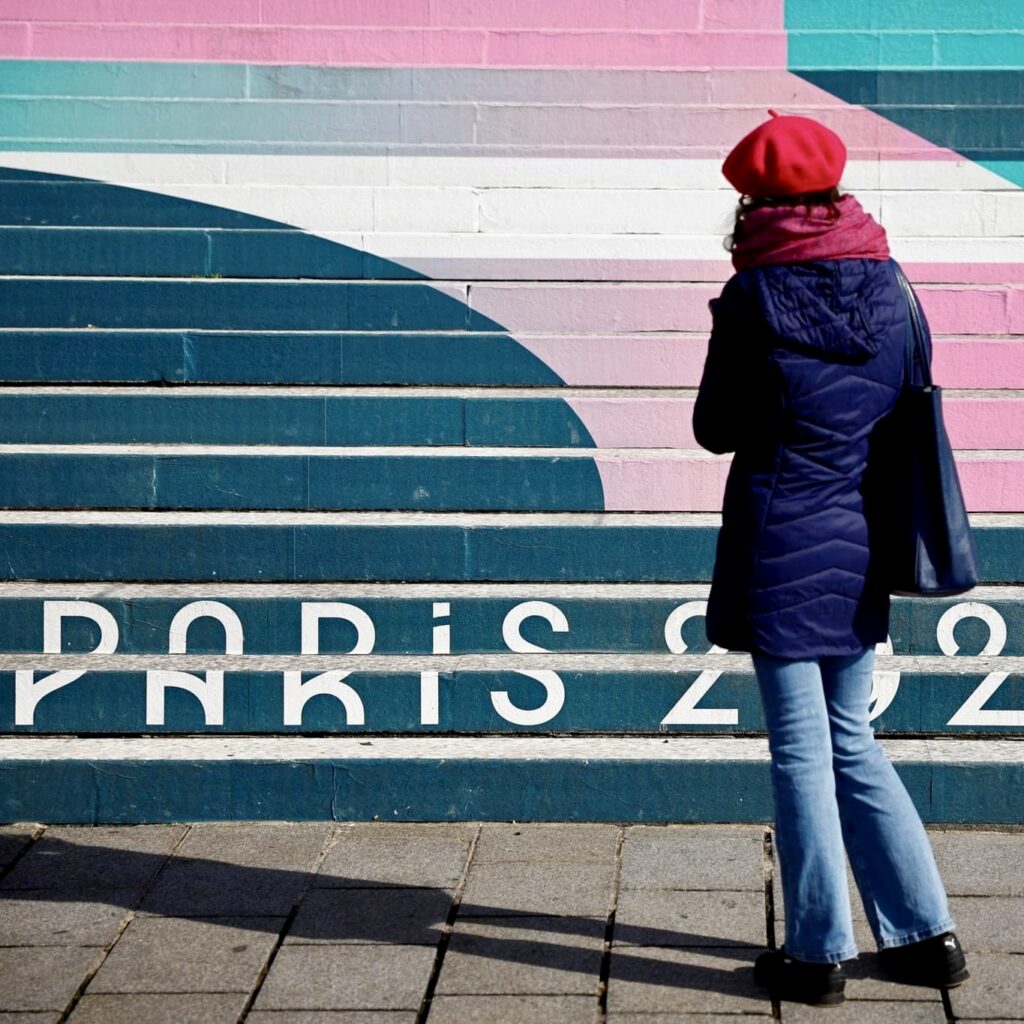
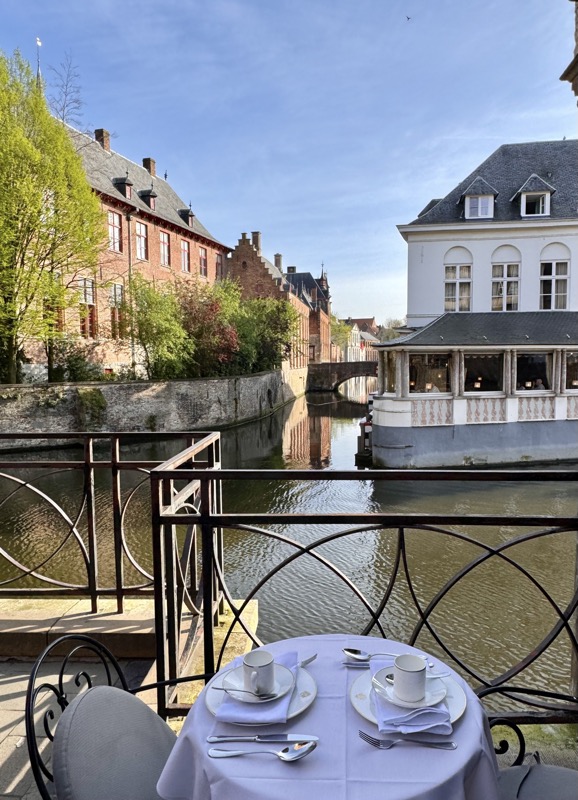
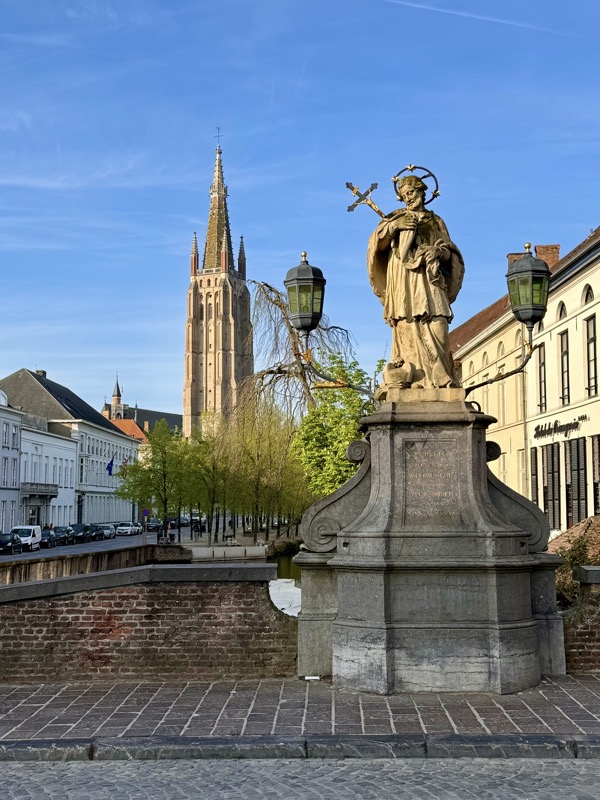
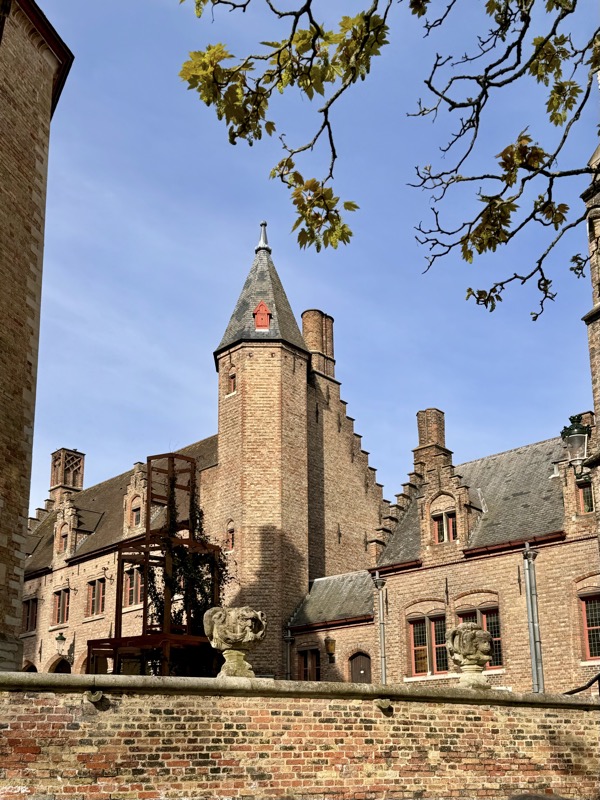
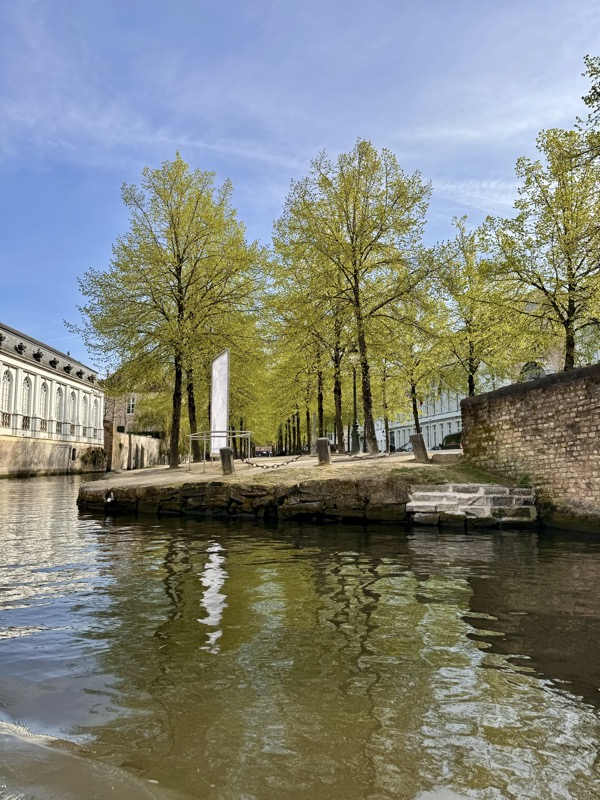
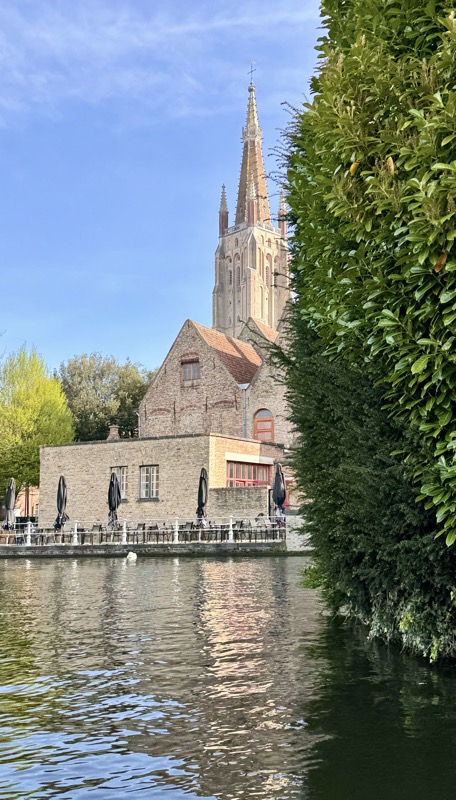
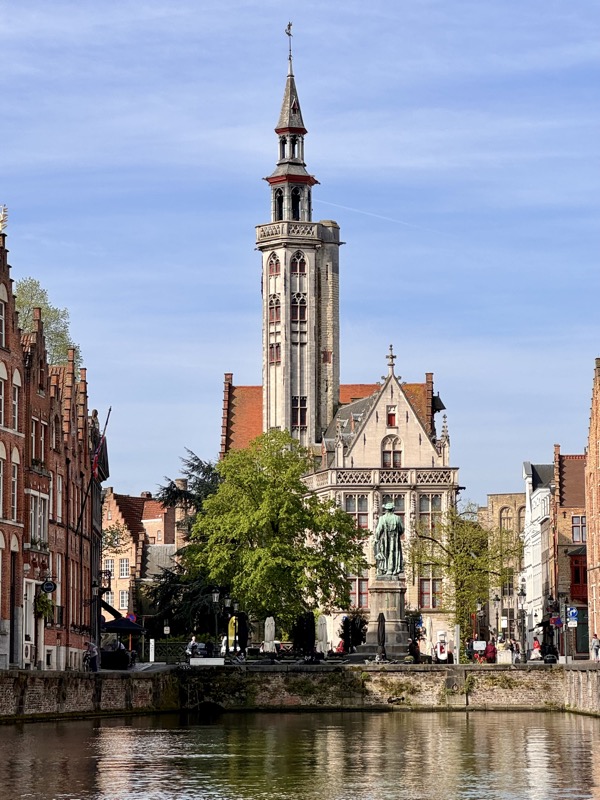
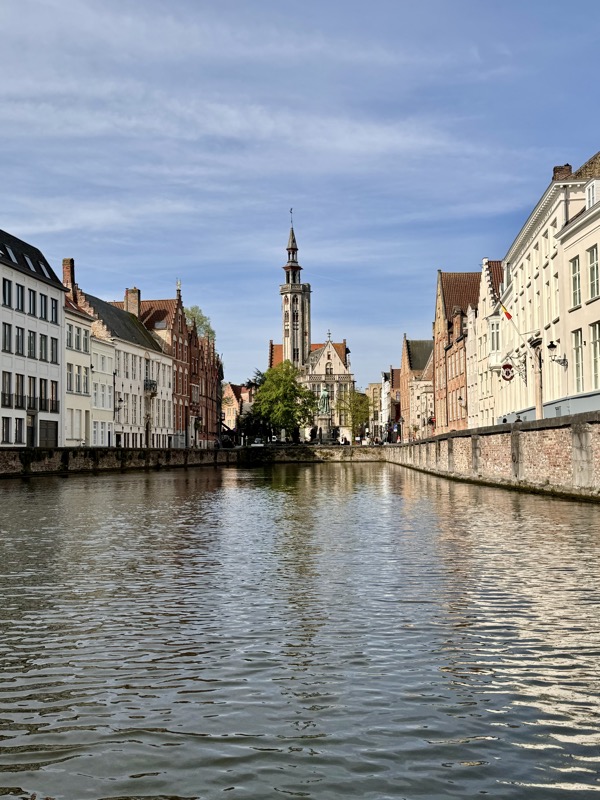
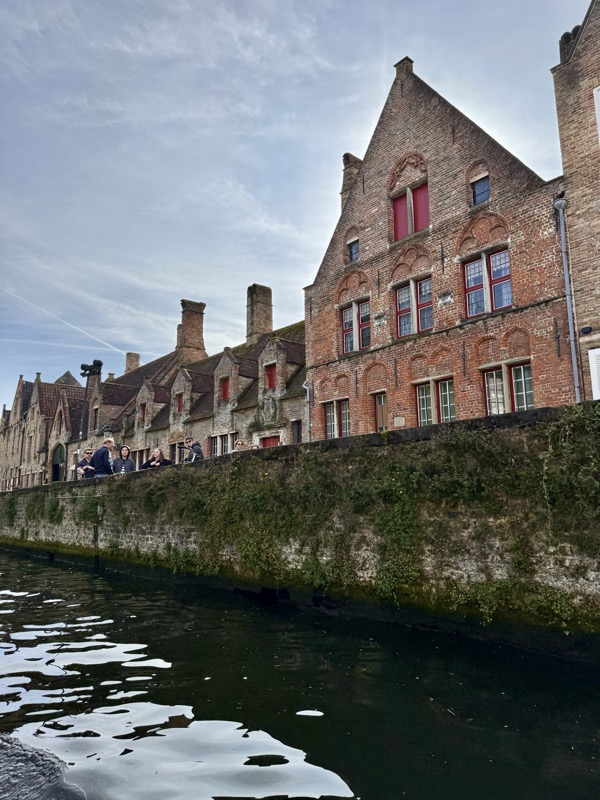
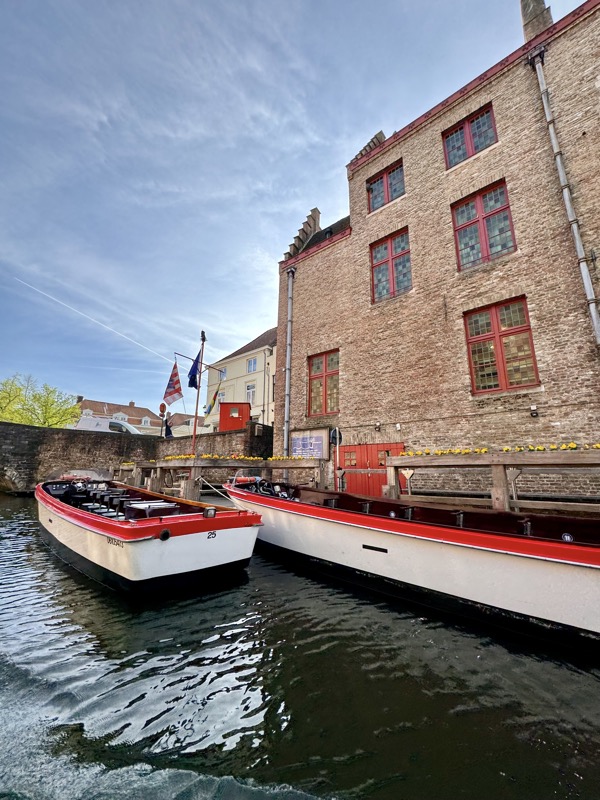
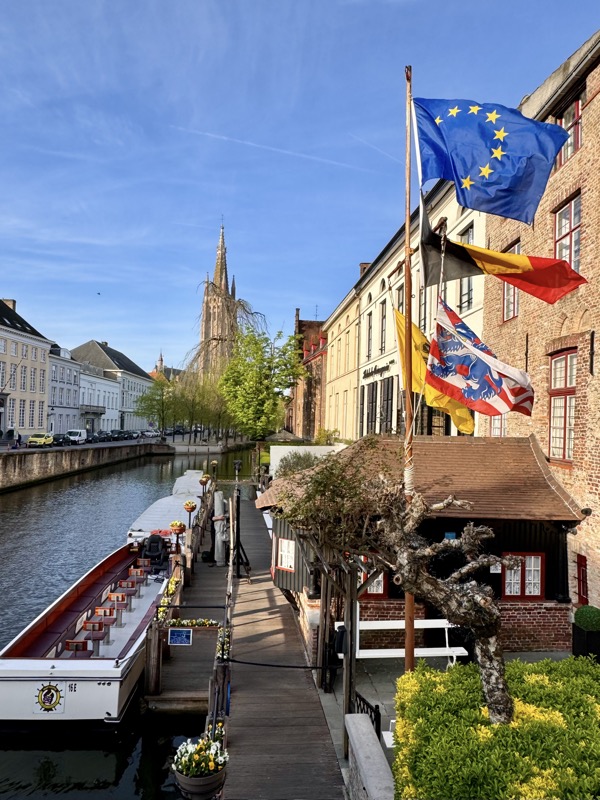
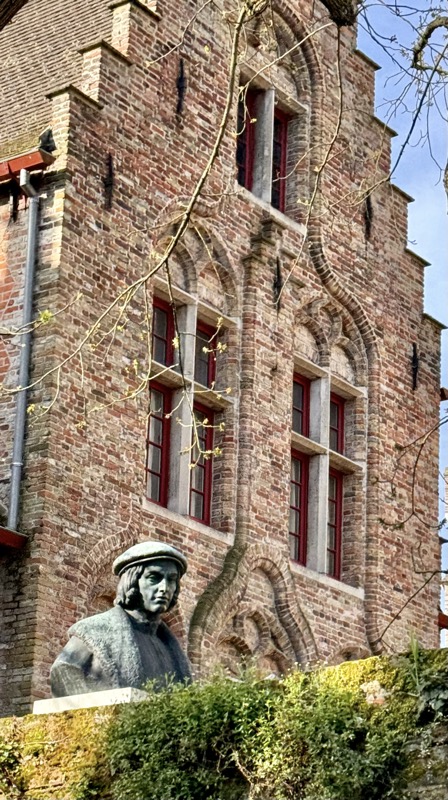
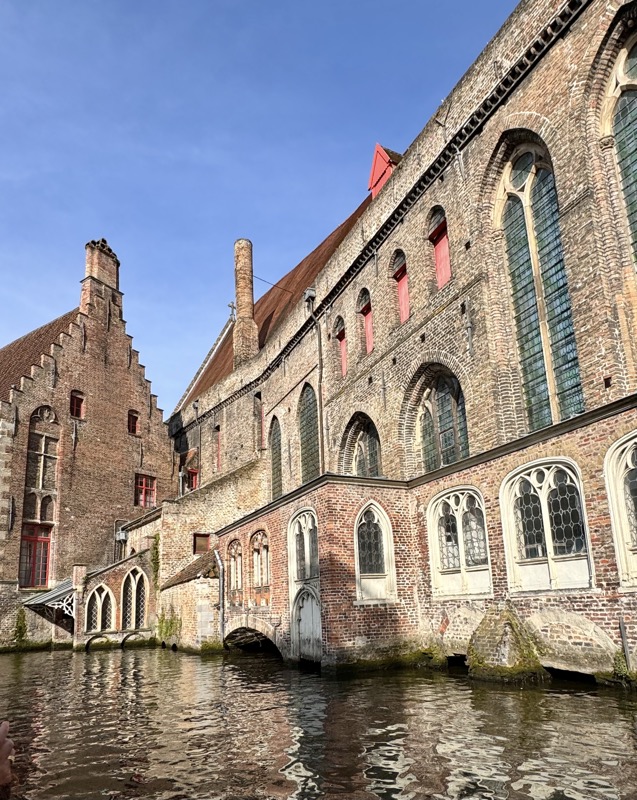
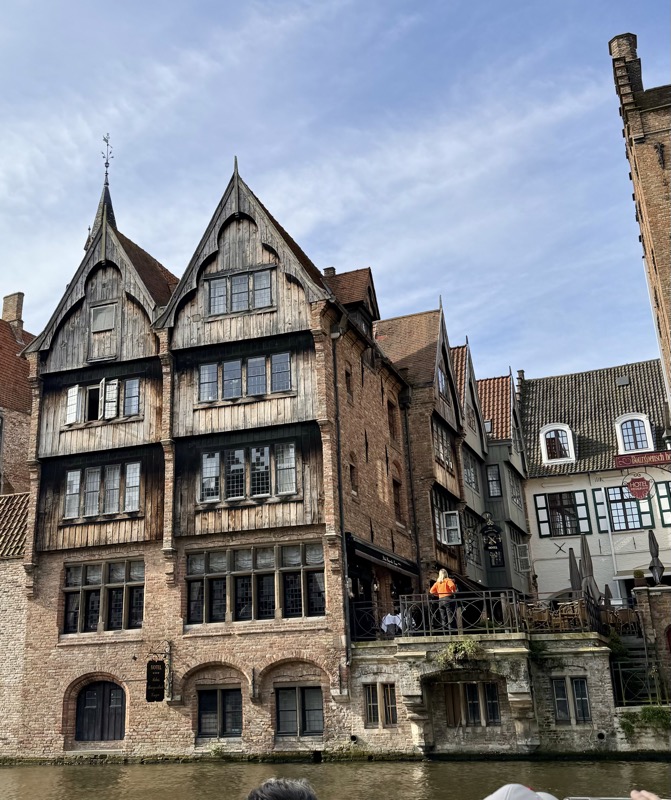
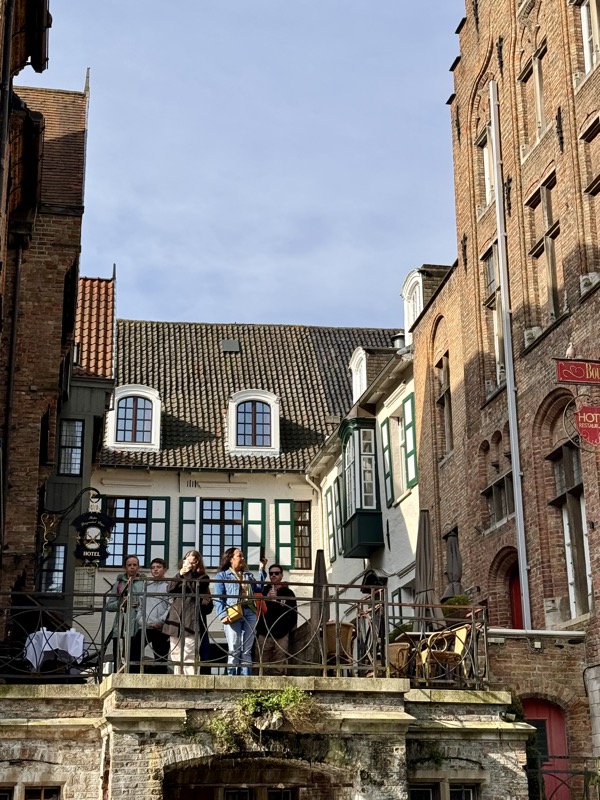
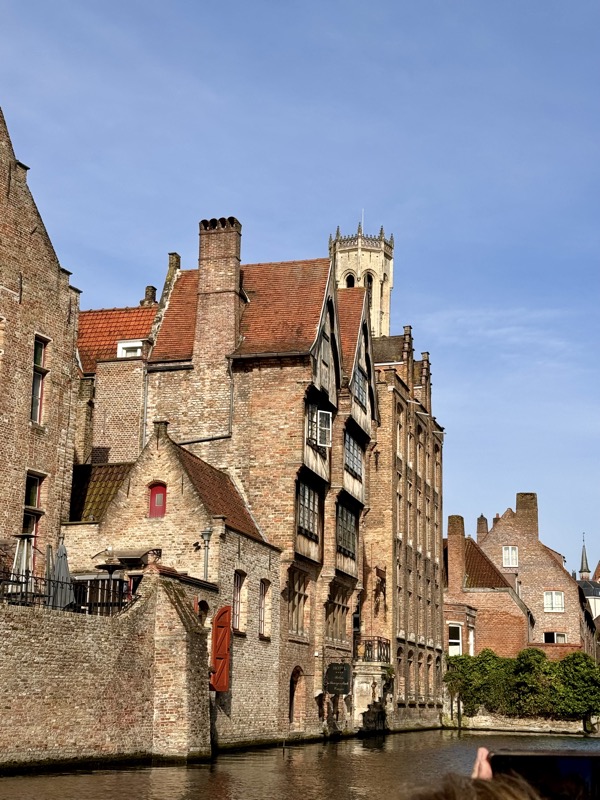
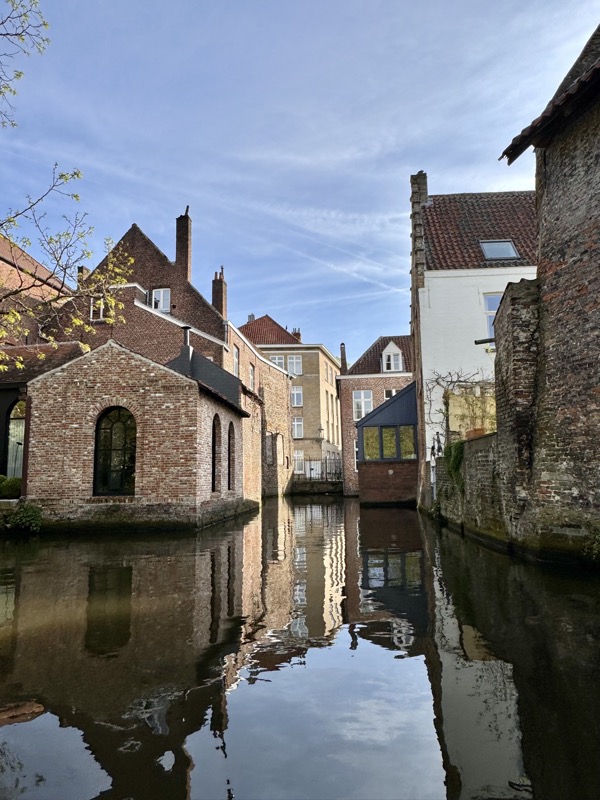
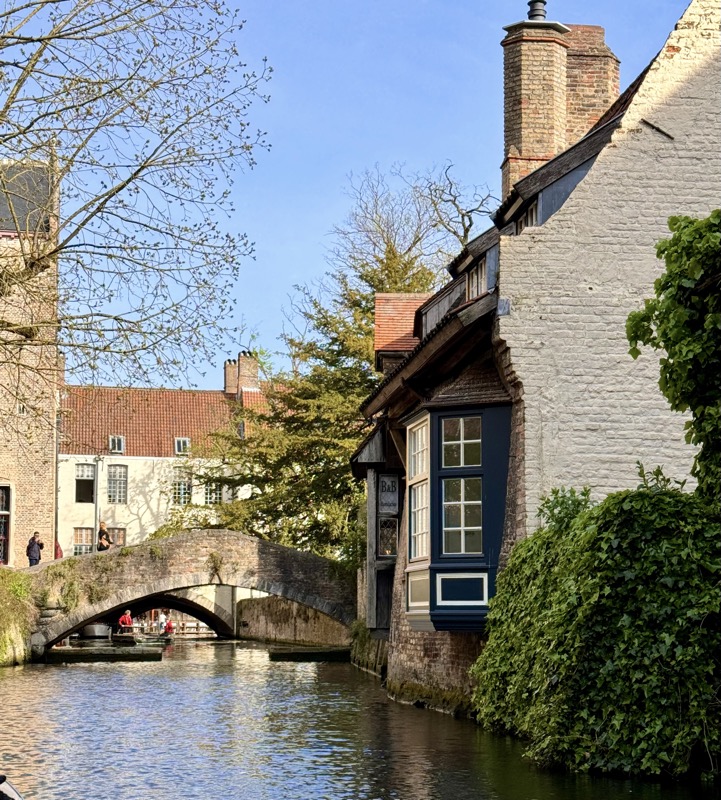
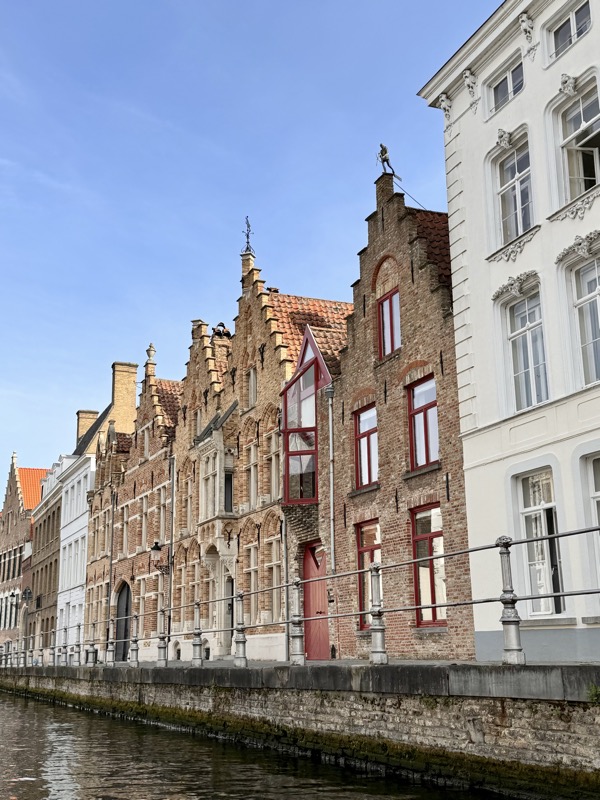
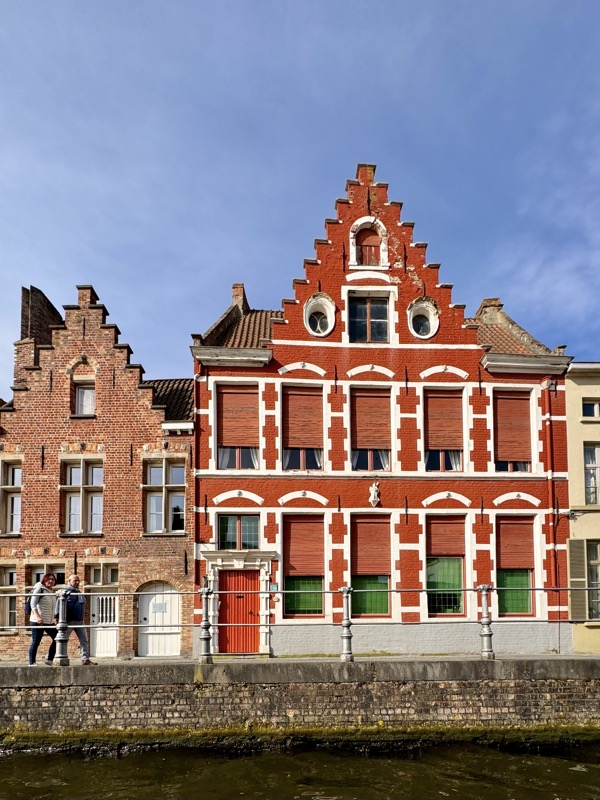
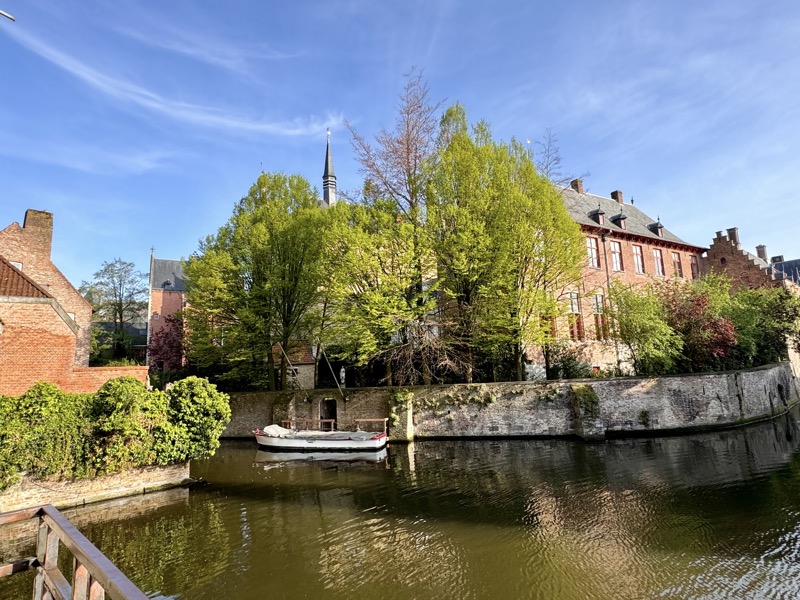
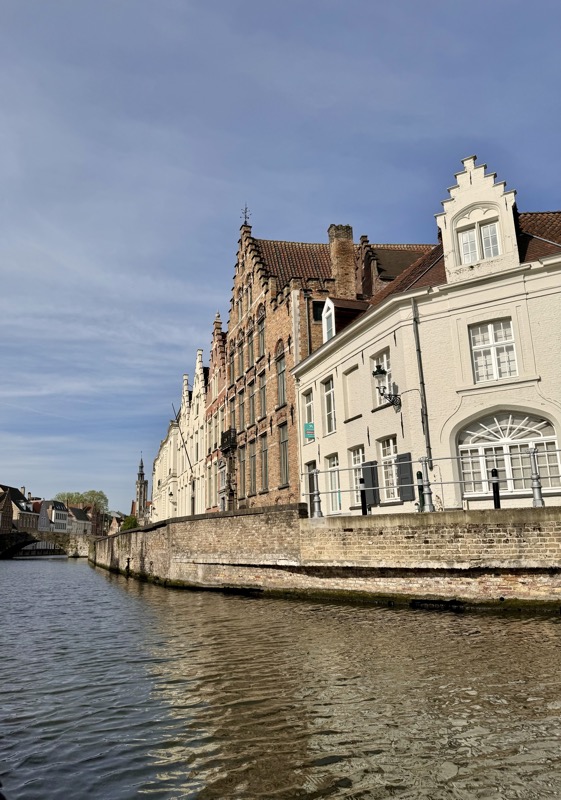
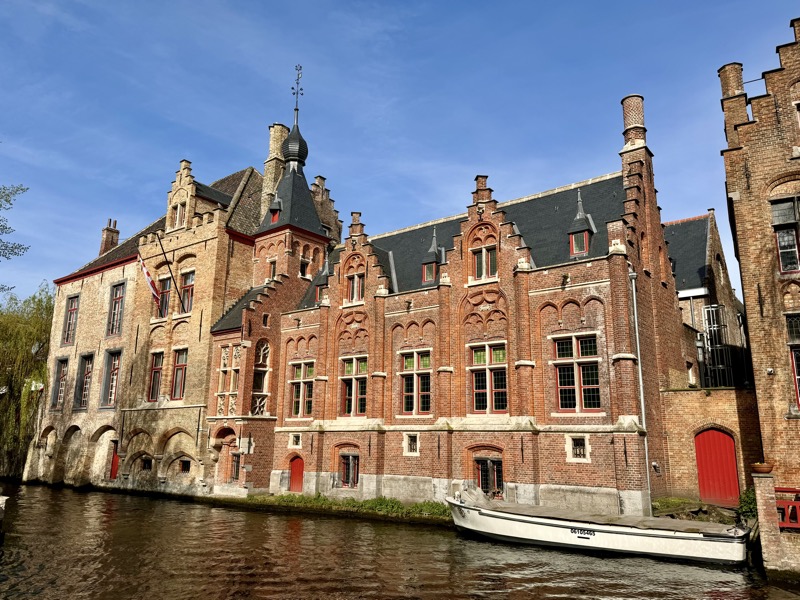
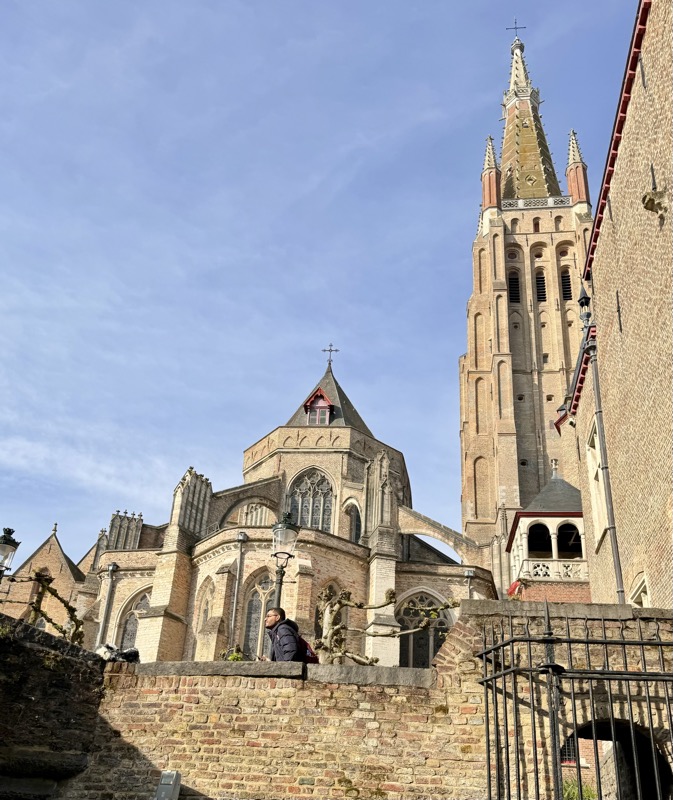
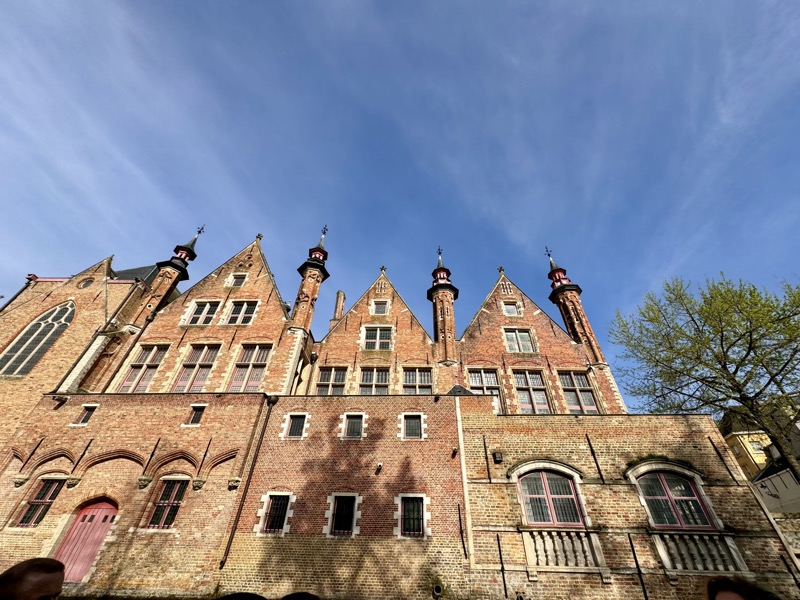
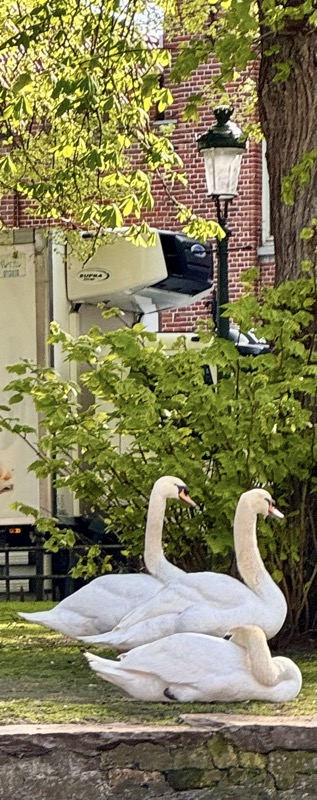
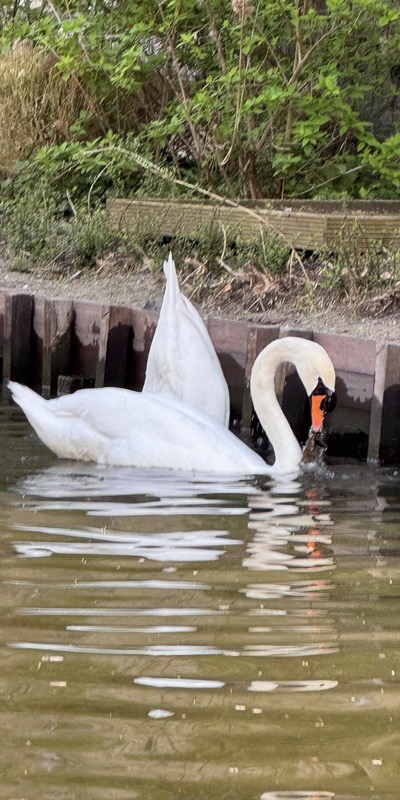
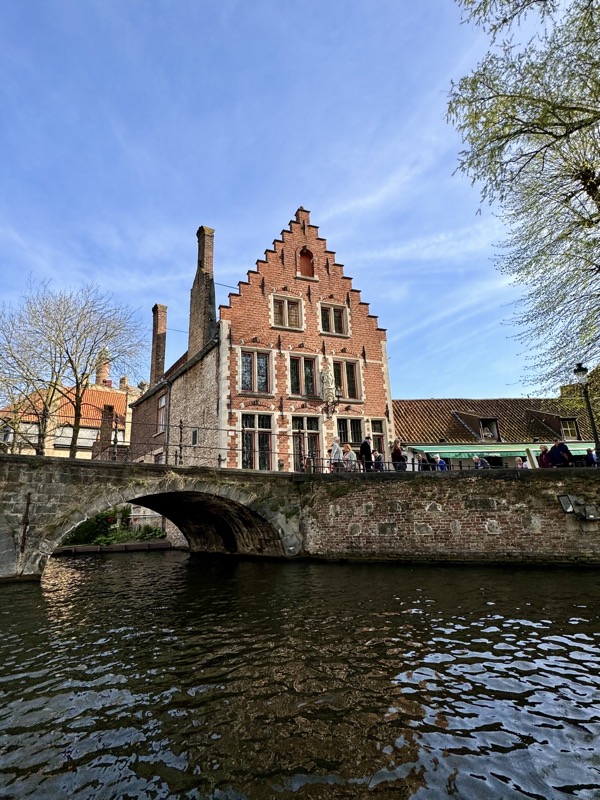
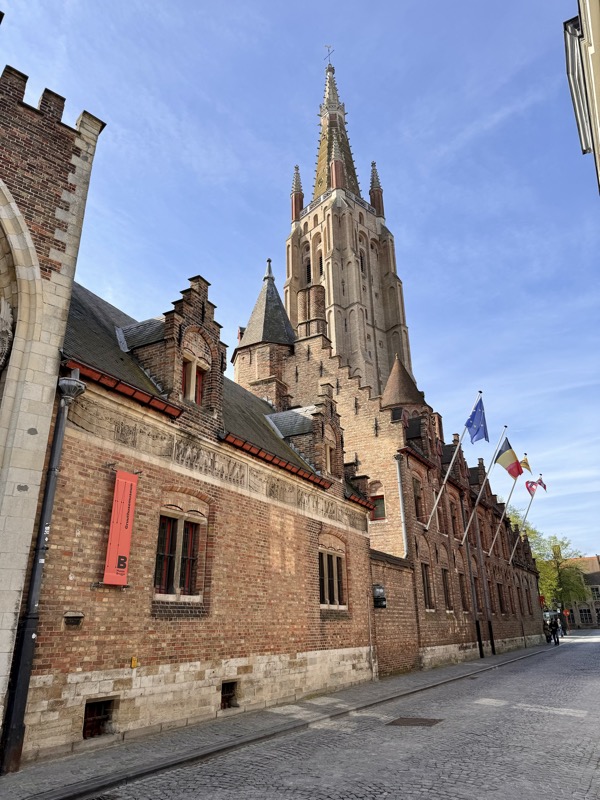
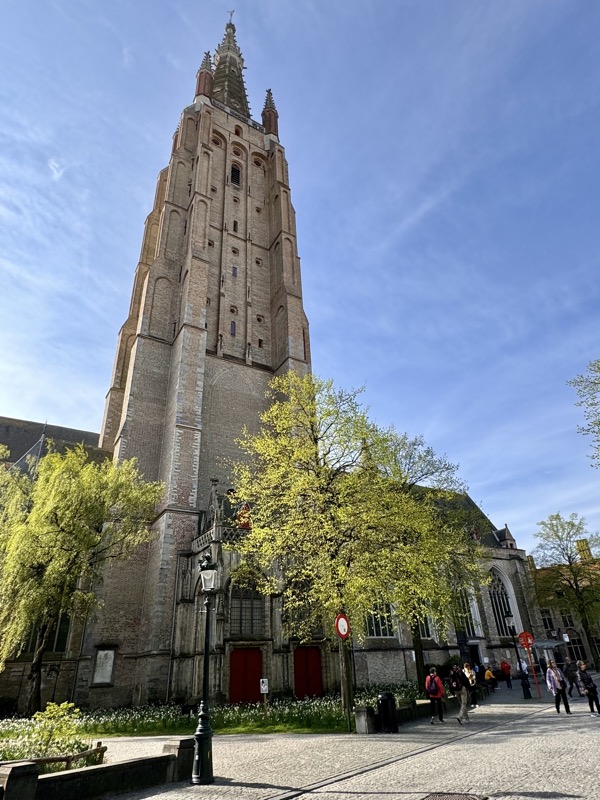
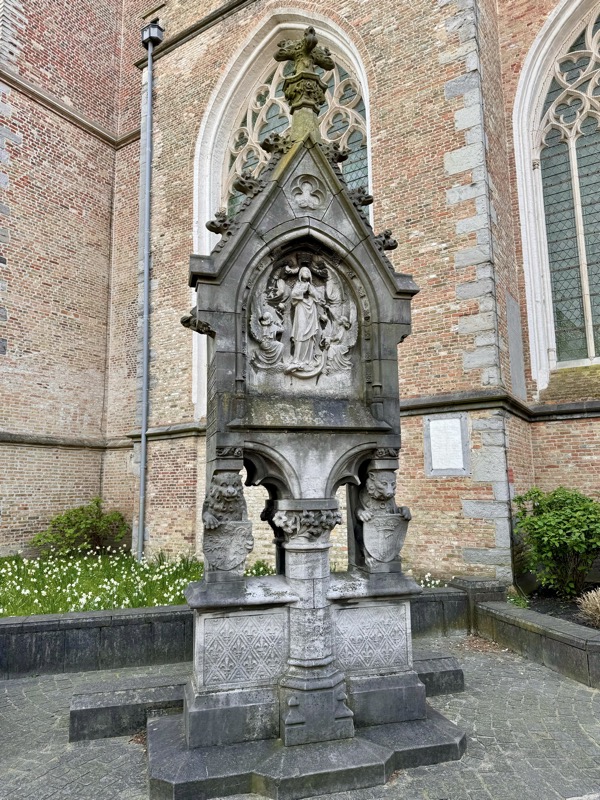
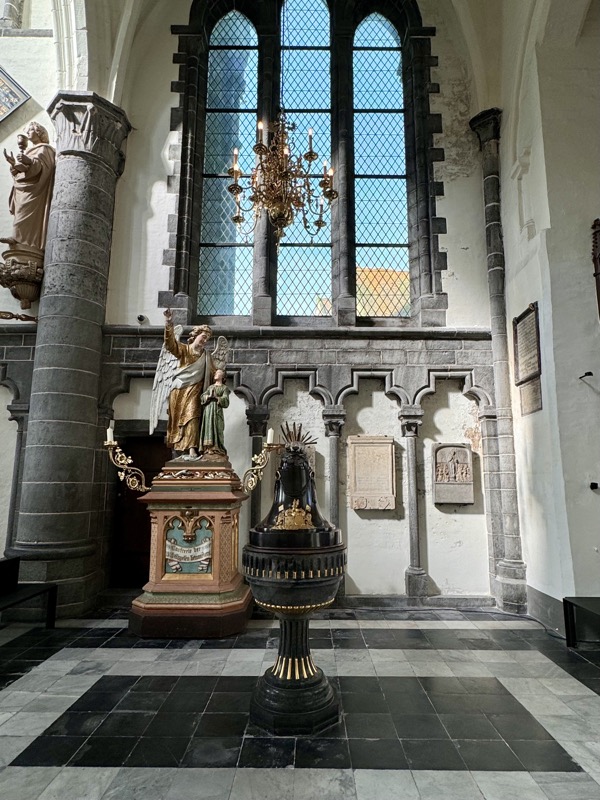
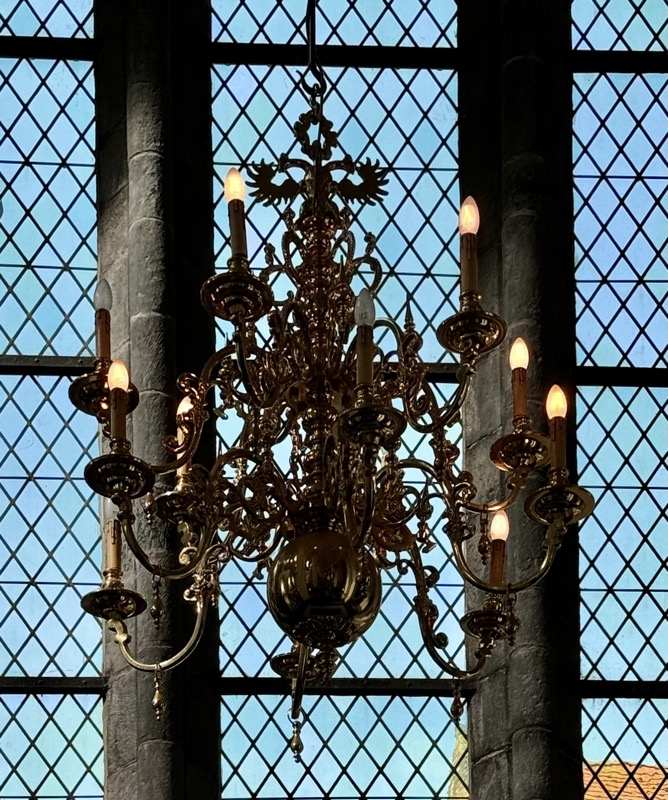
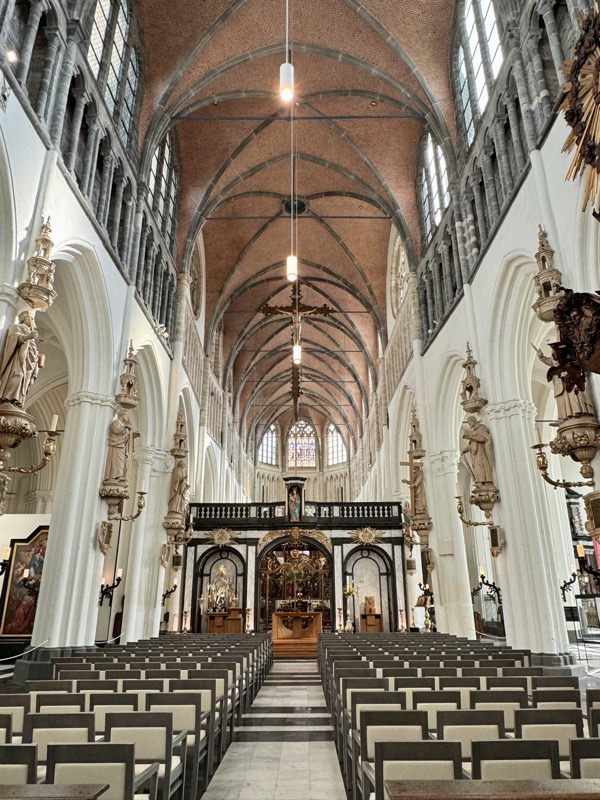
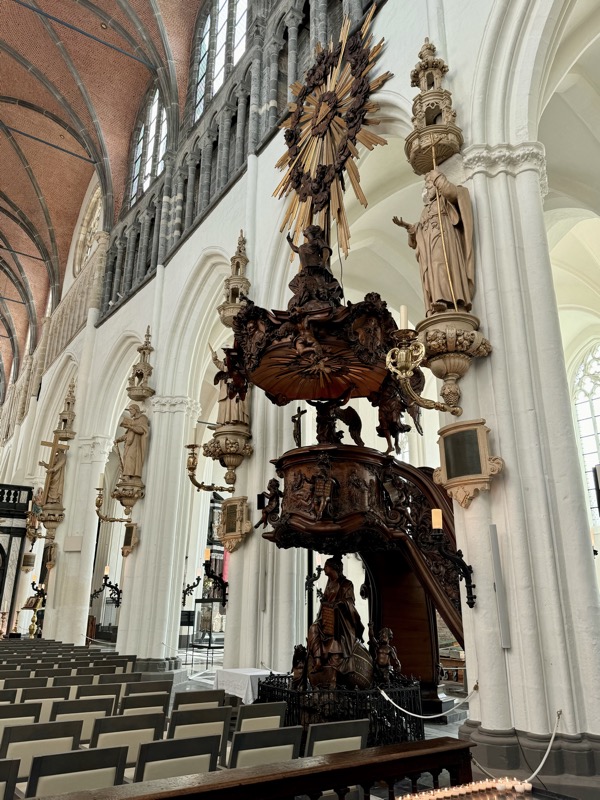
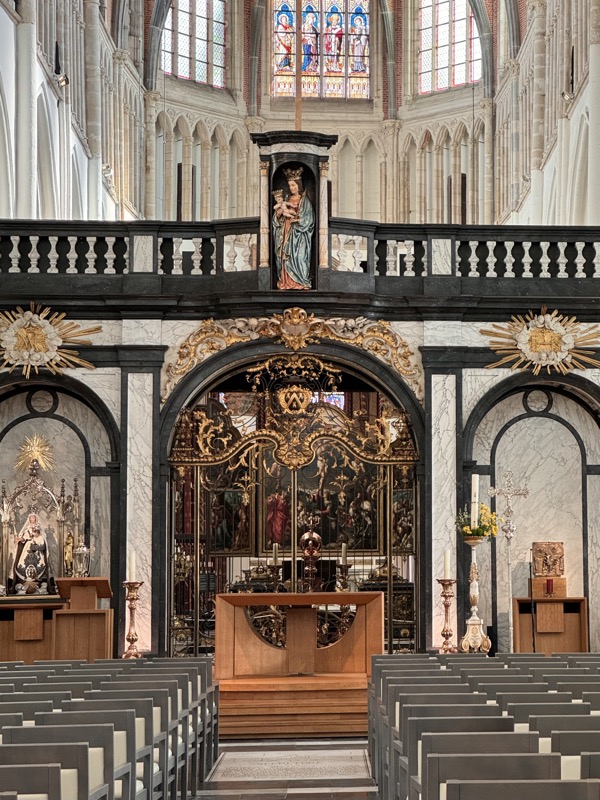
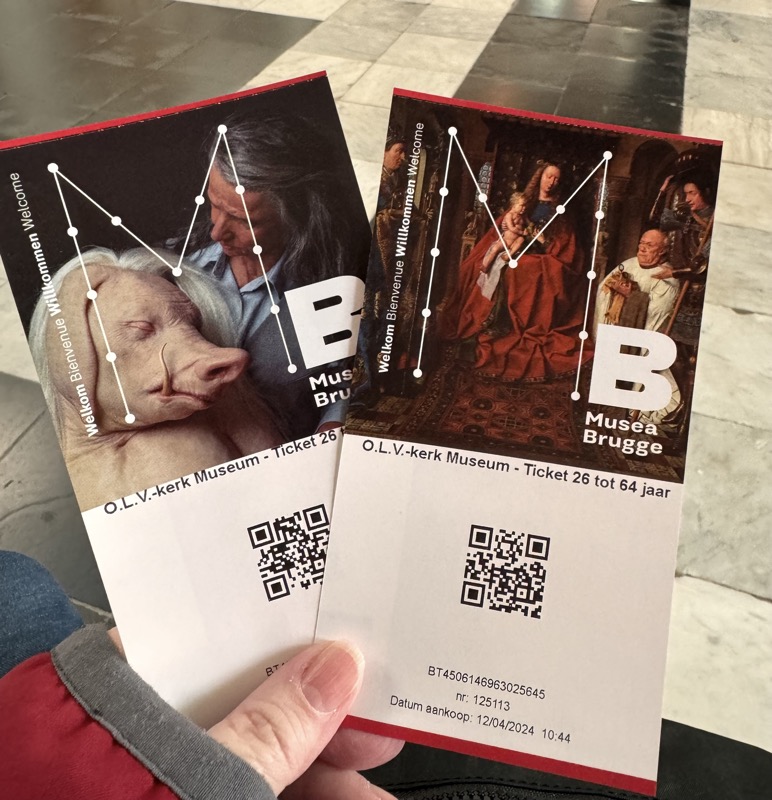
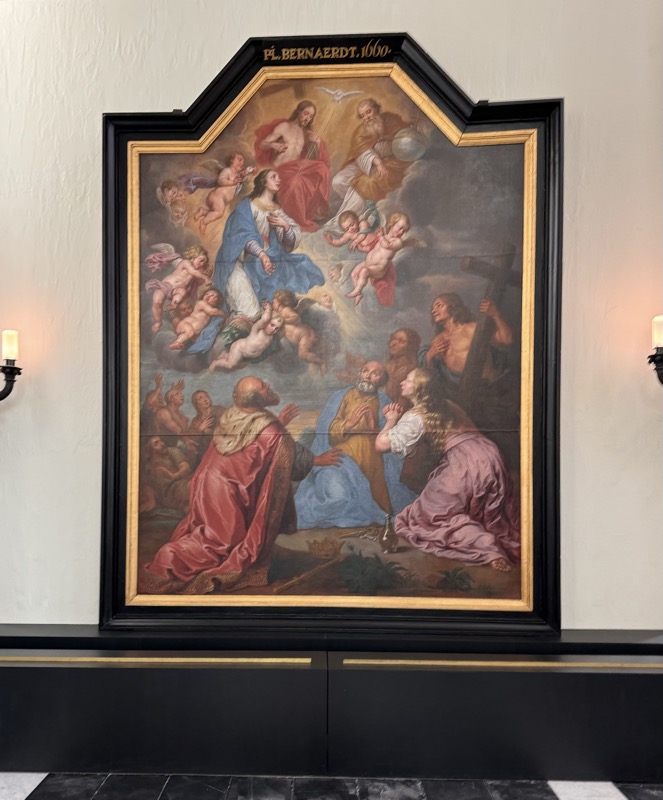
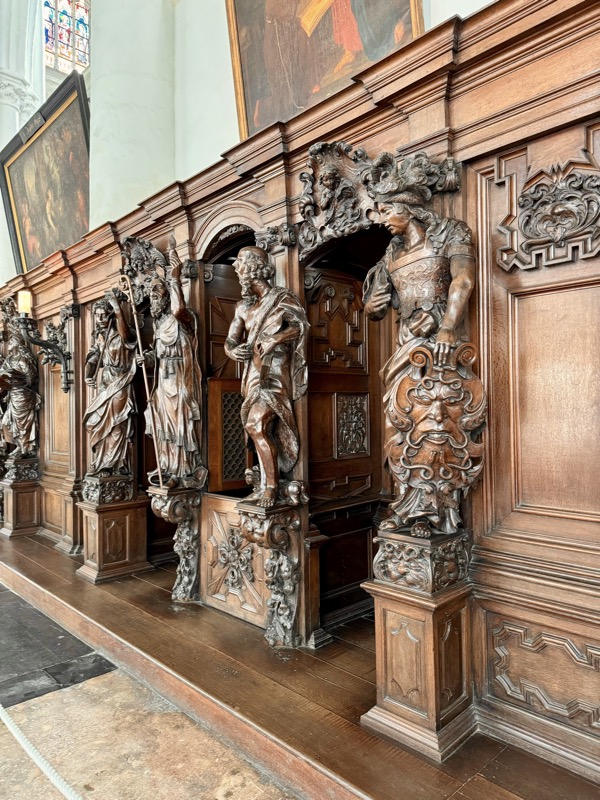
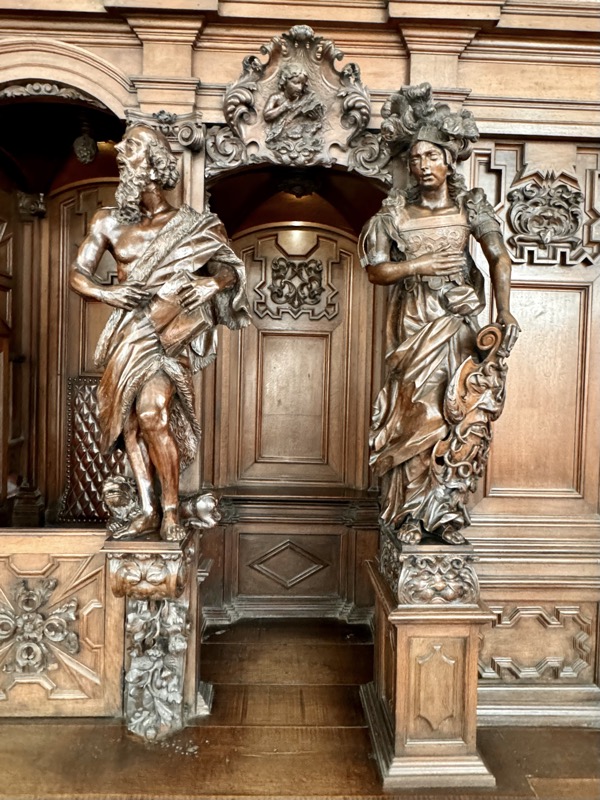
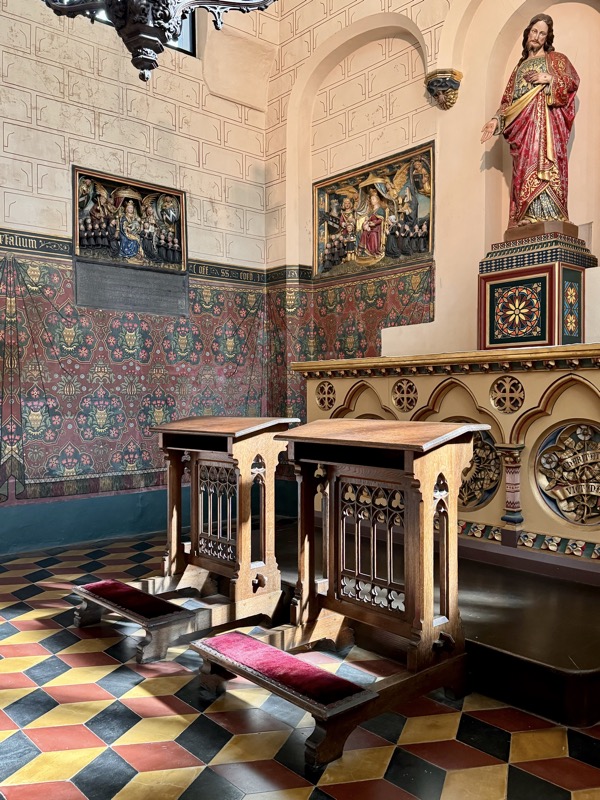
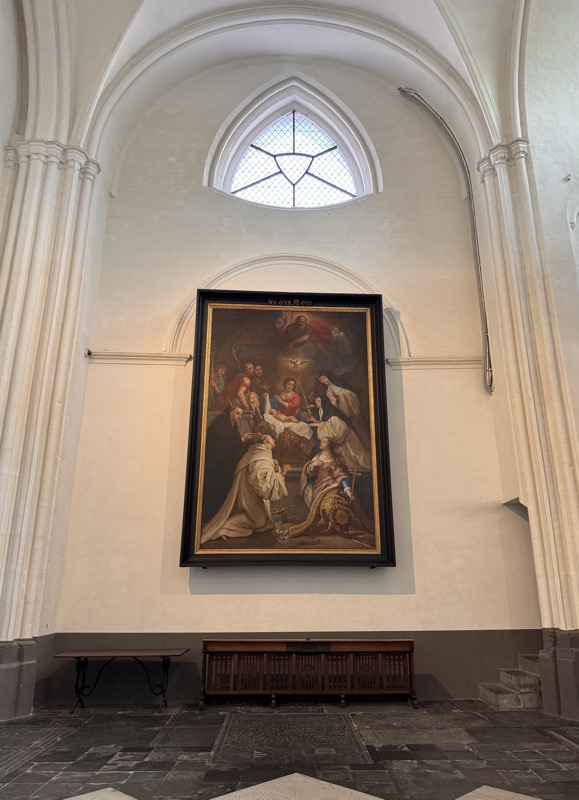
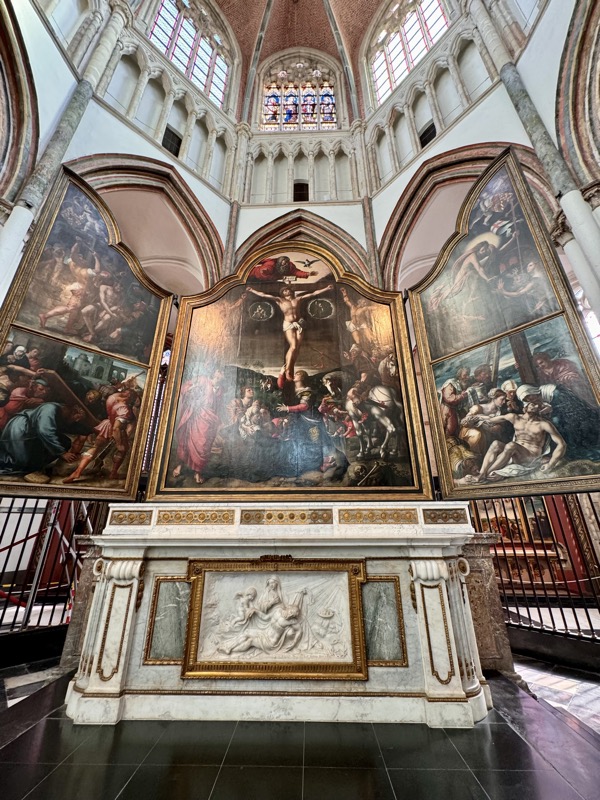
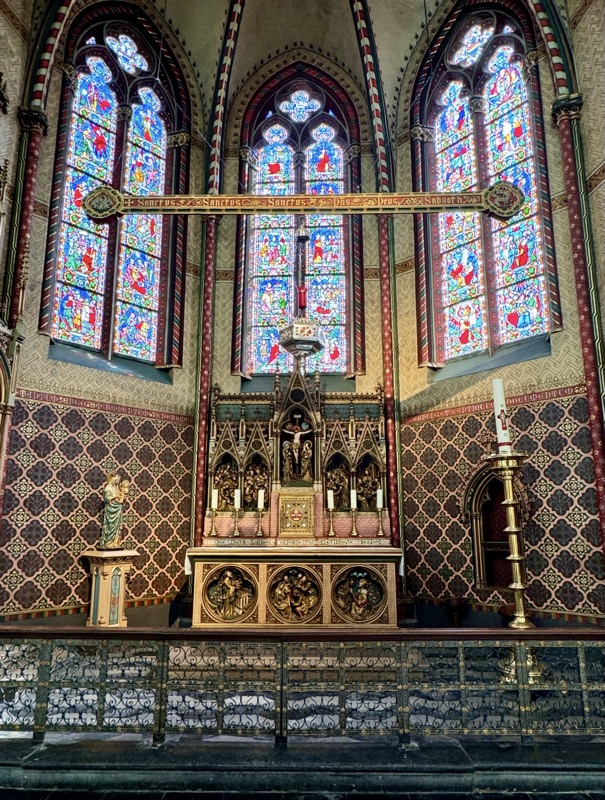
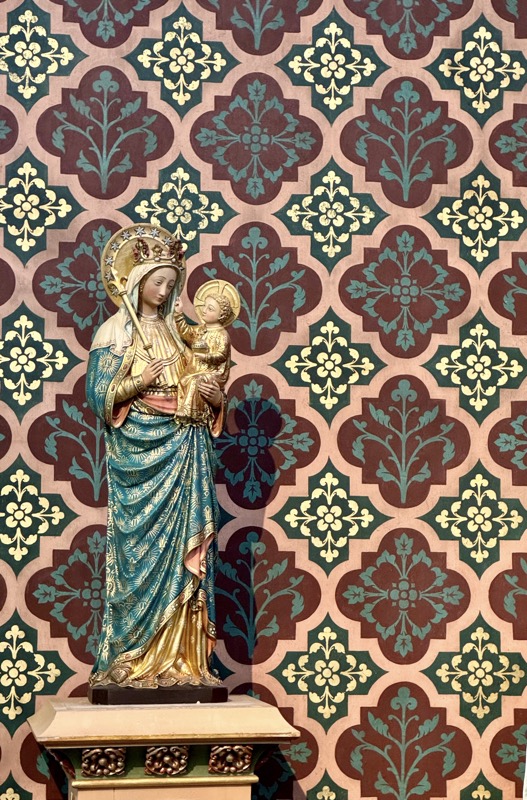
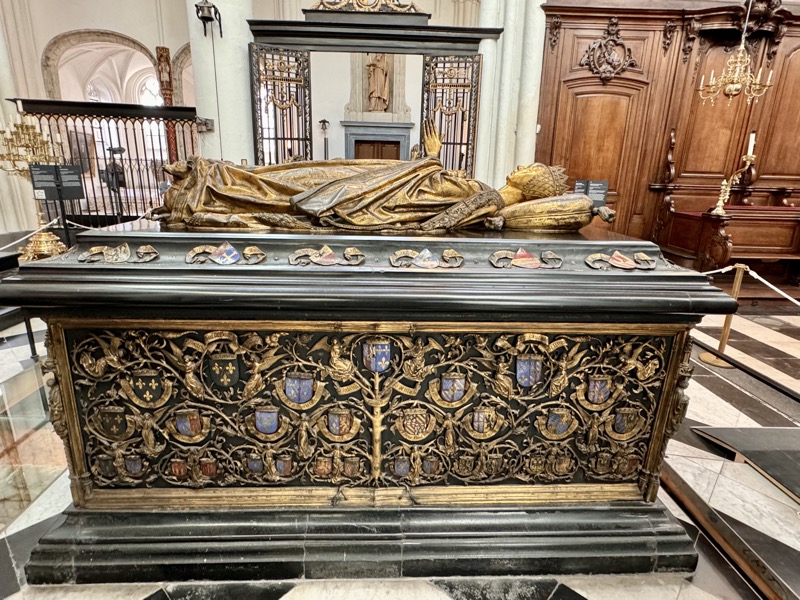
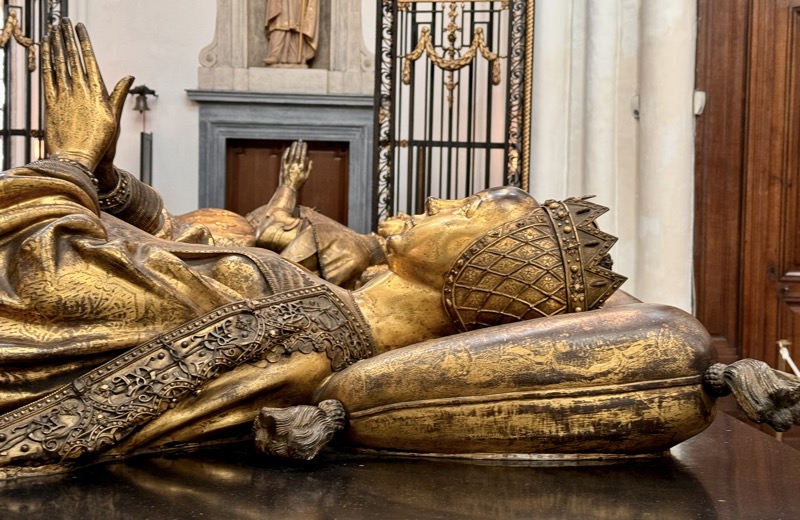
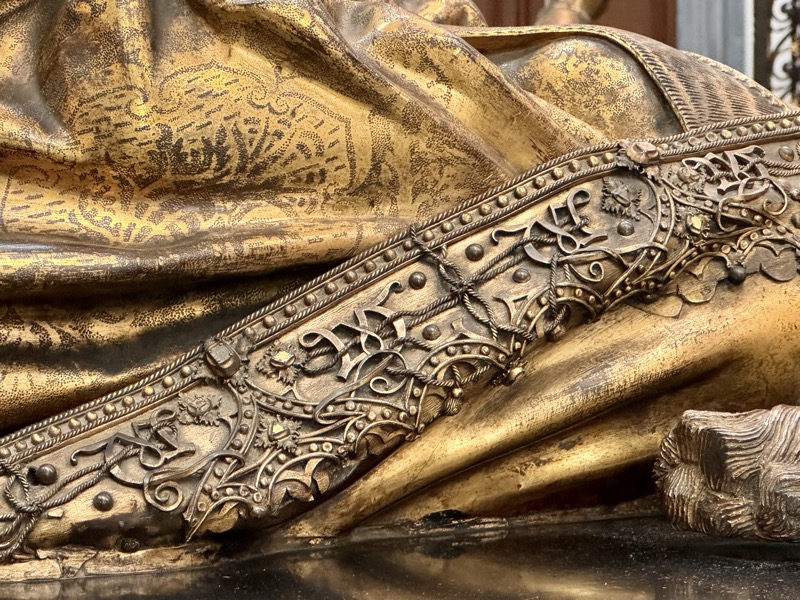
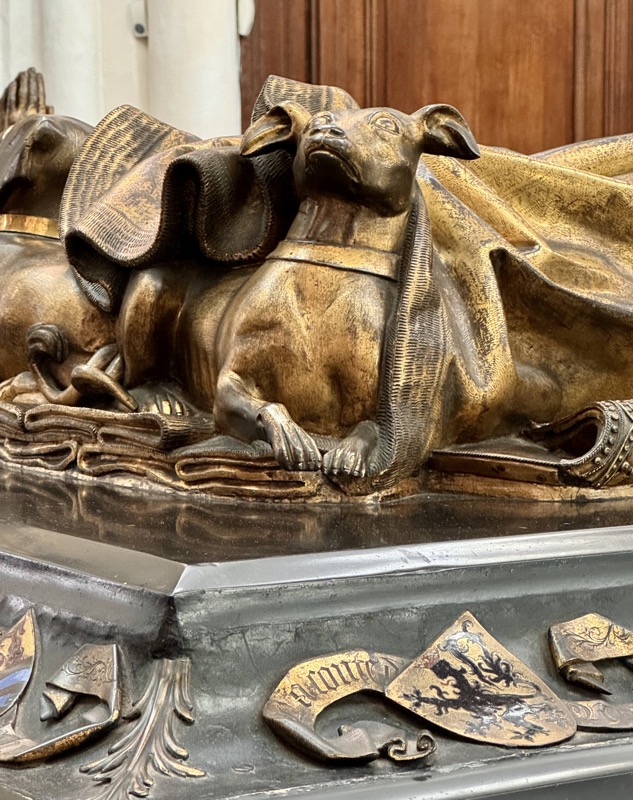
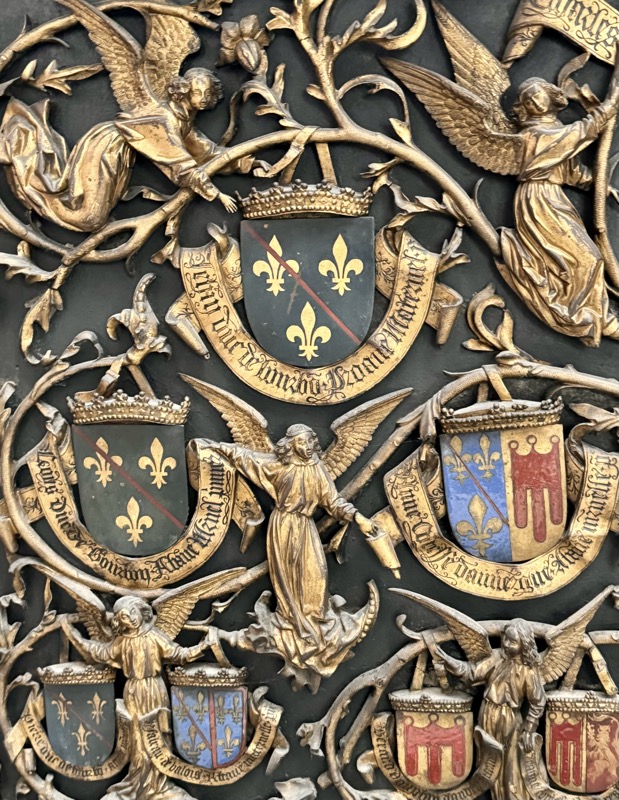
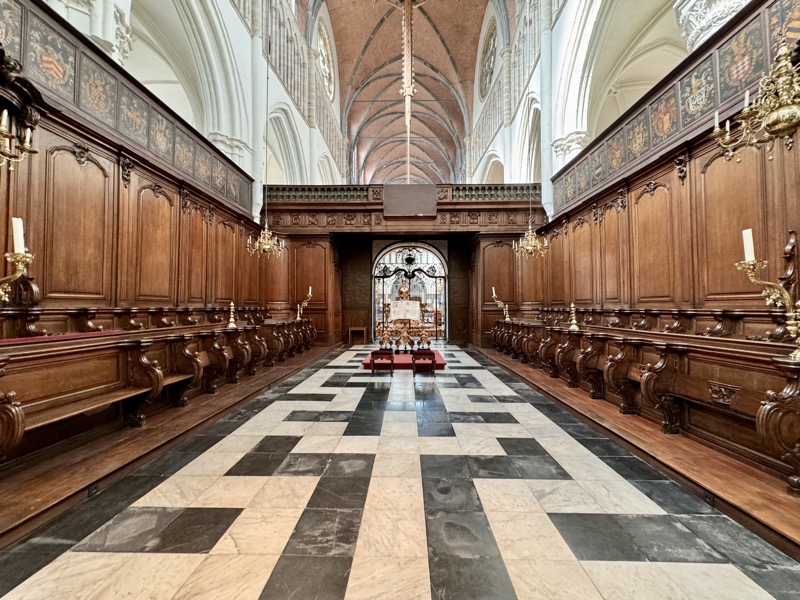
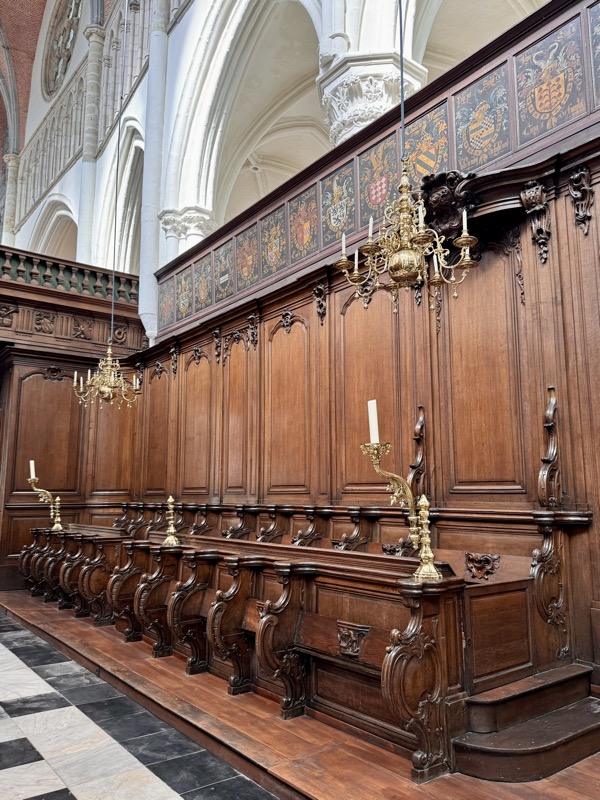
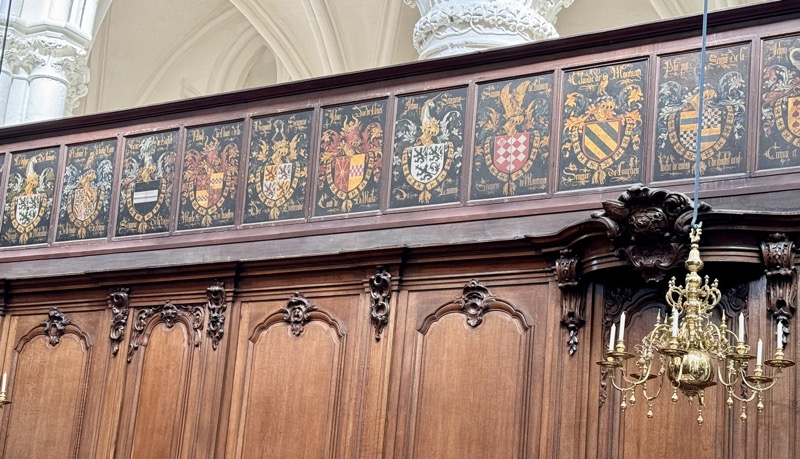
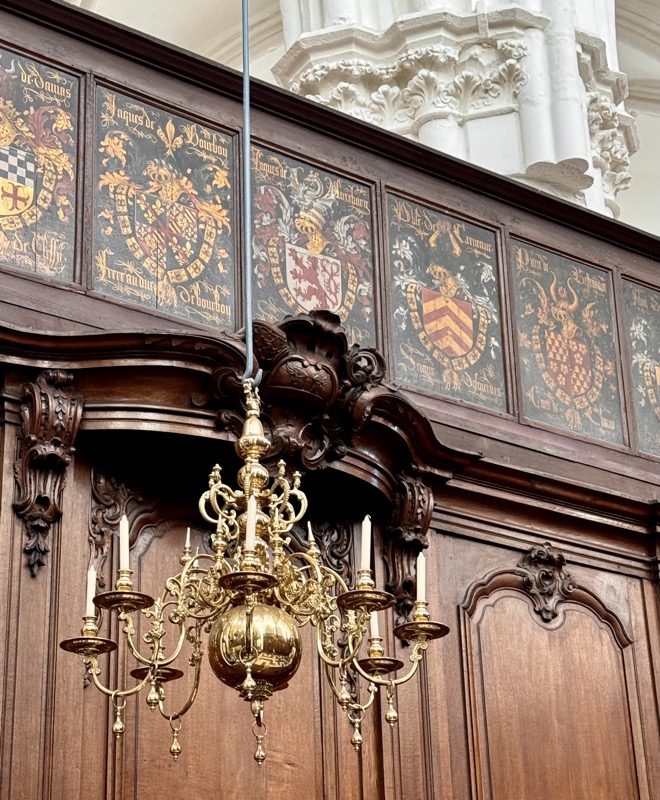
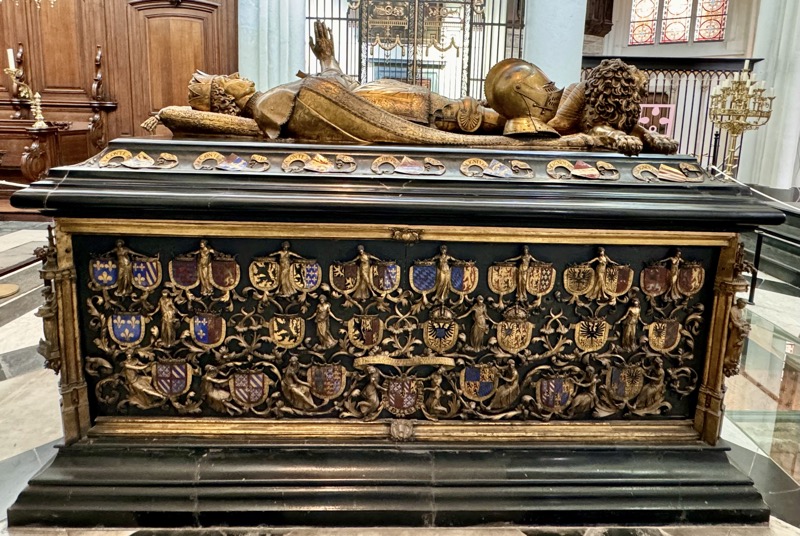
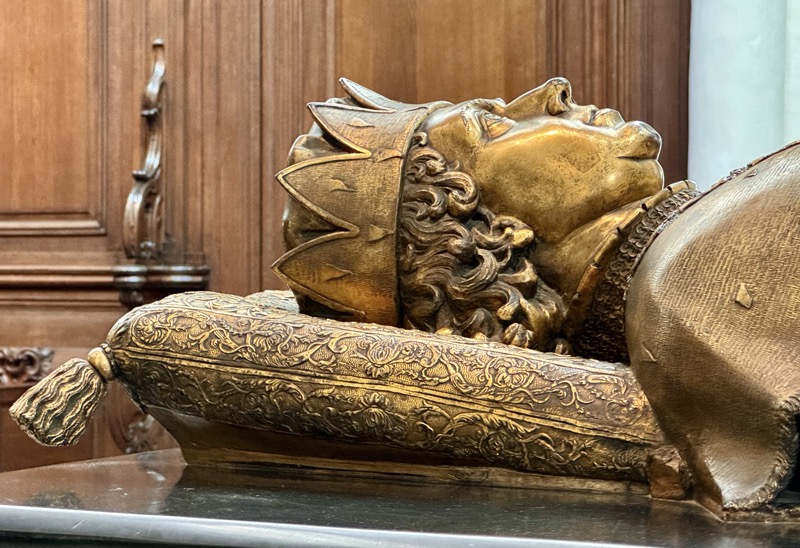
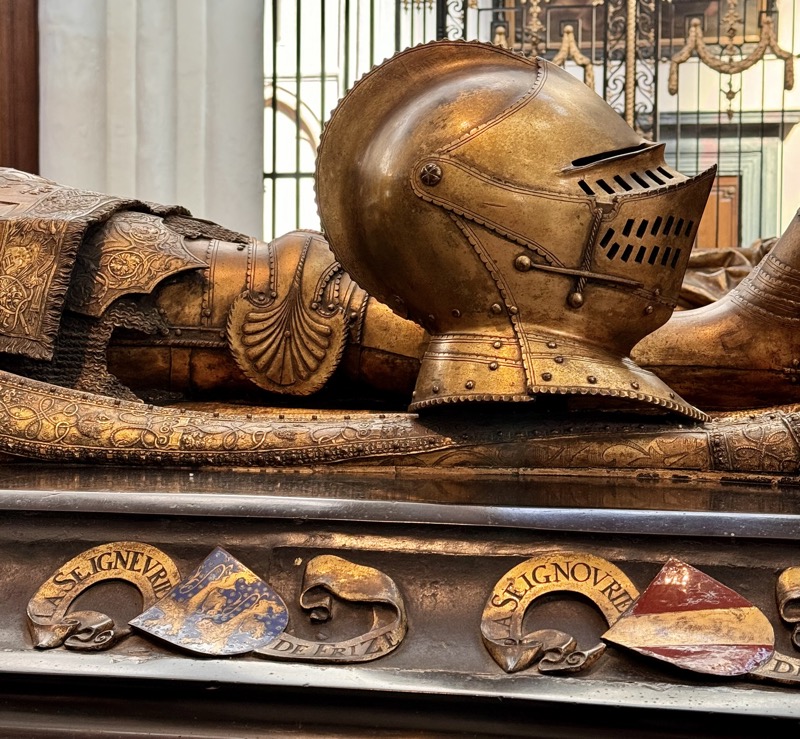
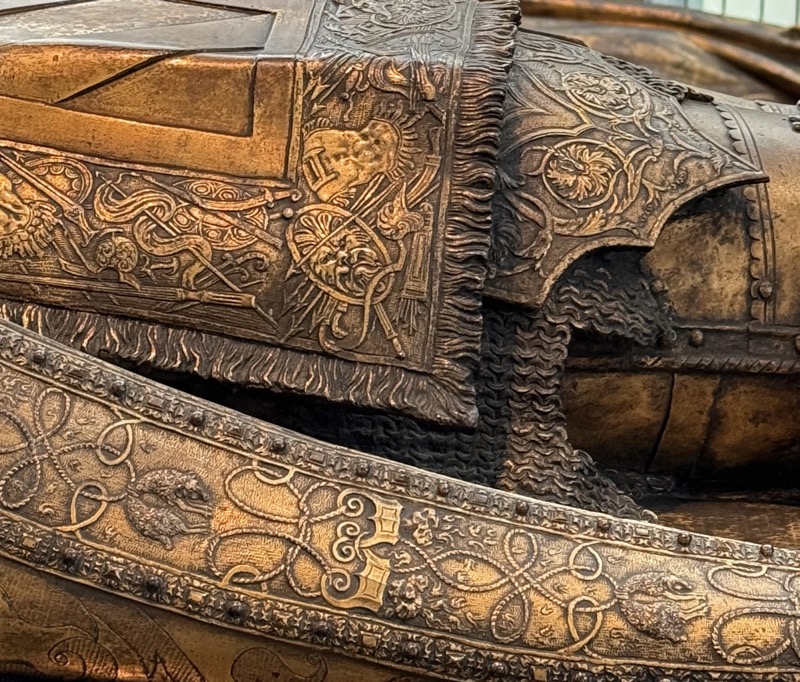
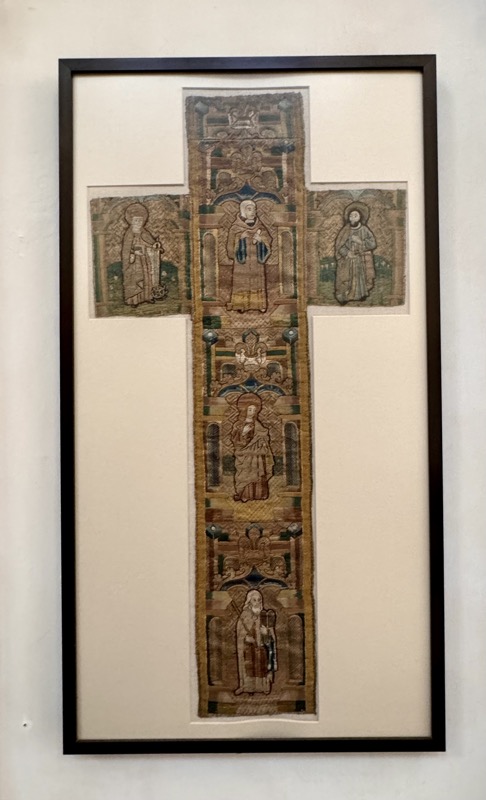
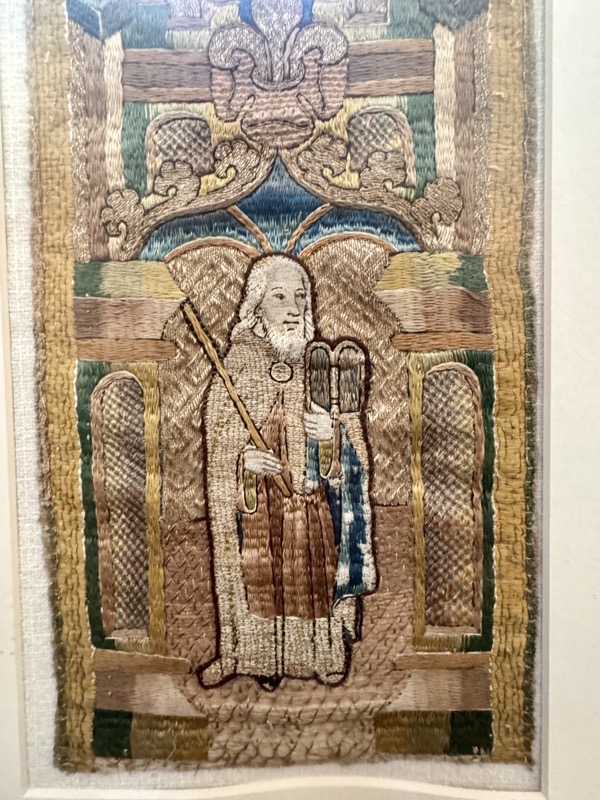
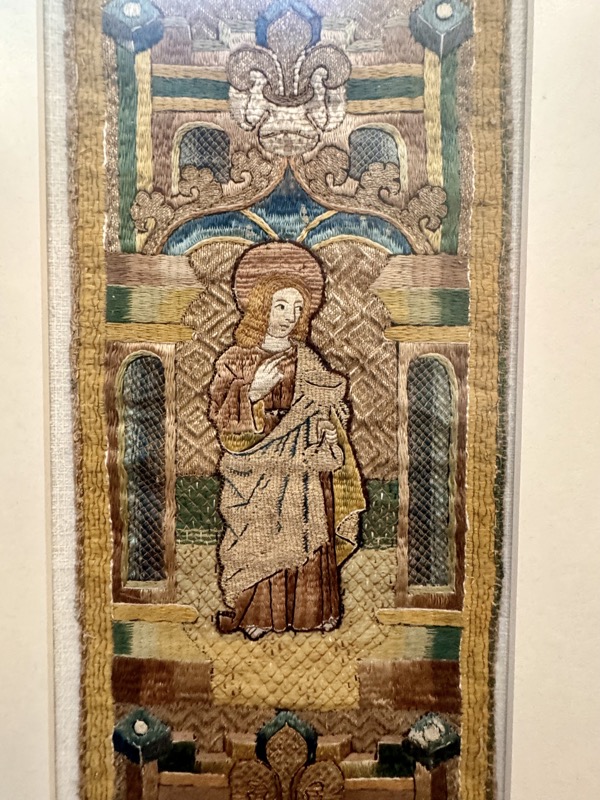
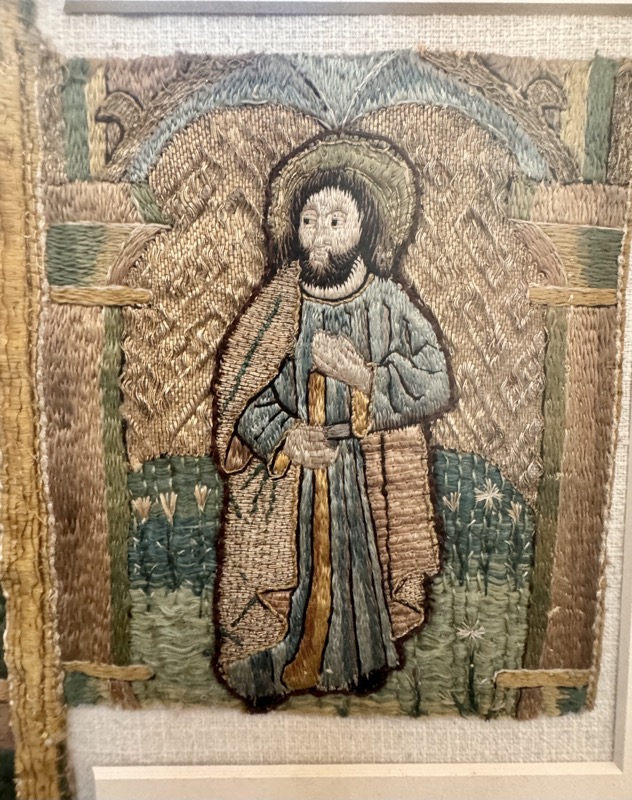
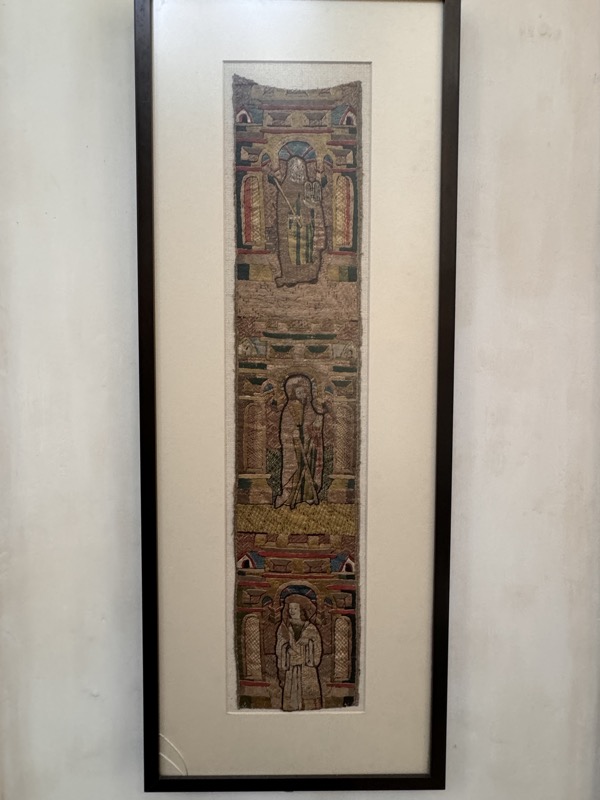
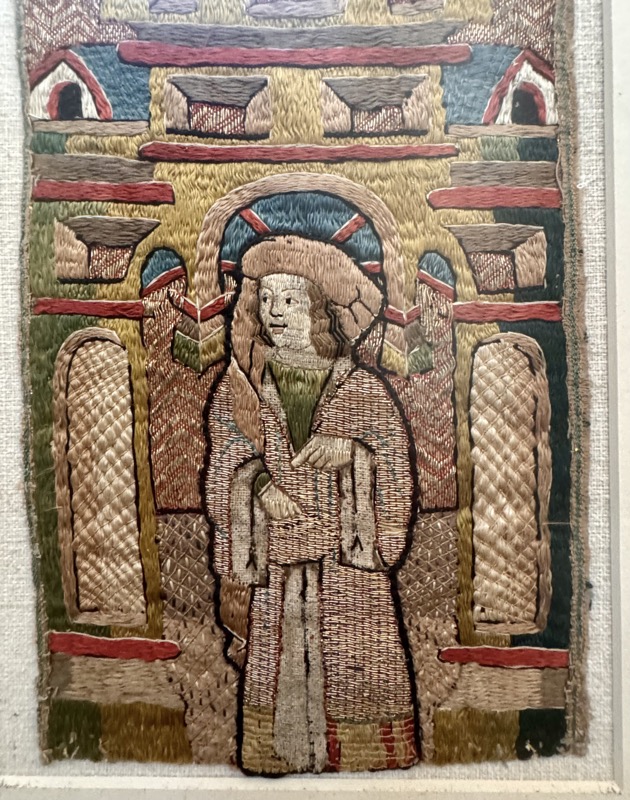
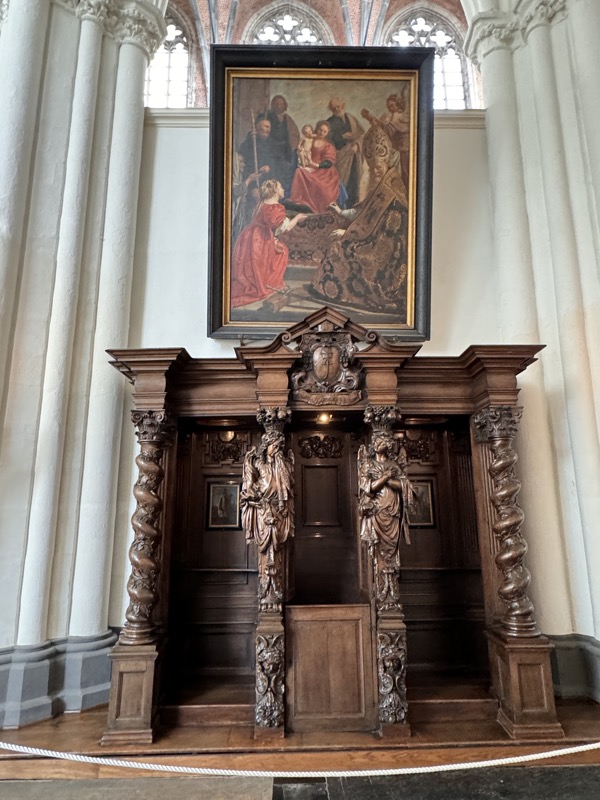

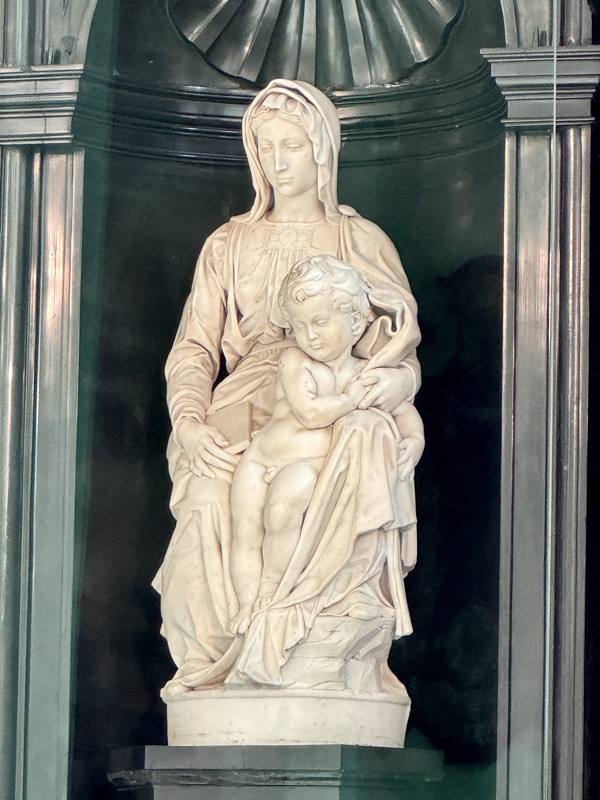
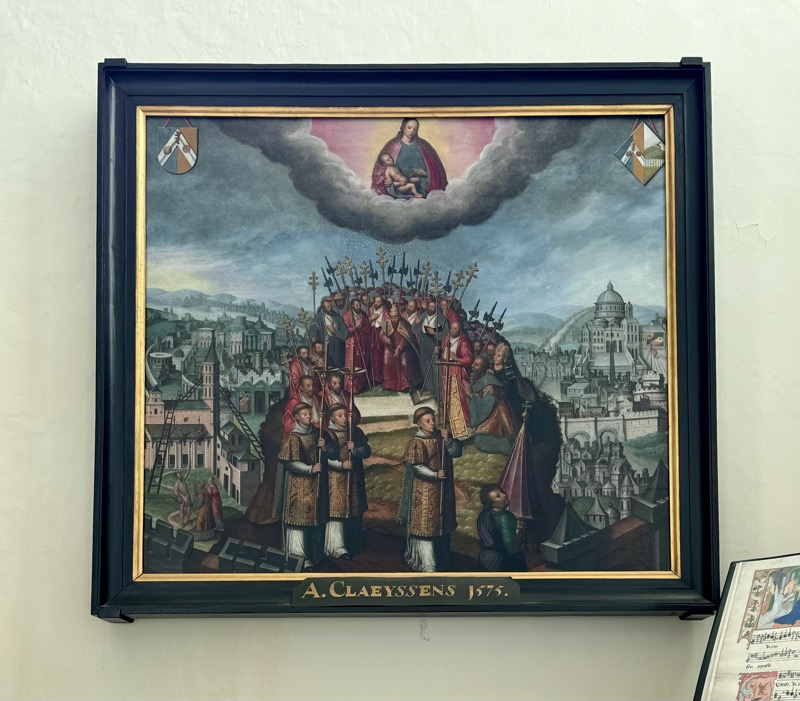
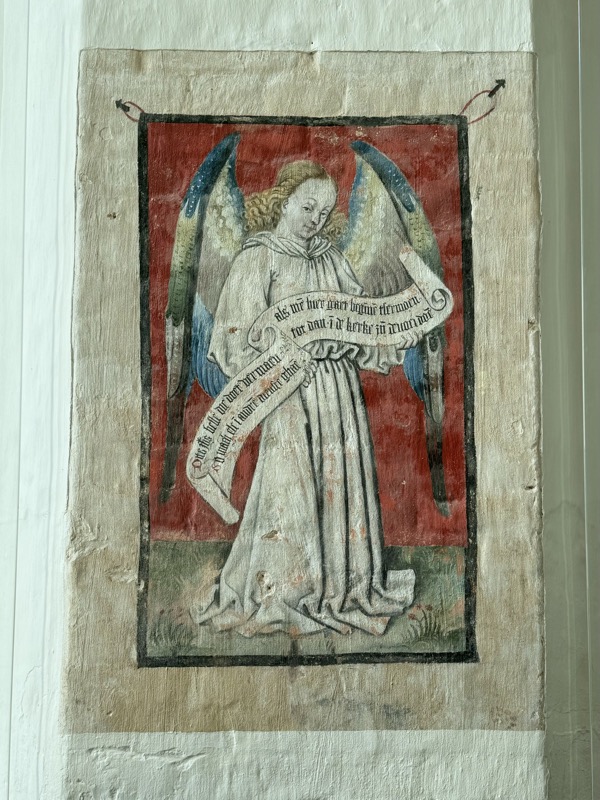
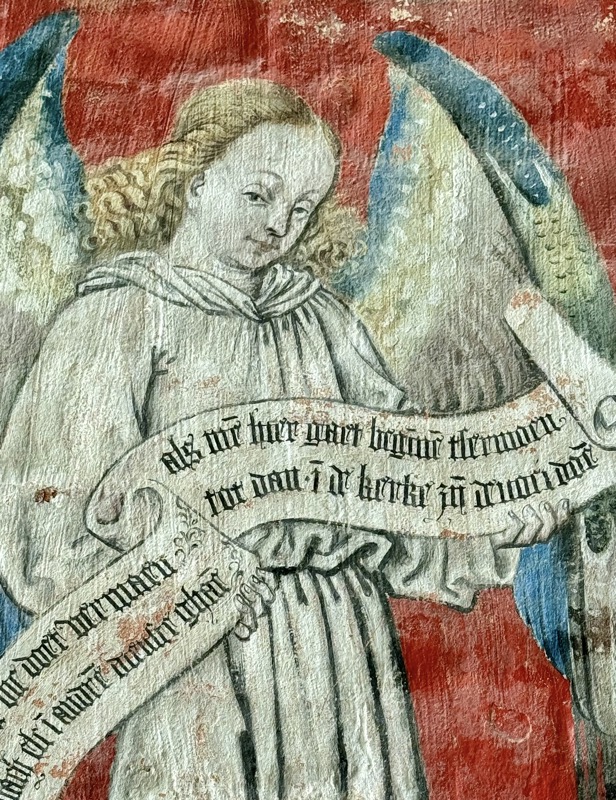
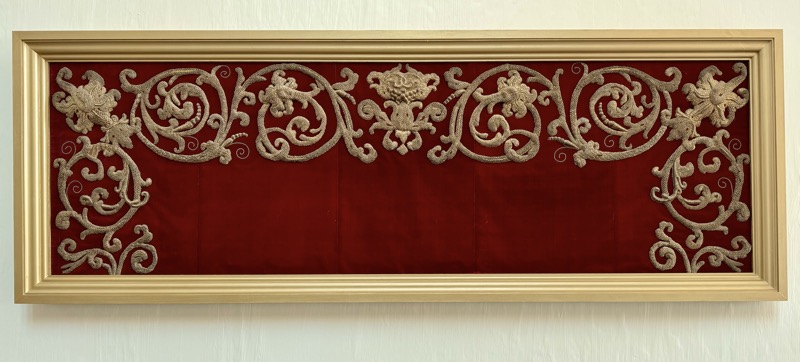
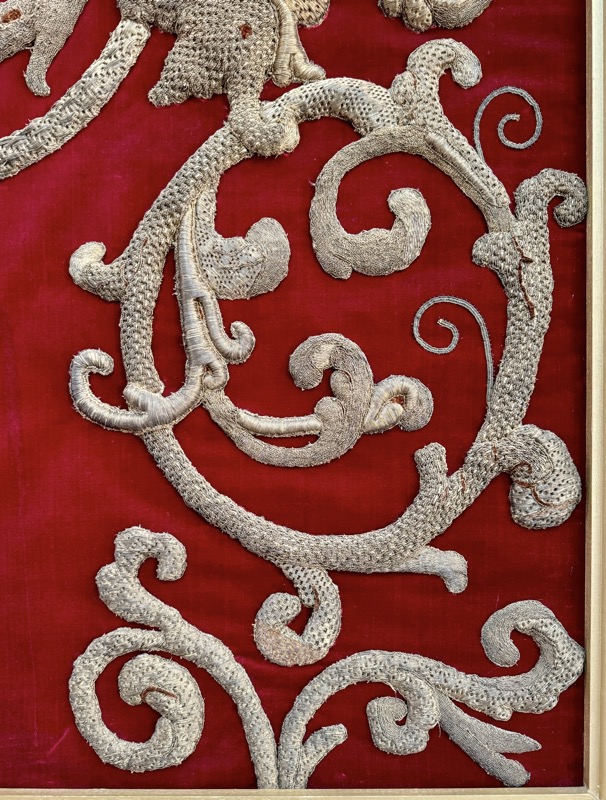
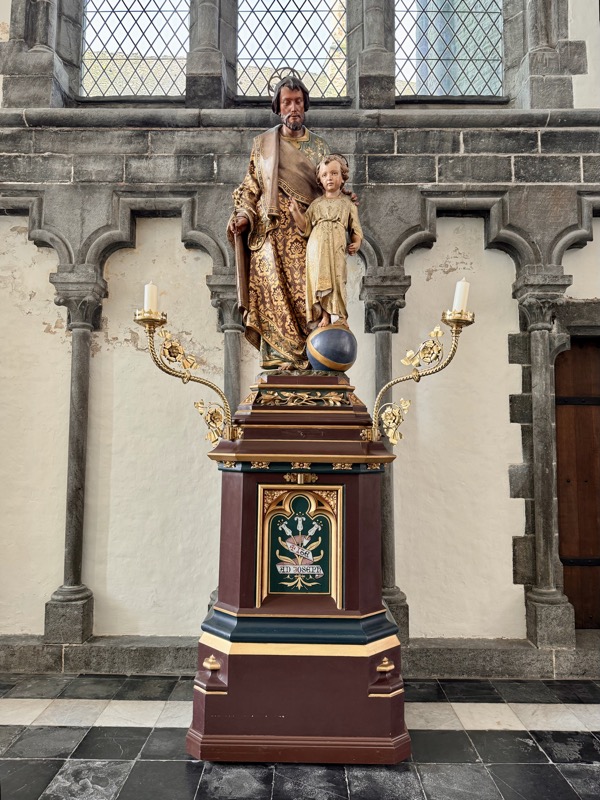
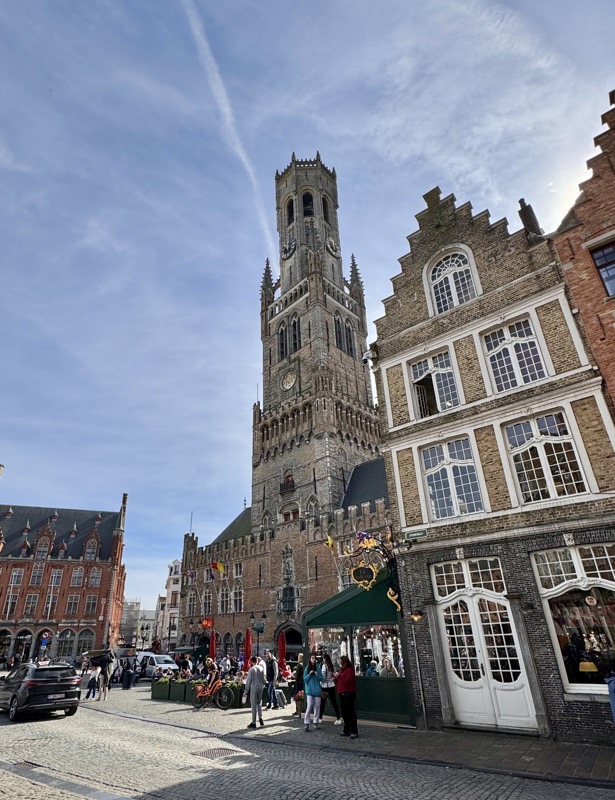
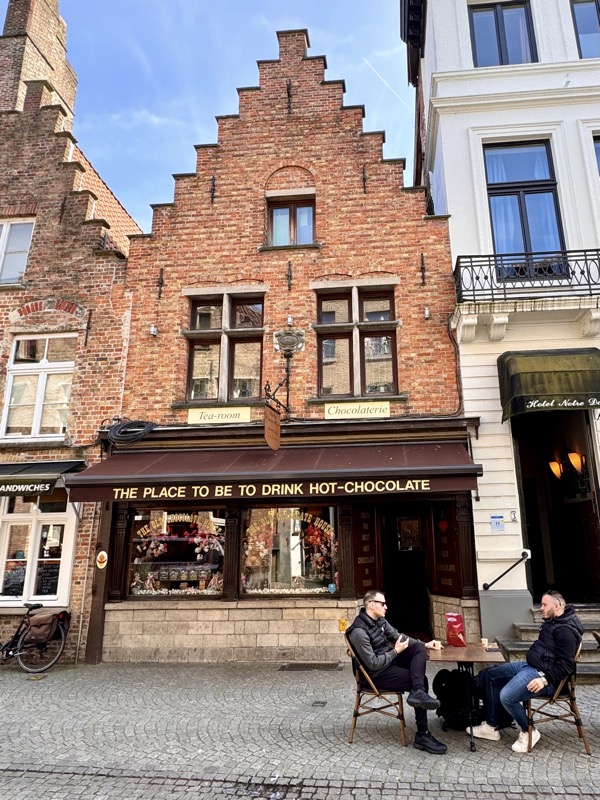
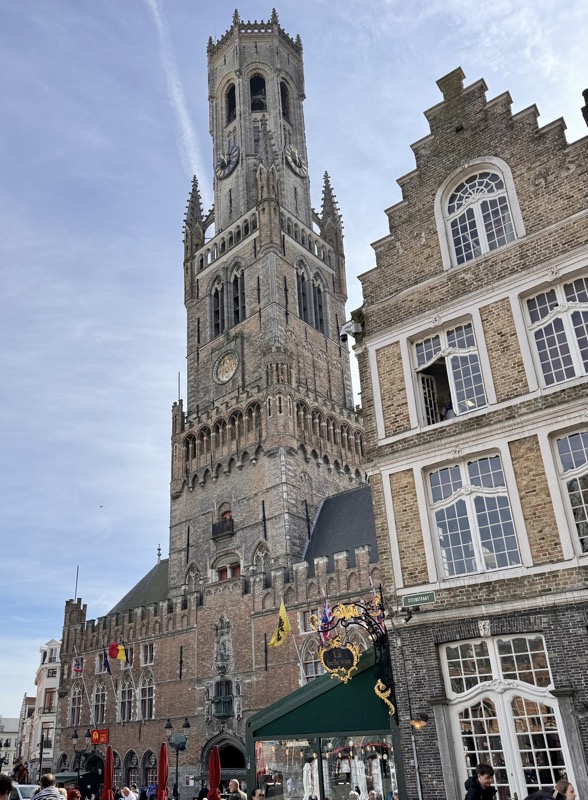
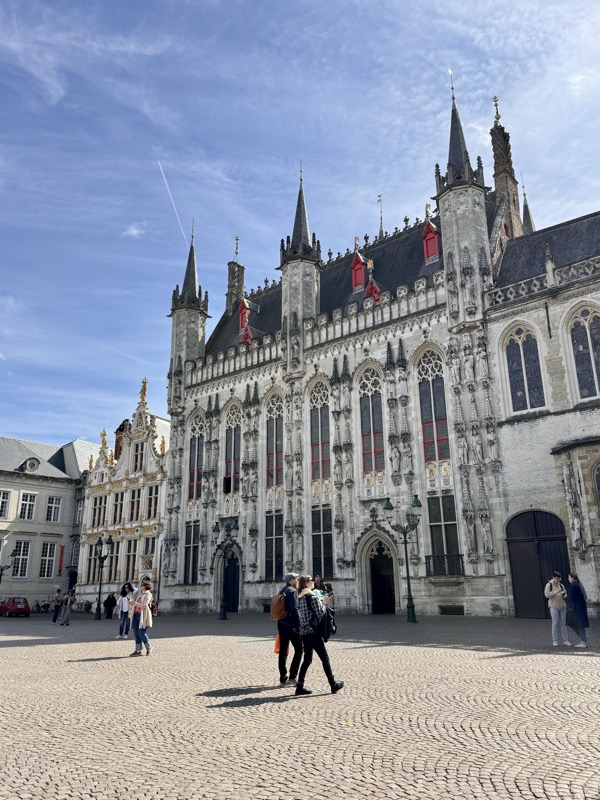
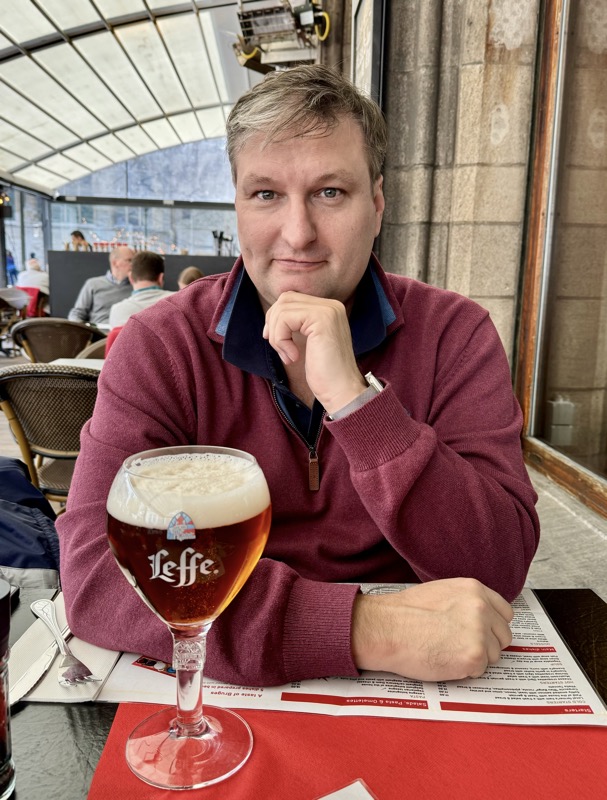
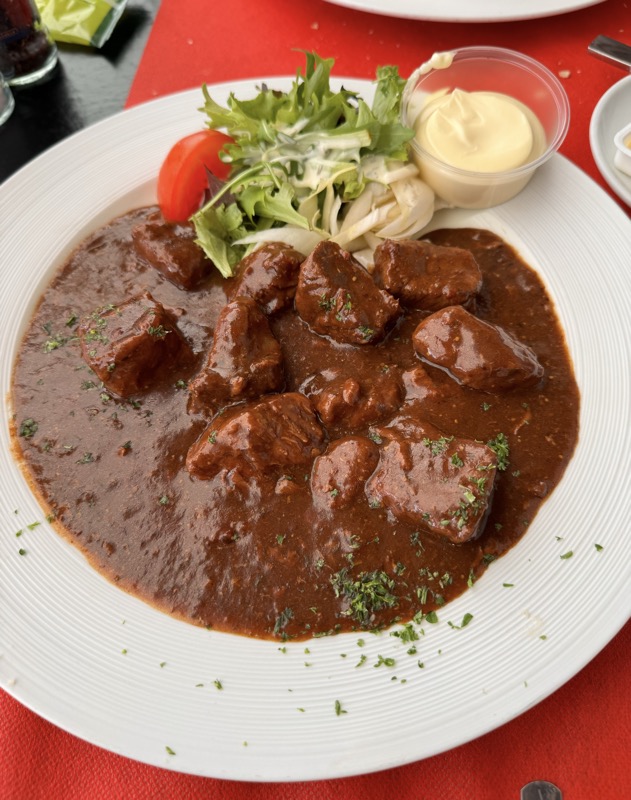
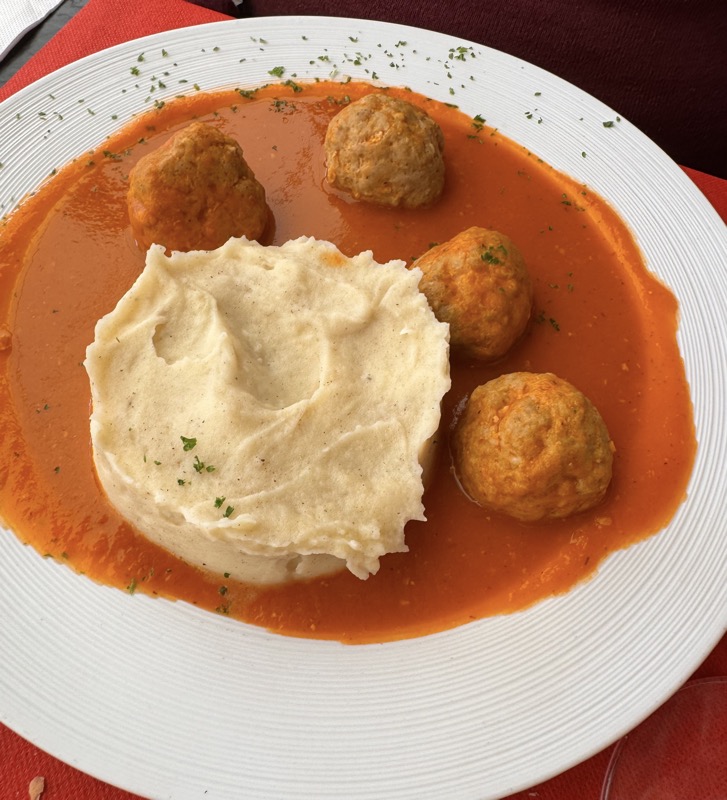
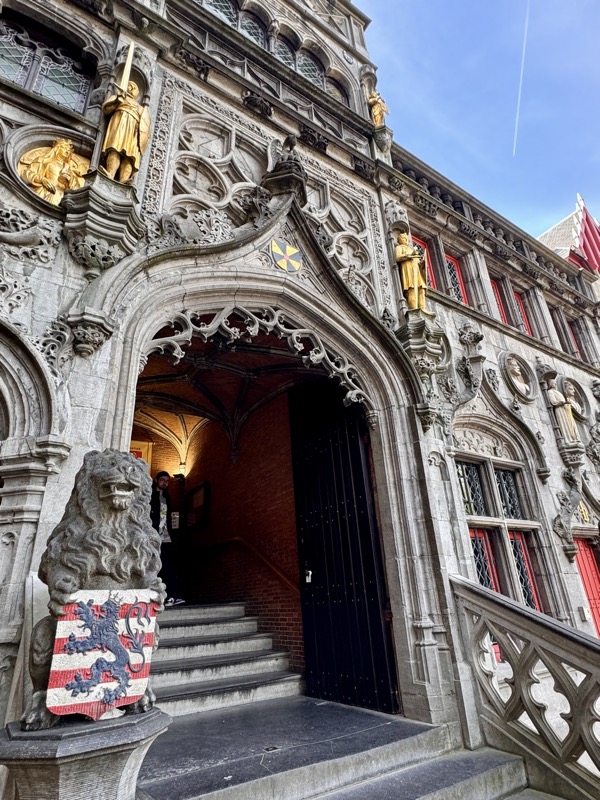
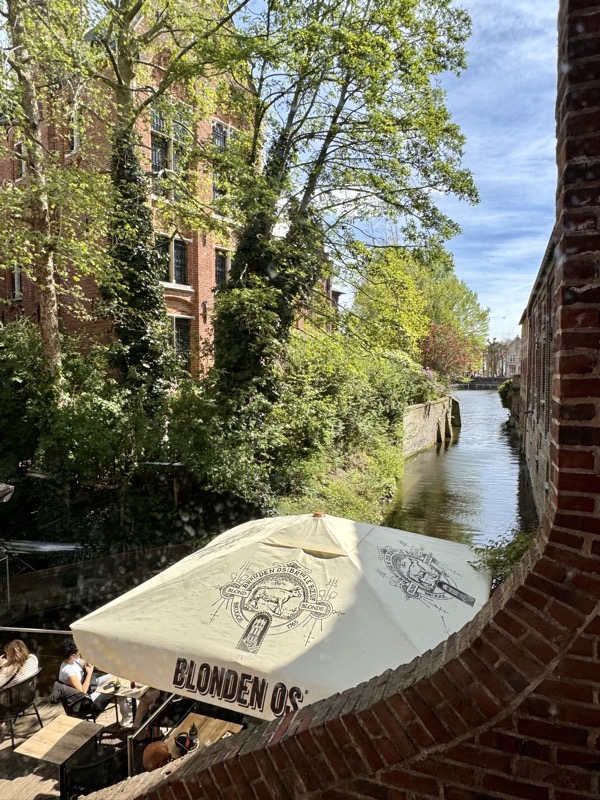
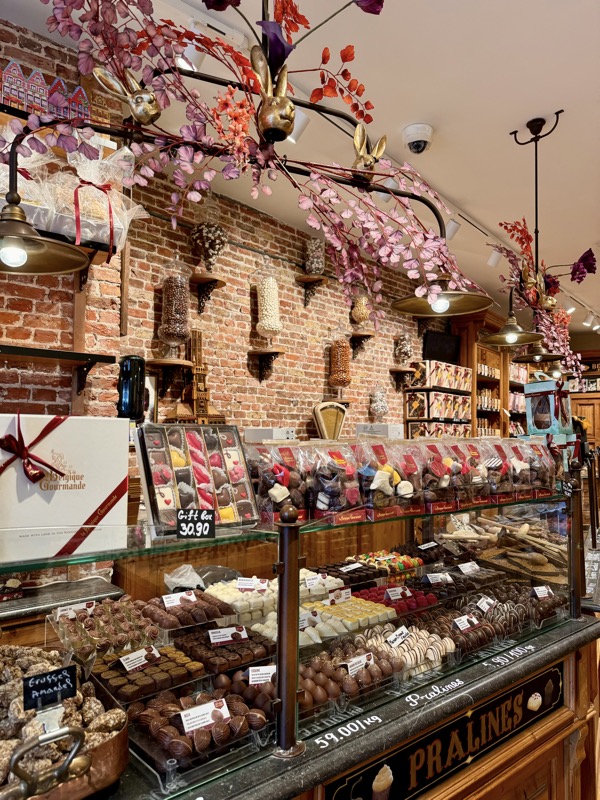
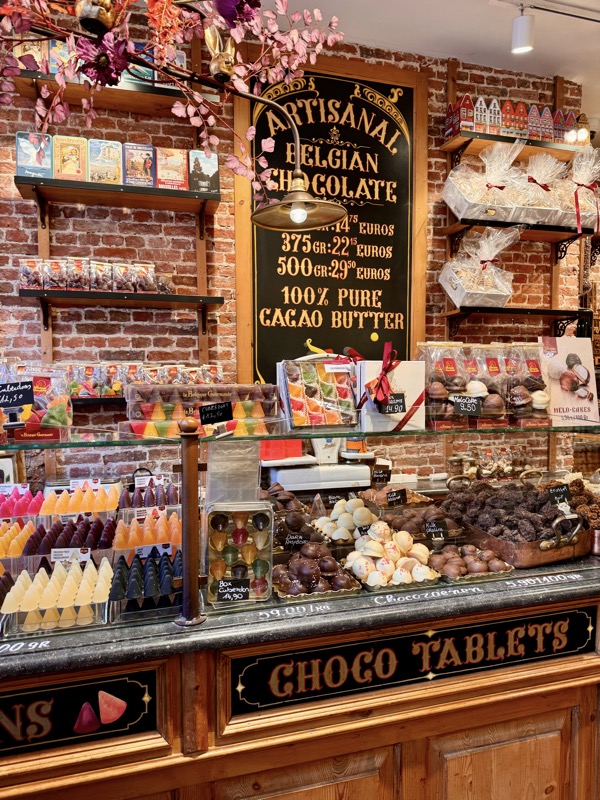
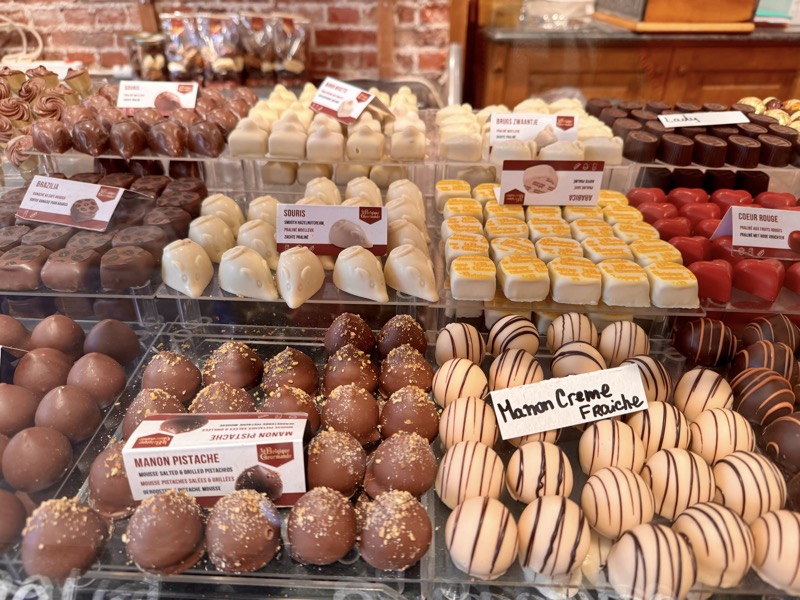
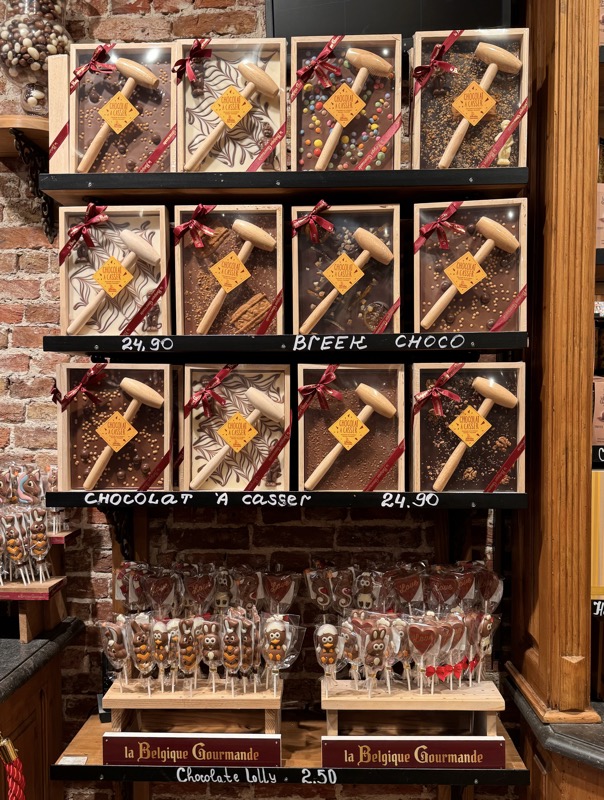
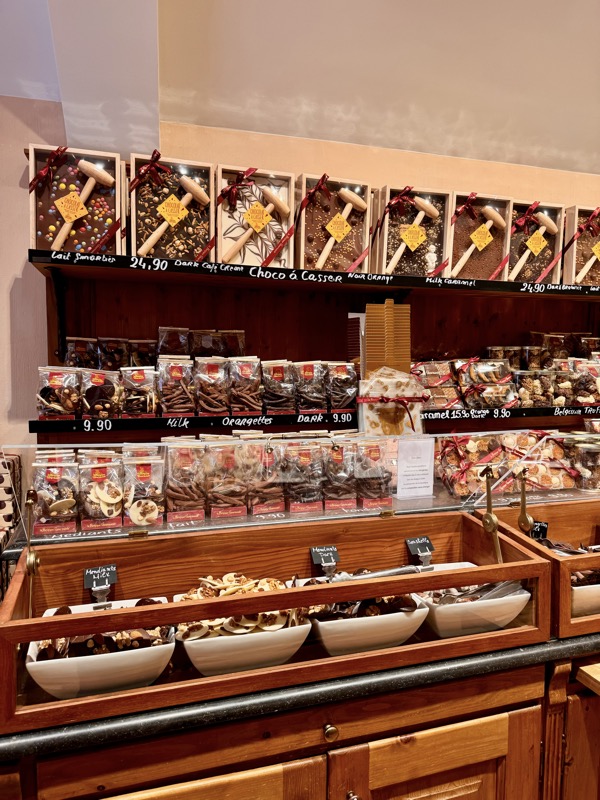
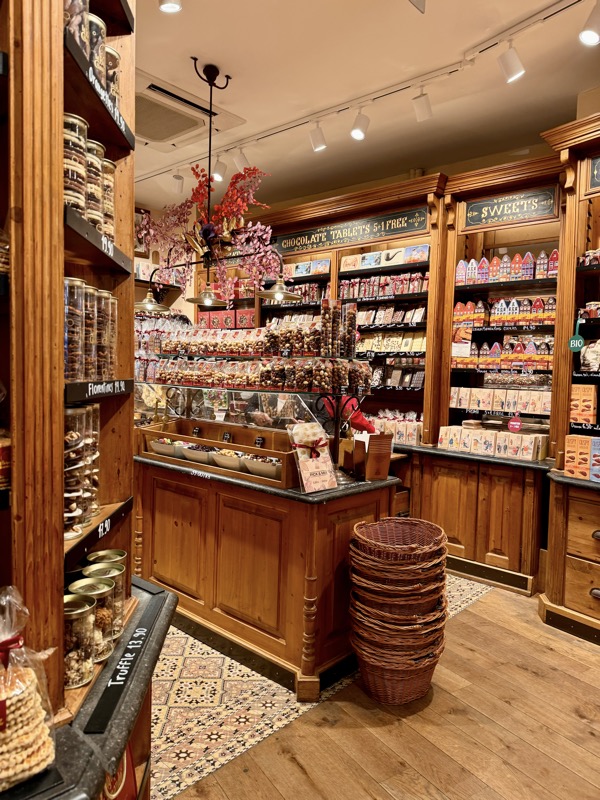
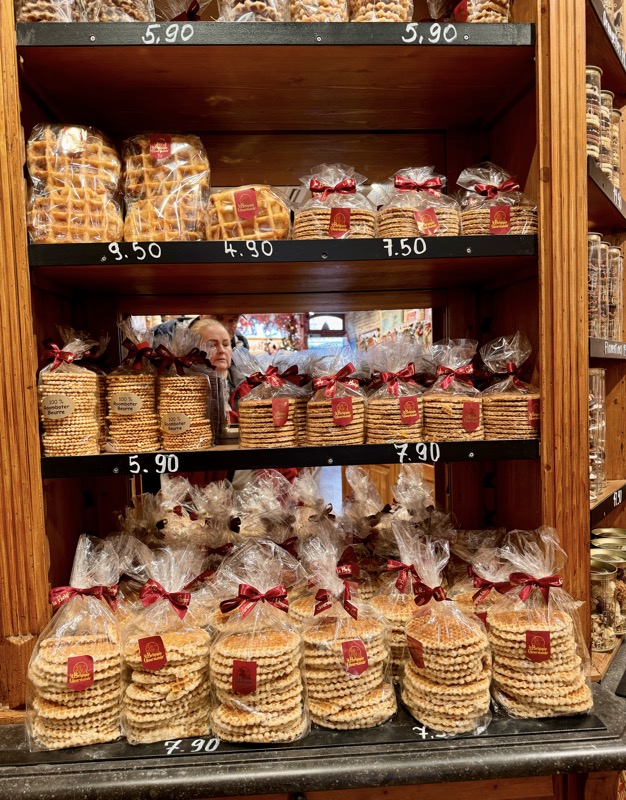
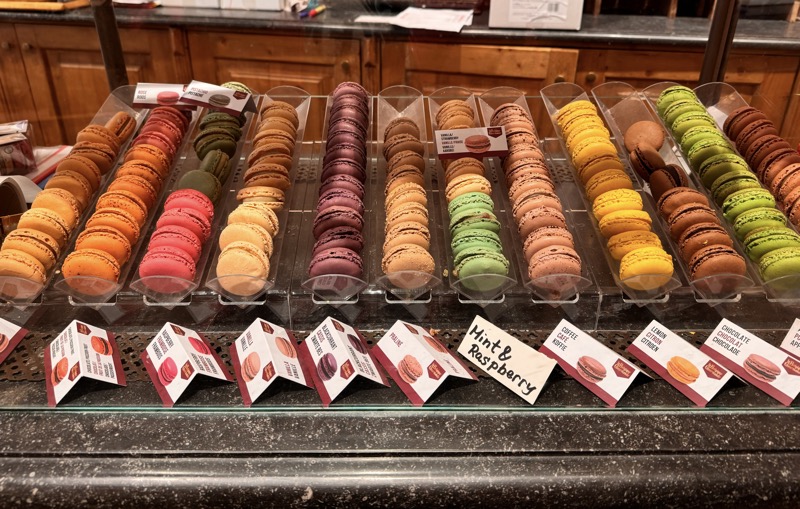
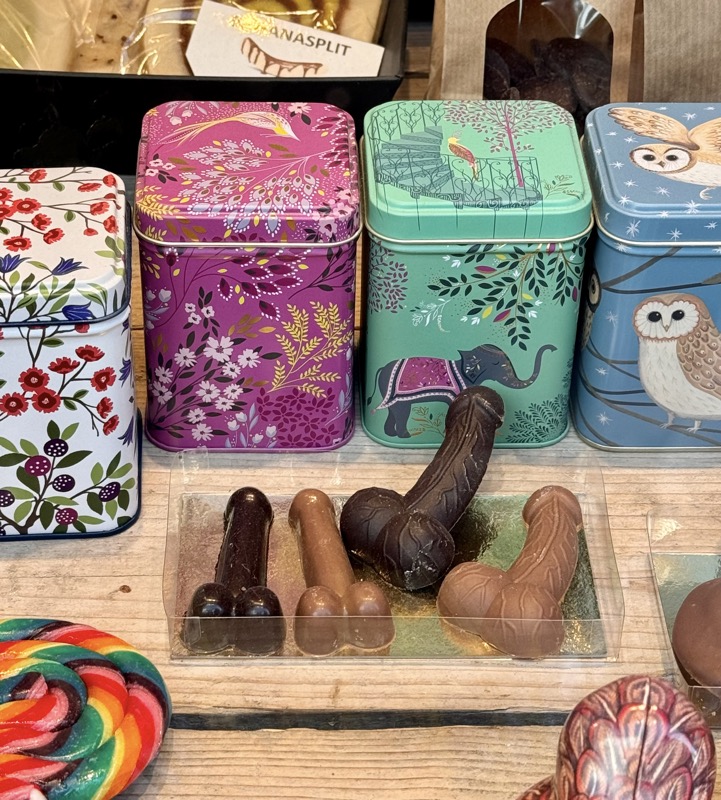
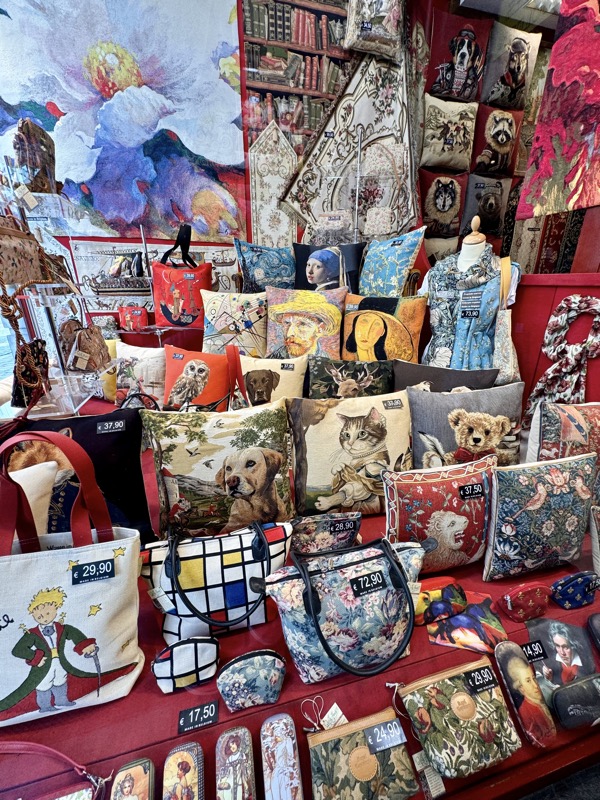
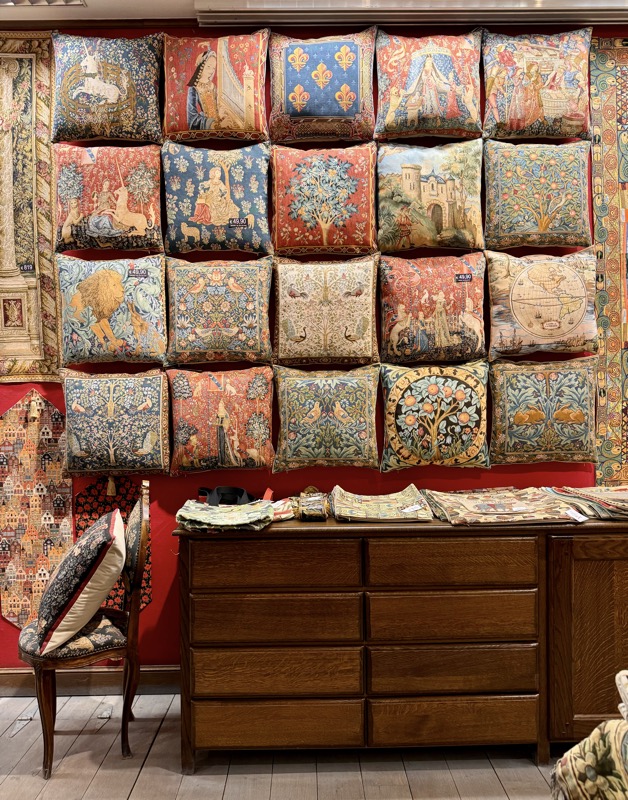
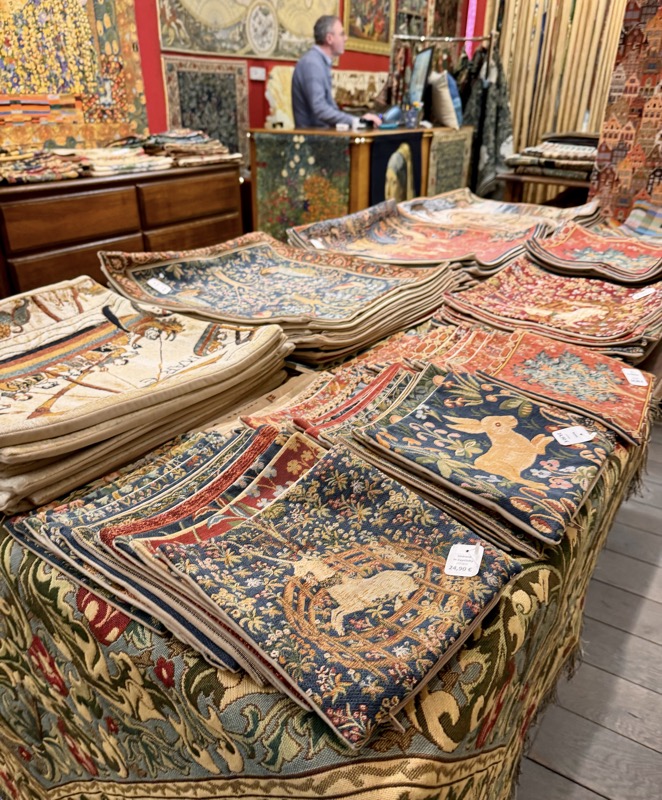
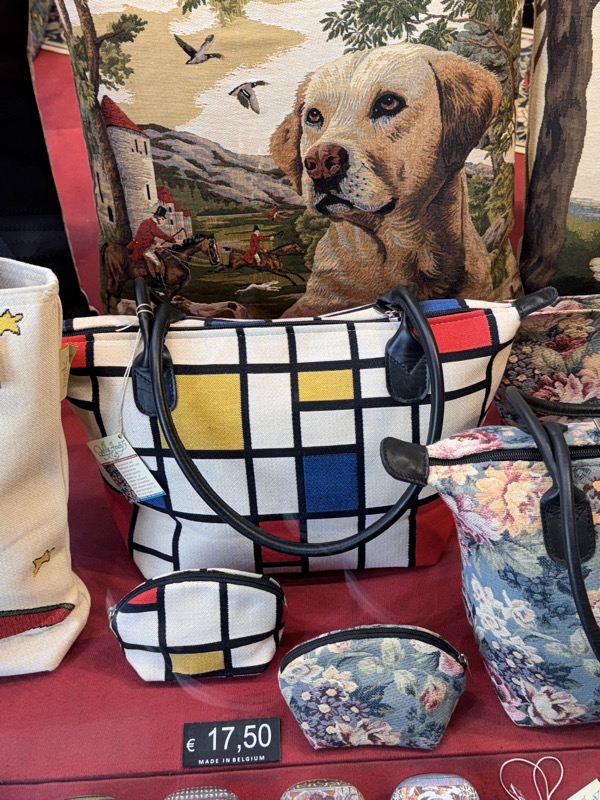
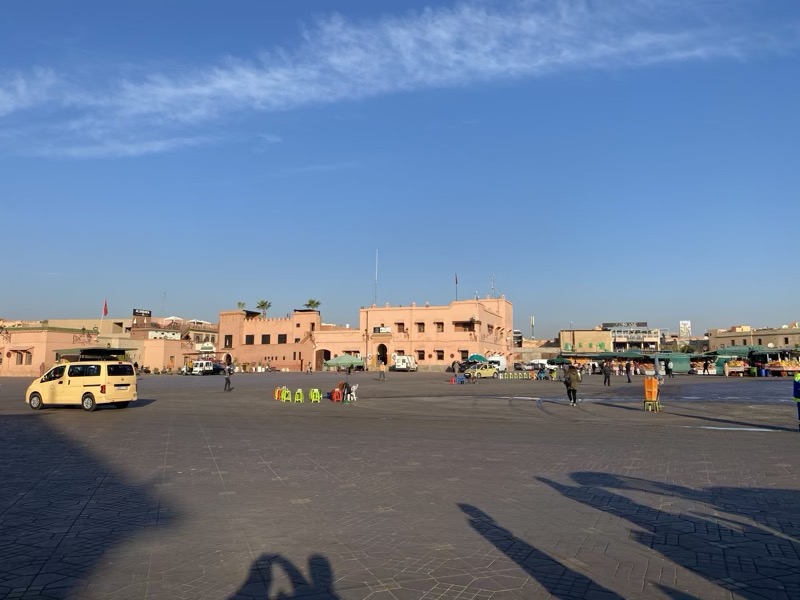 Gone was the soundstage with the makeshift concert venue set up for 40,000 people, gone were most of the snake charmers, monkey handlers, watermen, spruikers, and the heaving tide of humanity that we pushed through when we were here last. The place was just eeriely quiet. This is 10am on a Tuesday in Marrakech’s main square!
Gone was the soundstage with the makeshift concert venue set up for 40,000 people, gone were most of the snake charmers, monkey handlers, watermen, spruikers, and the heaving tide of humanity that we pushed through when we were here last. The place was just eeriely quiet. This is 10am on a Tuesday in Marrakech’s main square!

 Literally, shop after shop, empty.
Literally, shop after shop, empty.


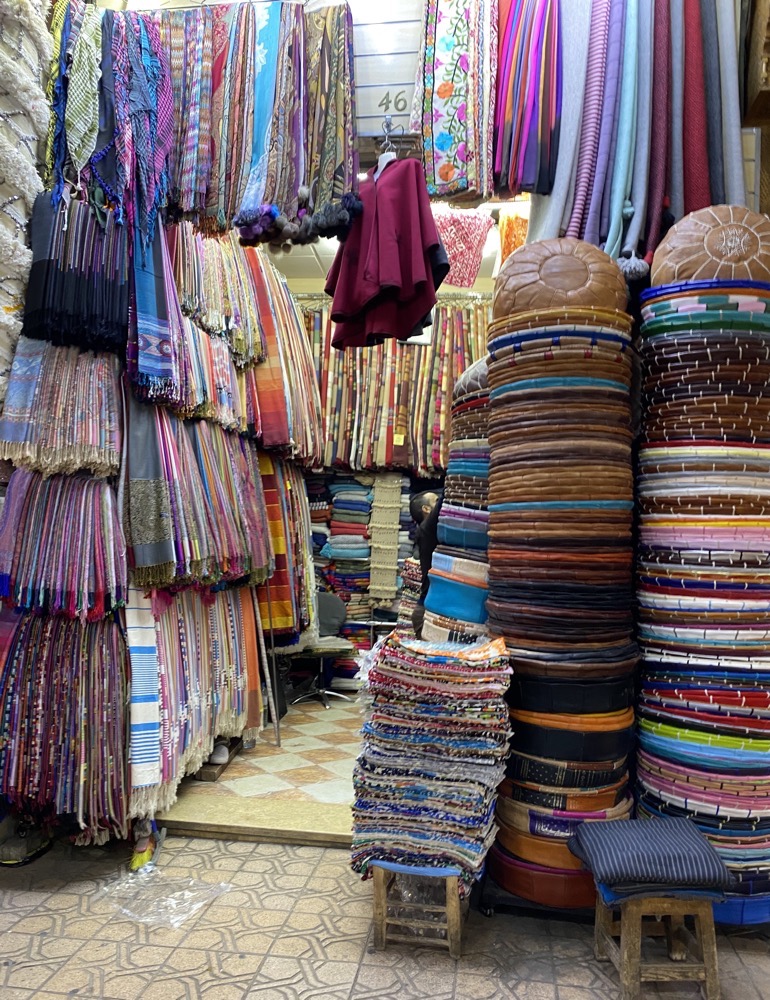 After our rather quiet (and I have to admit, pleasant) trip into the medina, we went to pick up some laundry and do a few errands before it was back to the hotel to play Tetris with the luggage – that’s always my job. Making it all fit in. We normally make sure we don’t buy things that need to be declared when coming back into Australia – it always just reeks of too much effort when you’re shattered from the long haul, but the handicrafts here have defeated us and we have several things that need to be declared, so I have carefully packed those for easy access at customs.
After our rather quiet (and I have to admit, pleasant) trip into the medina, we went to pick up some laundry and do a few errands before it was back to the hotel to play Tetris with the luggage – that’s always my job. Making it all fit in. We normally make sure we don’t buy things that need to be declared when coming back into Australia – it always just reeks of too much effort when you’re shattered from the long haul, but the handicrafts here have defeated us and we have several things that need to be declared, so I have carefully packed those for easy access at customs. Spent the afternoon getting some work underway and packing. After that, though, we were too stuffed to go out to hunt and gather for food. So this is what we ordered from room service at our hotel – a Scillian pizza (with way too much capsicum and missing the requested anchovies), a kefta tagine (which was very tasty) and some Moroccan goats cheese and herb briouats (little filo pastry pies). It was extremely tasty.
Spent the afternoon getting some work underway and packing. After that, though, we were too stuffed to go out to hunt and gather for food. So this is what we ordered from room service at our hotel – a Scillian pizza (with way too much capsicum and missing the requested anchovies), a kefta tagine (which was very tasty) and some Moroccan goats cheese and herb briouats (little filo pastry pies). It was extremely tasty. After this, we managed to find a movie on the TV, (‘Man on a Ledge’, in English) and aimed for an early night. So much for that! Woke up at 04:17 and haven’t been able to get back to sleep which seriously sucks when I am facing a 24hr+ transit starting around 11:00. :/
After this, we managed to find a movie on the TV, (‘Man on a Ledge’, in English) and aimed for an early night. So much for that! Woke up at 04:17 and haven’t been able to get back to sleep which seriously sucks when I am facing a 24hr+ transit starting around 11:00. :/ Our room is the bottom one here – we were given the top floor, but gave it to Tess and Karl when I decided I didn’t really feel like walking up six flights of stairs every time we came and went from our room.
Our room is the bottom one here – we were given the top floor, but gave it to Tess and Karl when I decided I didn’t really feel like walking up six flights of stairs every time we came and went from our room. After breakfast, we ran into Jake and Tyson, who were chilling out using the wifi in a little fabric lined antechamber off the hotel lobby. They’re from California, both in college and travelling with their lovely grandparents, Chris and Allan. They’re really nice guys, though sometimes listening to how they talk to each other makes me laugh. They’re sure making themselves comfortable…
After breakfast, we ran into Jake and Tyson, who were chilling out using the wifi in a little fabric lined antechamber off the hotel lobby. They’re from California, both in college and travelling with their lovely grandparents, Chris and Allan. They’re really nice guys, though sometimes listening to how they talk to each other makes me laugh. They’re sure making themselves comfortable… 
 Christian may be the only person we beat to breakfast, he’s from Quebec, and here he is looking out over the view from the terrace restaurant.
Christian may be the only person we beat to breakfast, he’s from Quebec, and here he is looking out over the view from the terrace restaurant.
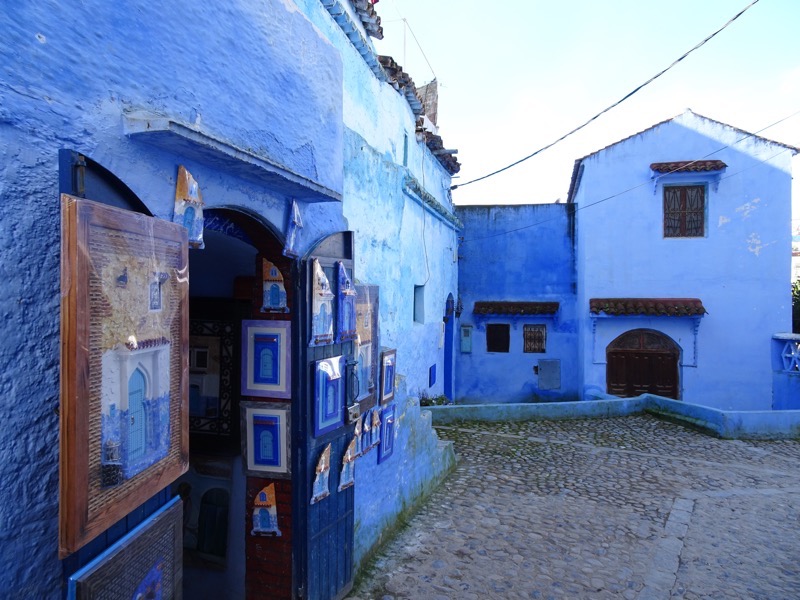 On our way to the telco, we wandered through some more residential type areas, which were just as blue as the main touristy streets.
On our way to the telco, we wandered through some more residential type areas, which were just as blue as the main touristy streets.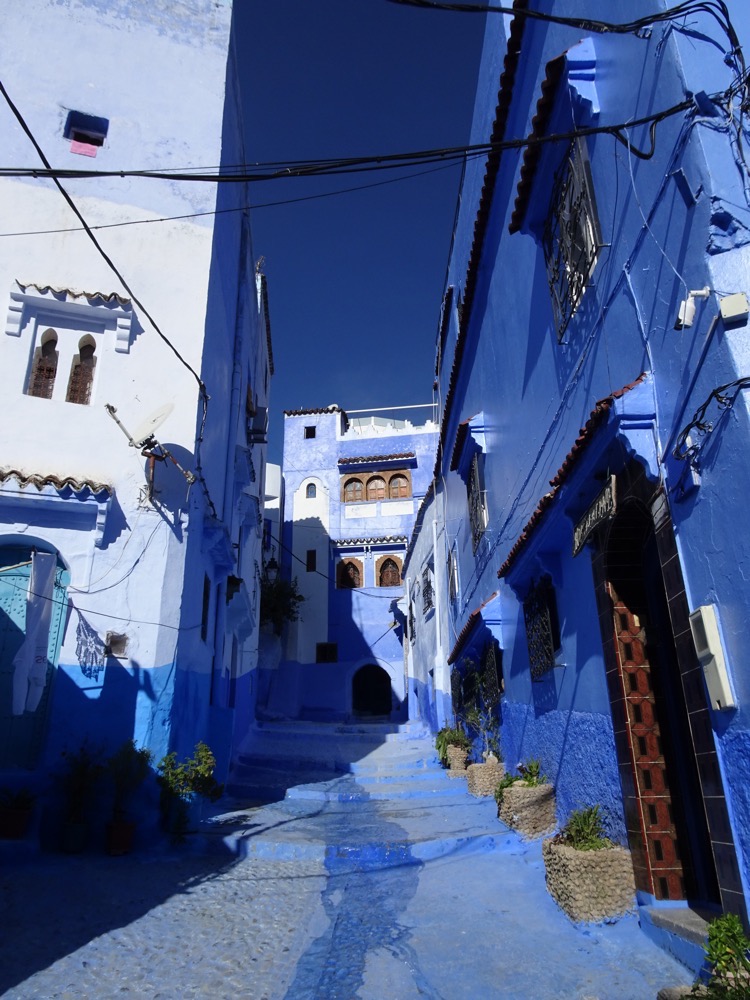 We met a lovely lady at the Maroc Telecom who was able to assist me with my 4G problem, in spite of my halting French. She told me that my SIM wasn’t properly activated and promptly fixed it. Service with a smile from a telco – who knew such things even existed? After we left there, we decided to take a taxi around to the top of the springs where we pretty much started yesterday’s walk – it wasn’t much farther than we had just come, but it was all uphill through the very winding streets, and today was supposed to be a chill day – so we shelled out the exorbitant AUD$3 for a Petit Taxi. Got to the top and there were men selling photos with their birds… I managed to sneak a picture of the guy’s peacock – but the guy standing beside an ostrich taller than he was, eluded me.
We met a lovely lady at the Maroc Telecom who was able to assist me with my 4G problem, in spite of my halting French. She told me that my SIM wasn’t properly activated and promptly fixed it. Service with a smile from a telco – who knew such things even existed? After we left there, we decided to take a taxi around to the top of the springs where we pretty much started yesterday’s walk – it wasn’t much farther than we had just come, but it was all uphill through the very winding streets, and today was supposed to be a chill day – so we shelled out the exorbitant AUD$3 for a Petit Taxi. Got to the top and there were men selling photos with their birds… I managed to sneak a picture of the guy’s peacock – but the guy standing beside an ostrich taller than he was, eluded me.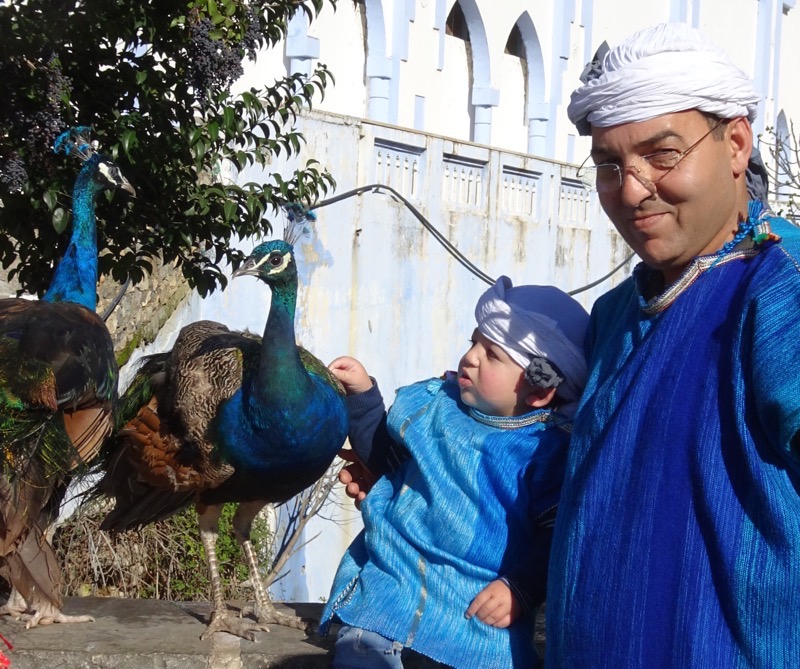 And so we wandered through the narrow pedestrian walkways of the medina checking out the wares lining the streets… so many beautiful handmade things, so many beautiful blue alleys and so many very fancy doorways.
And so we wandered through the narrow pedestrian walkways of the medina checking out the wares lining the streets… so many beautiful handmade things, so many beautiful blue alleys and so many very fancy doorways.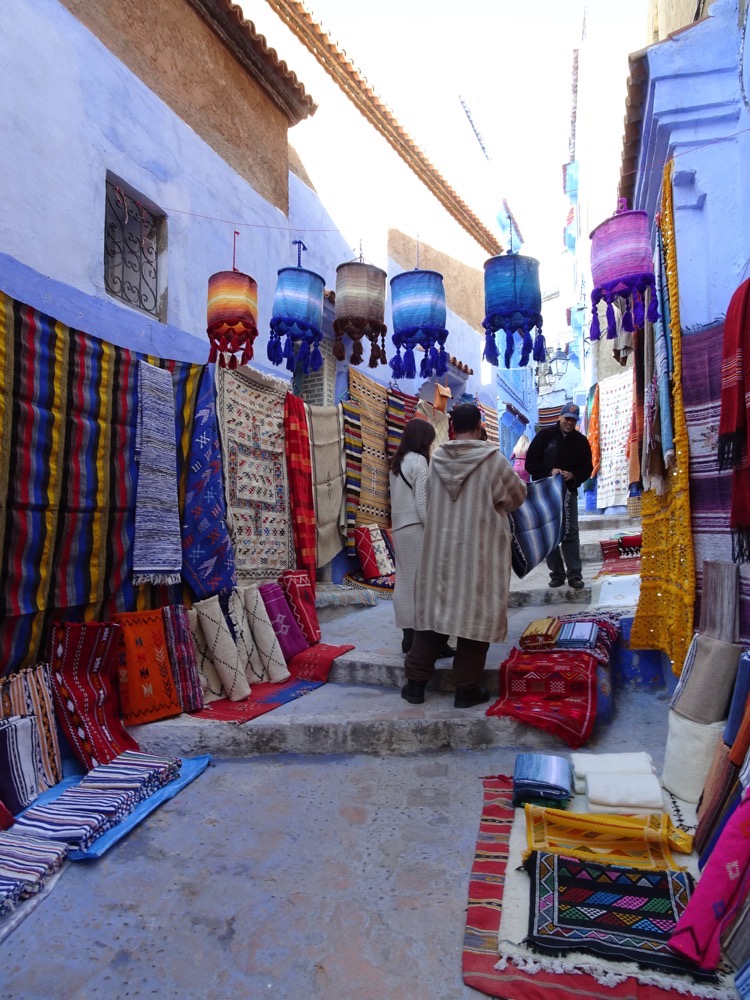 If felt like there were fewer people around this morning than yesterday evening – not sure if that was the case or if it was because we were trying to wander through the backstreets a bit more, but every time we stumbled back onto the main thoroughfares, it was not particularly crowded.
If felt like there were fewer people around this morning than yesterday evening – not sure if that was the case or if it was because we were trying to wander through the backstreets a bit more, but every time we stumbled back onto the main thoroughfares, it was not particularly crowded.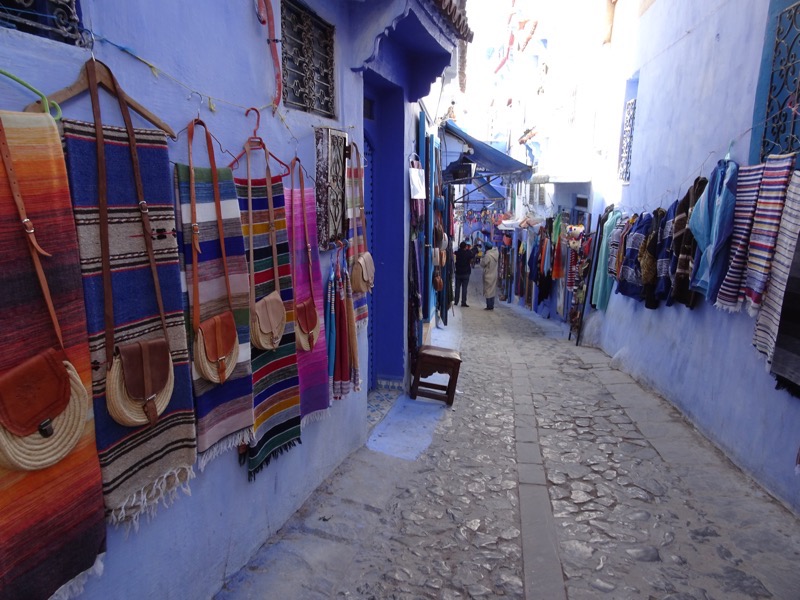
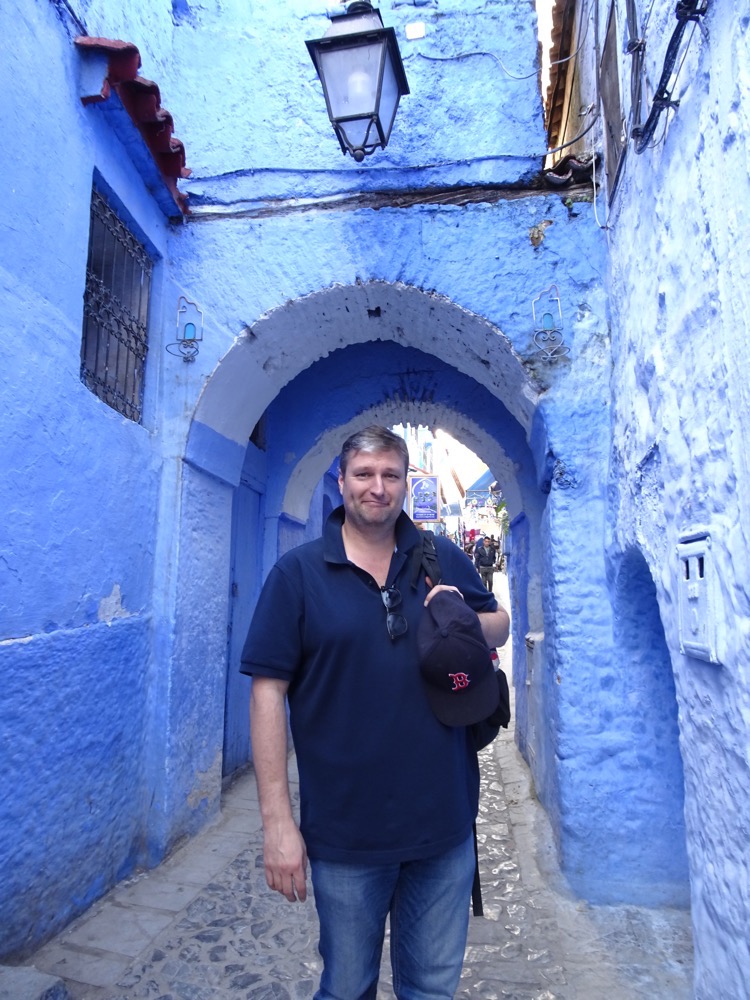
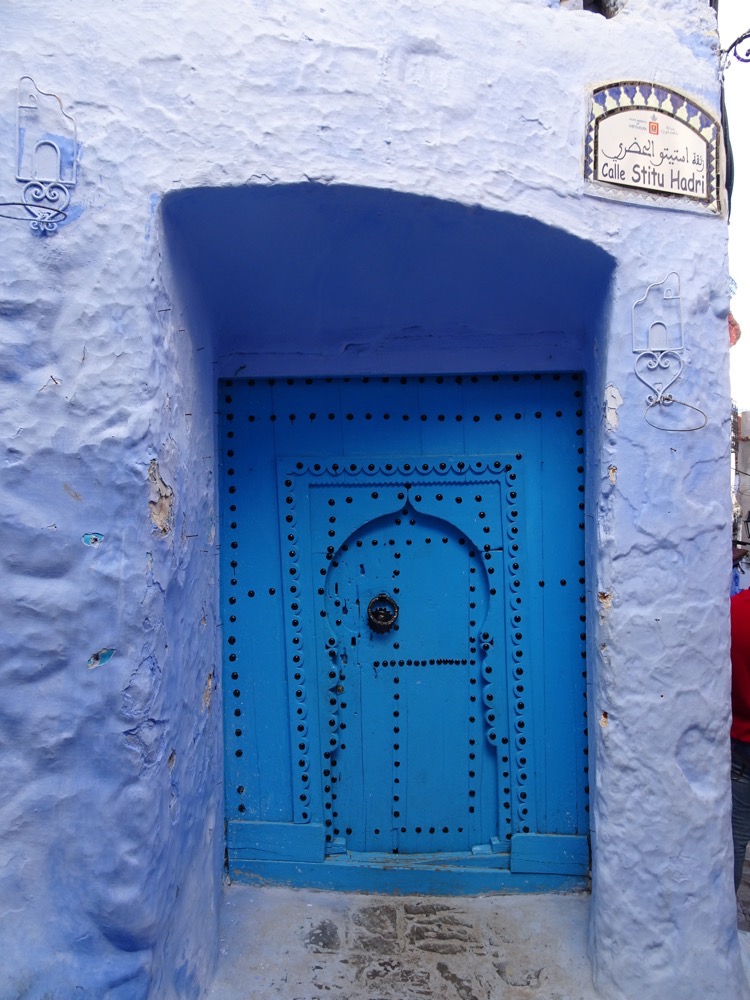
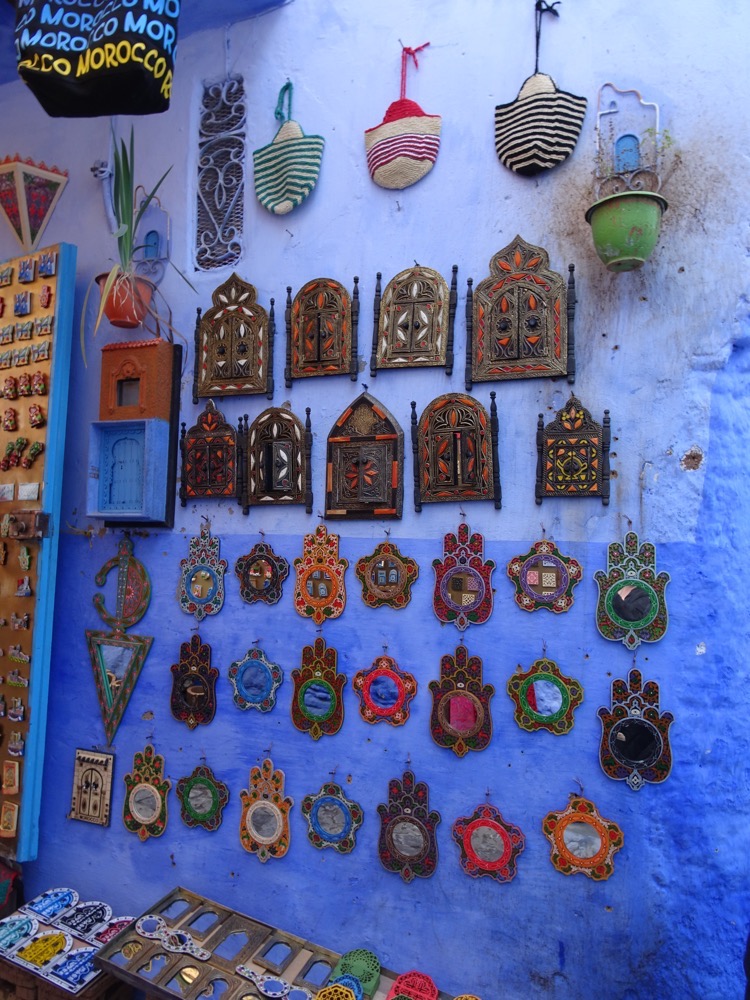 Very fancy and intricate painting on these doors… my image shrinker has lost a lot of the detail, unfortunately.
Very fancy and intricate painting on these doors… my image shrinker has lost a lot of the detail, unfortunately. 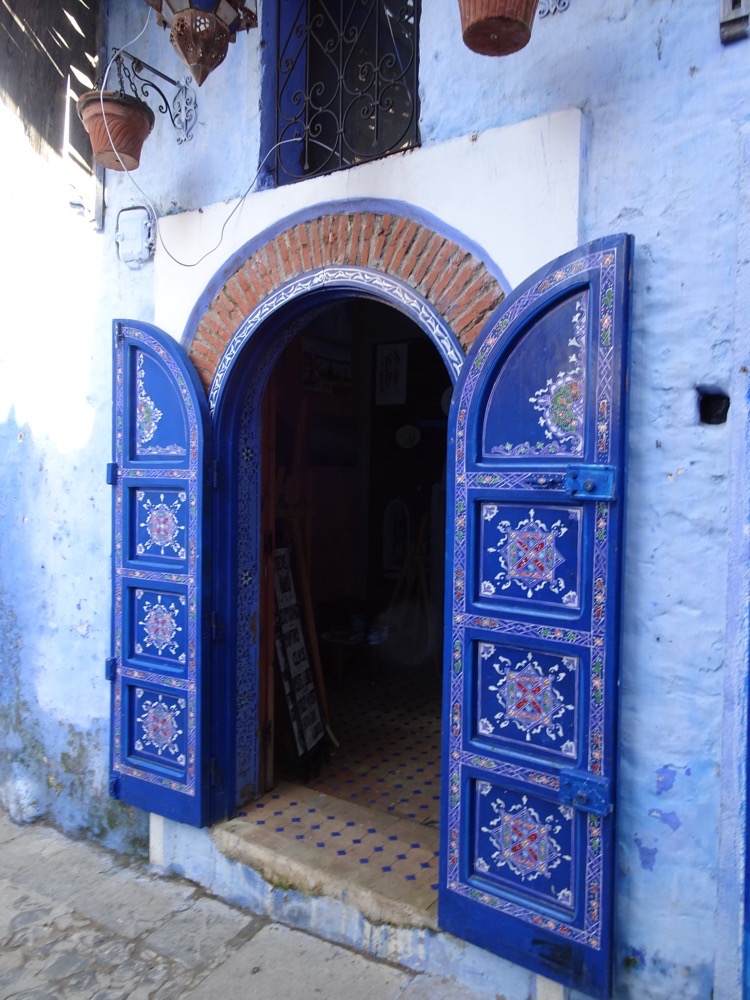 Souvenir hand-embroidered cloths.
Souvenir hand-embroidered cloths.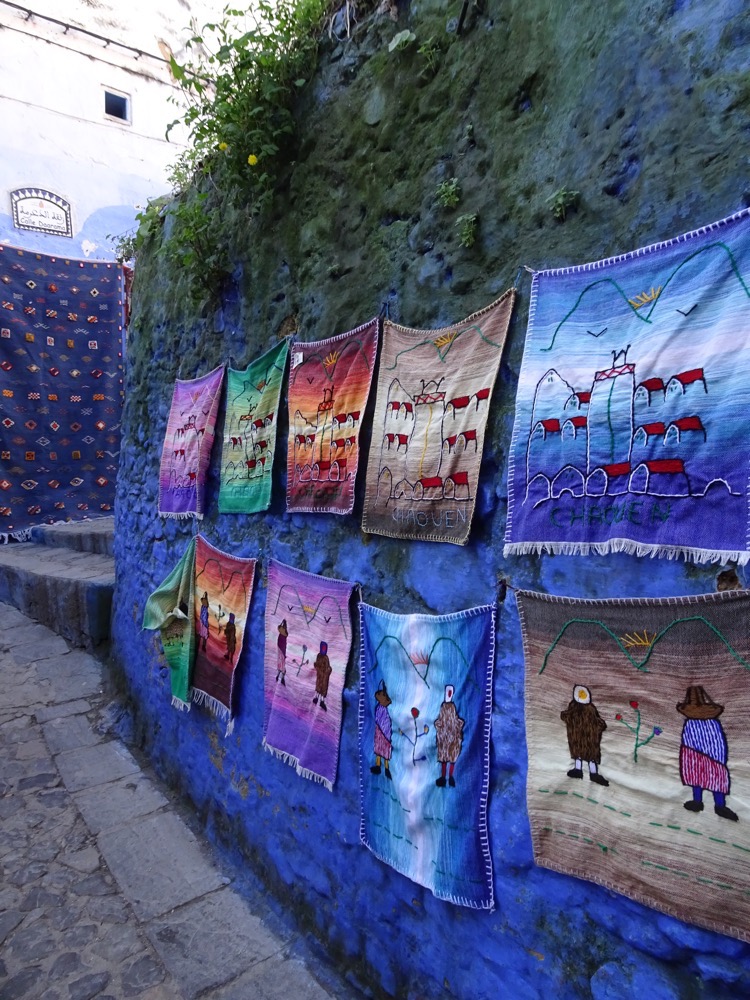 Me – standing in a very short, very blue, doorway.
Me – standing in a very short, very blue, doorway.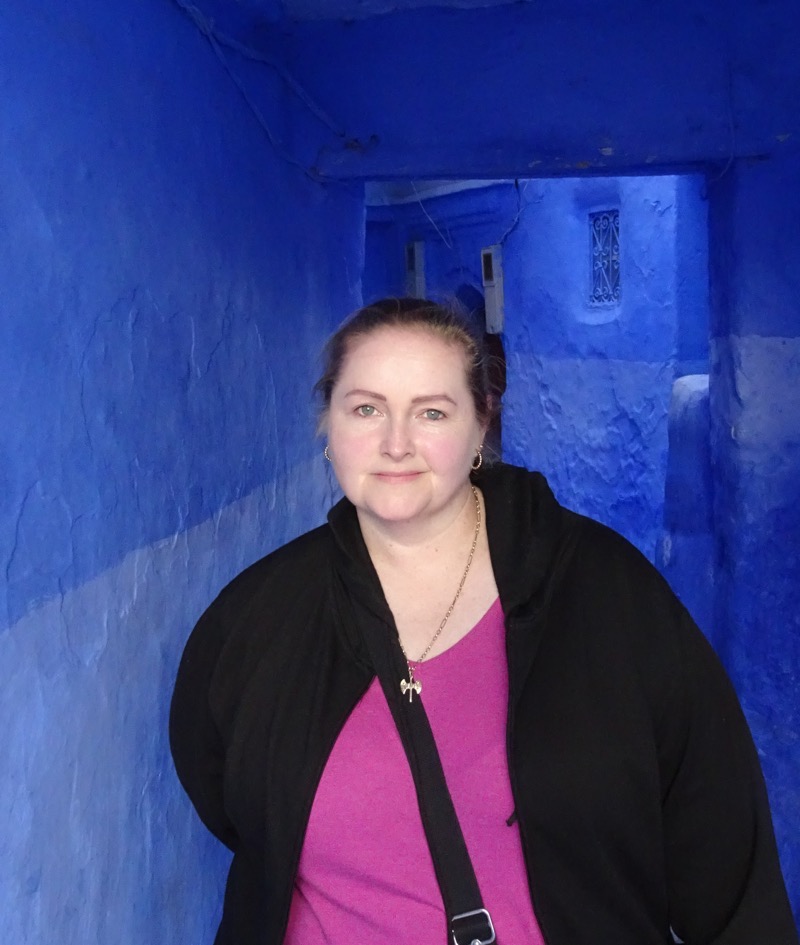
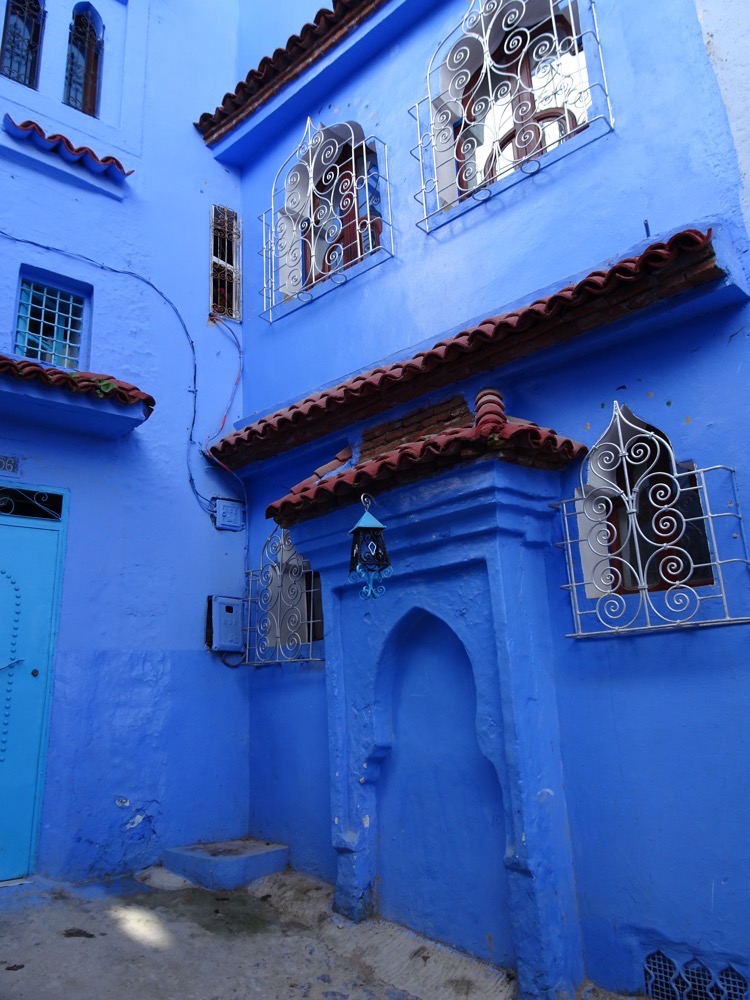 There were so many very funky hand-knitted beanies everywhere, and I had to stop myself from buying some – but, I think I’ve finally learned my lesson. That lesson being – *You live in Brisbane and it’s rarely cold, you do not need twenty bloody woollen beanies collected from every weird place you go to!*. Well, at least the lesson seems to have held up for today, we will see if it makes it intact through the entire trip.
There were so many very funky hand-knitted beanies everywhere, and I had to stop myself from buying some – but, I think I’ve finally learned my lesson. That lesson being – *You live in Brisbane and it’s rarely cold, you do not need twenty bloody woollen beanies collected from every weird place you go to!*. Well, at least the lesson seems to have held up for today, we will see if it makes it intact through the entire trip.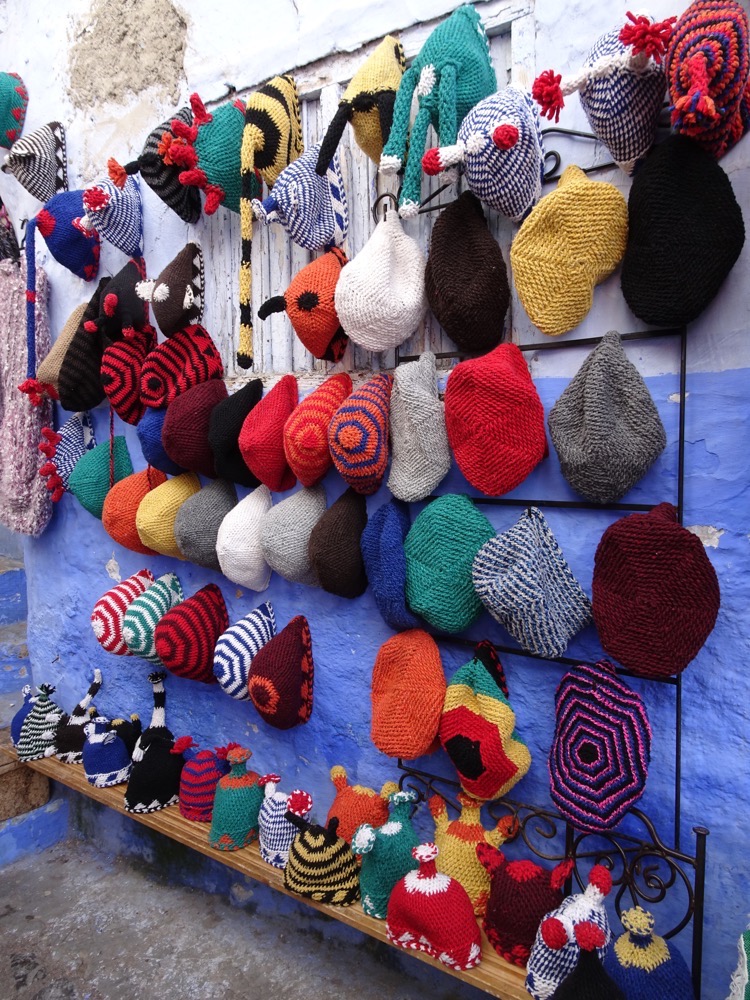
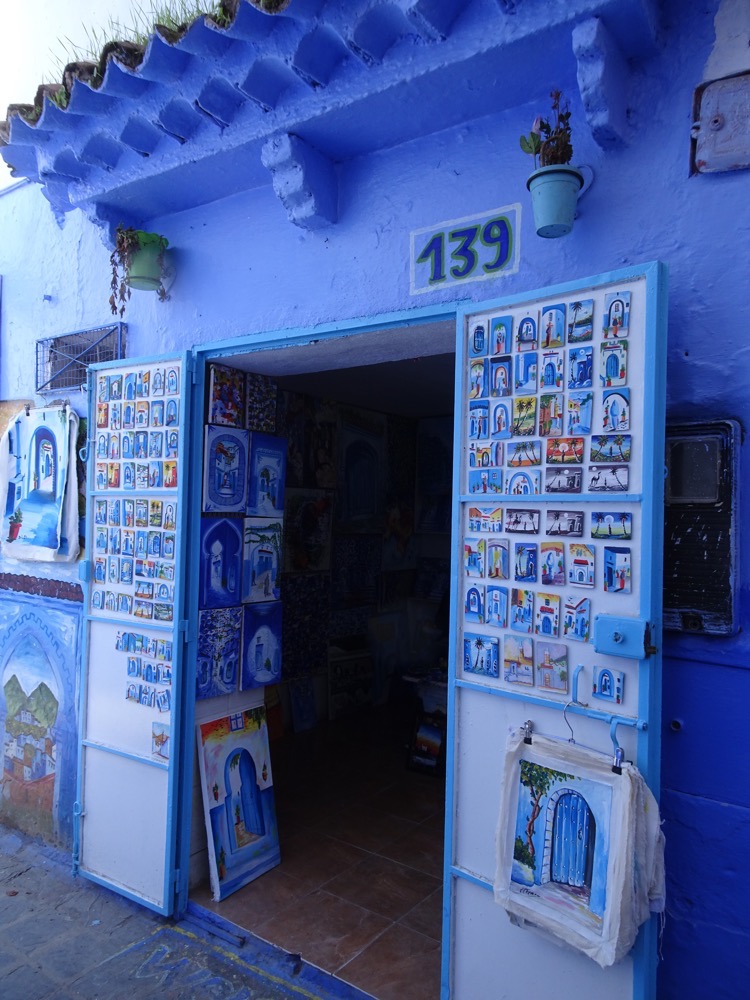 This fountain is fed from the beautiful fresh and clean spring that we went to yesterday, though I have no idea what they have been washing here to make it look so unappealing. Don’t care how clean the water is supposed to be, there’s no way I would fill my bottle from this fountain!
This fountain is fed from the beautiful fresh and clean spring that we went to yesterday, though I have no idea what they have been washing here to make it look so unappealing. Don’t care how clean the water is supposed to be, there’s no way I would fill my bottle from this fountain!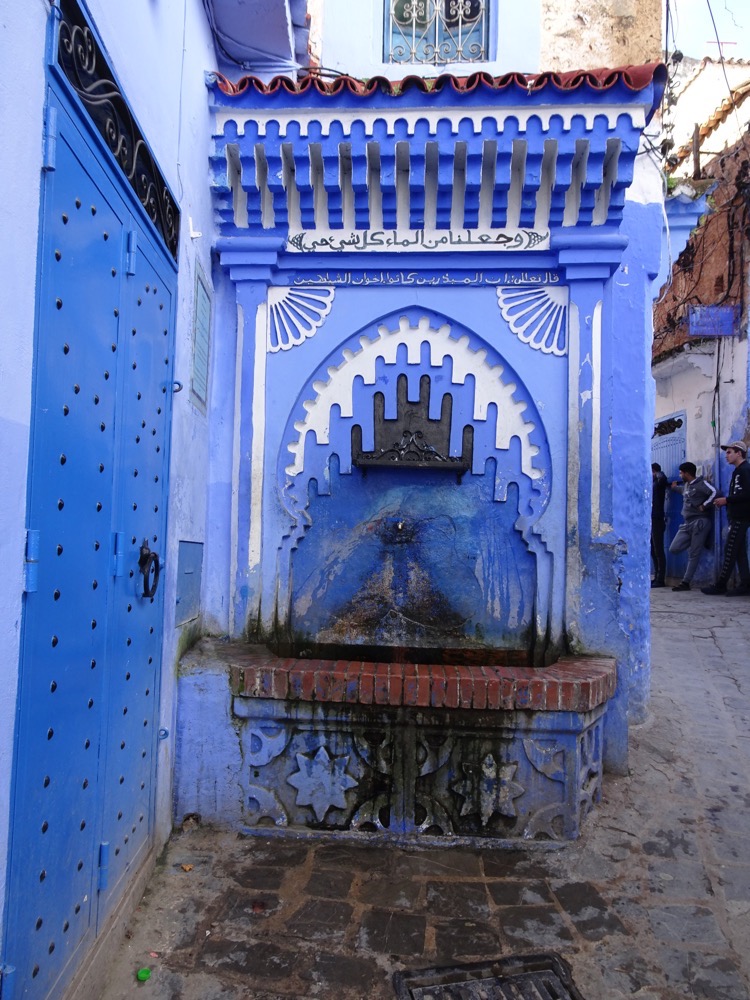
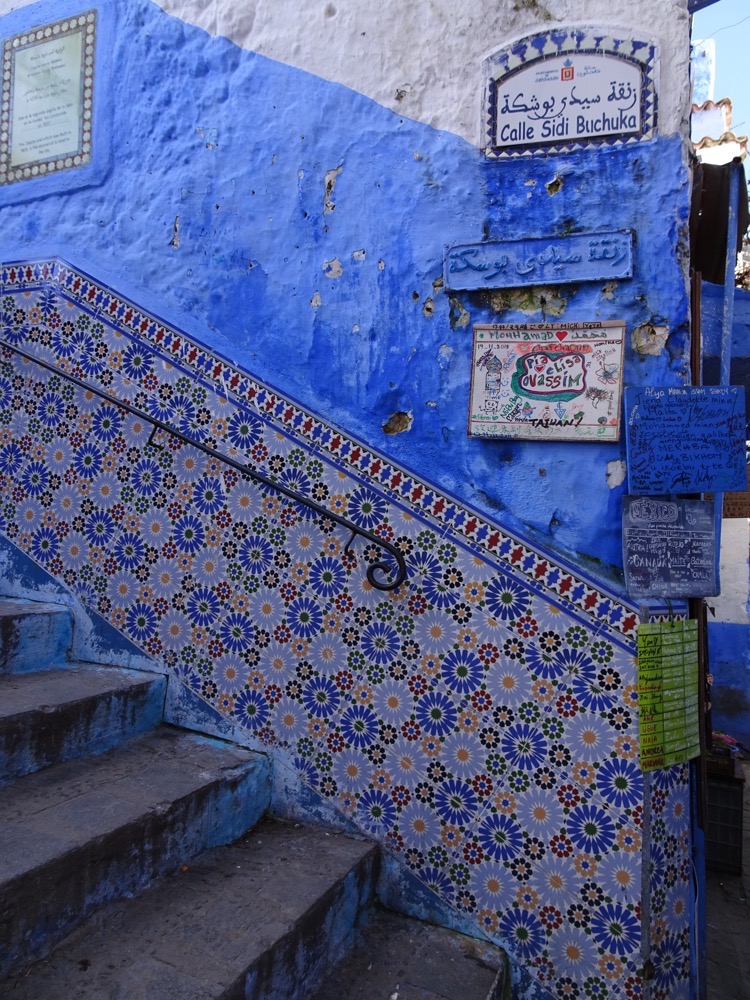 Gorgeous altogether!
Gorgeous altogether!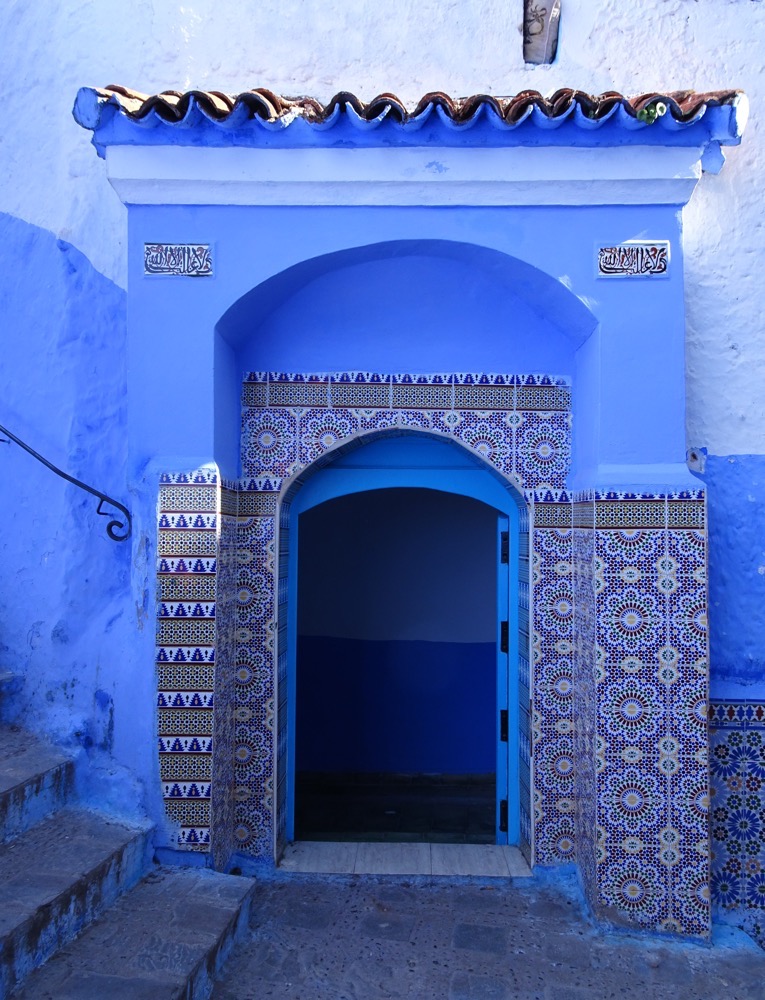
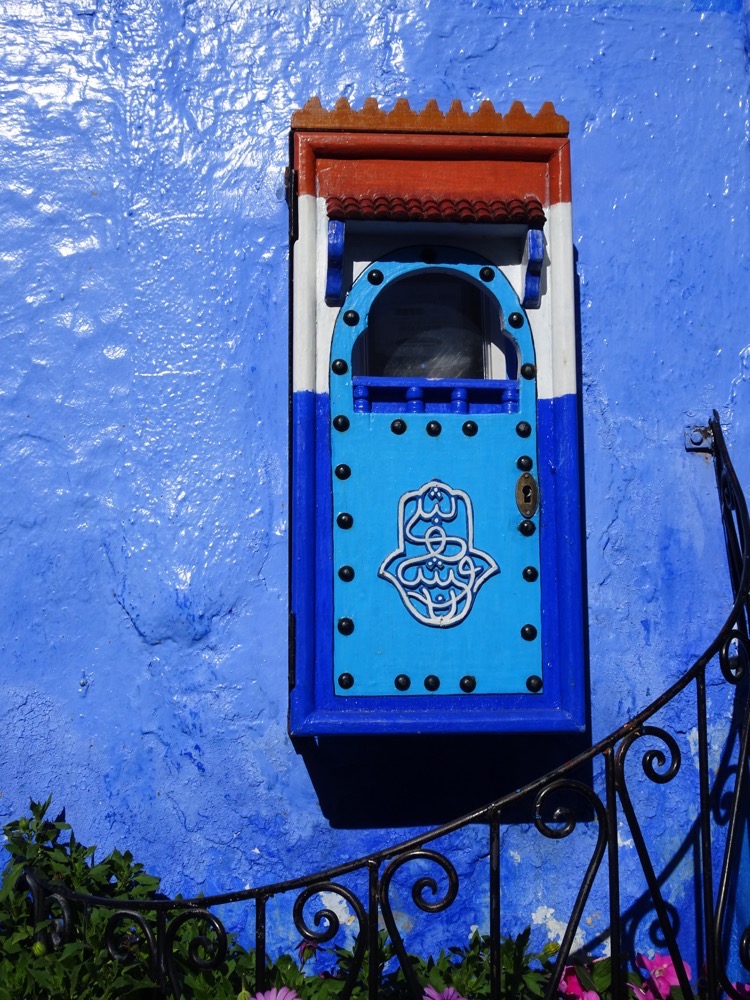
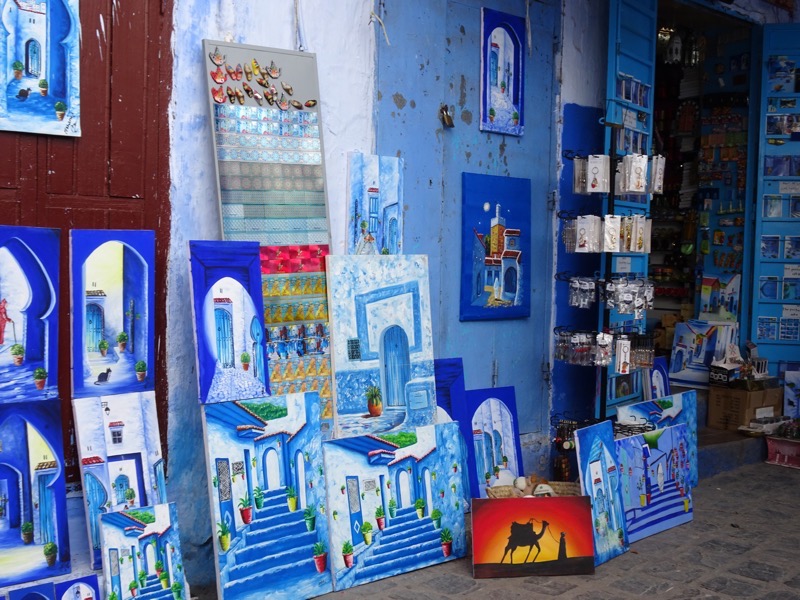
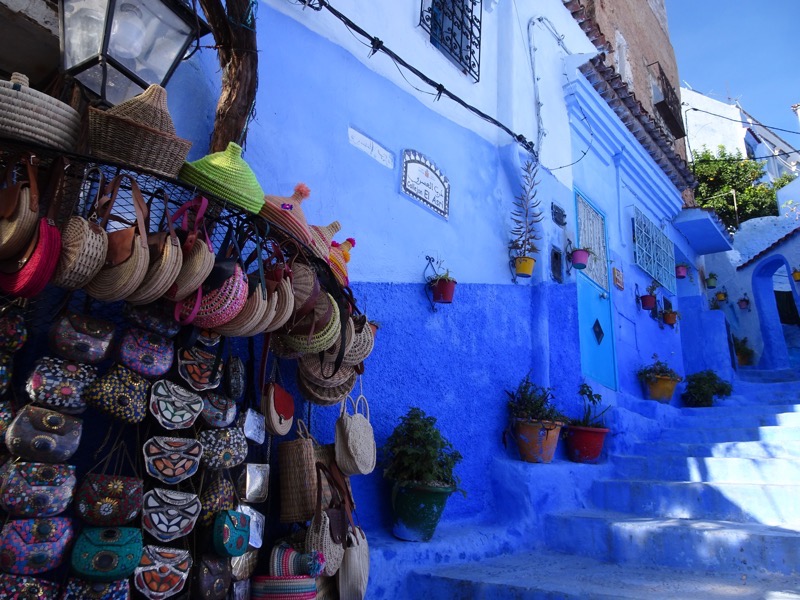 In the back streets looking for interesting alleys and vistas and spied this very steep set of stairs… did a double-take and noticed this little guy:
In the back streets looking for interesting alleys and vistas and spied this very steep set of stairs… did a double-take and noticed this little guy: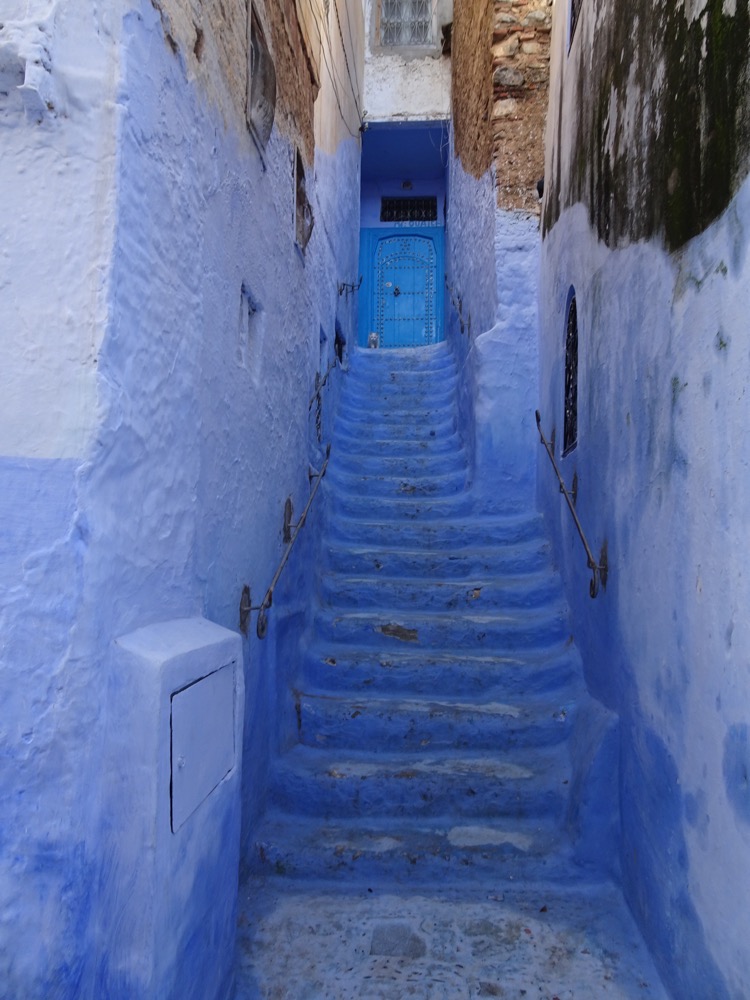 Sitting around like he owned the place.
Sitting around like he owned the place.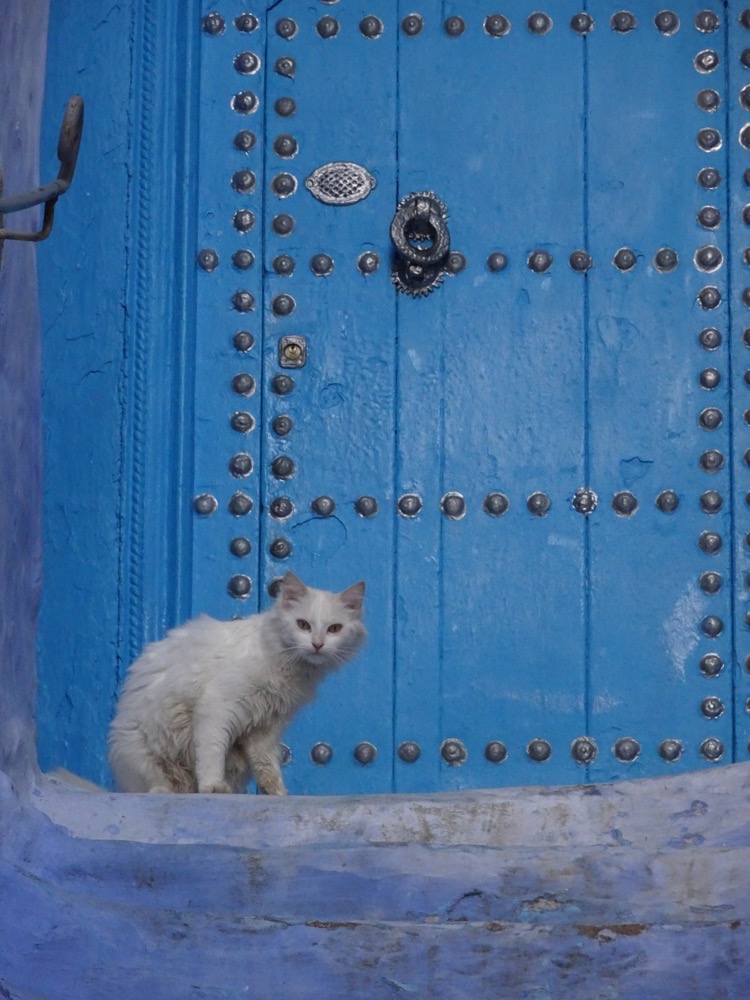

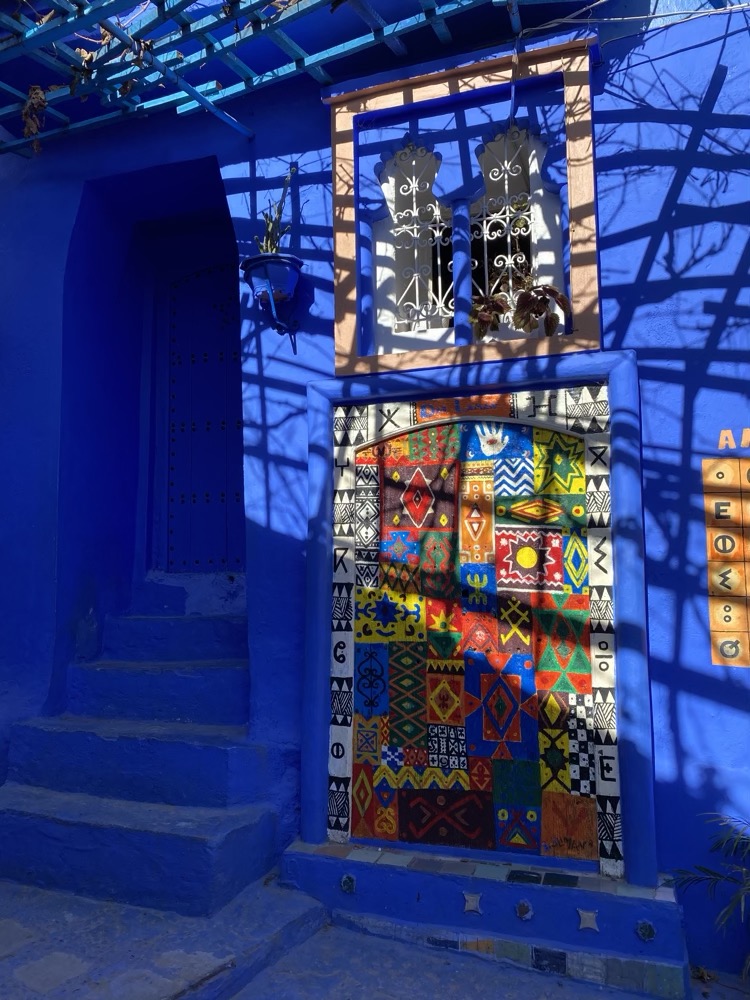 We stopped for lunch down in the main square. Coffee thick as mud, chicken shish, and kofka tagine. Doesn’t take long to decide you could sure get used to this – a long black, a lemon soft drink, two lovingly cooked and very tasty main meals served with free bread, and we were up for a hefty AUD$15.00.
We stopped for lunch down in the main square. Coffee thick as mud, chicken shish, and kofka tagine. Doesn’t take long to decide you could sure get used to this – a long black, a lemon soft drink, two lovingly cooked and very tasty main meals served with free bread, and we were up for a hefty AUD$15.00.
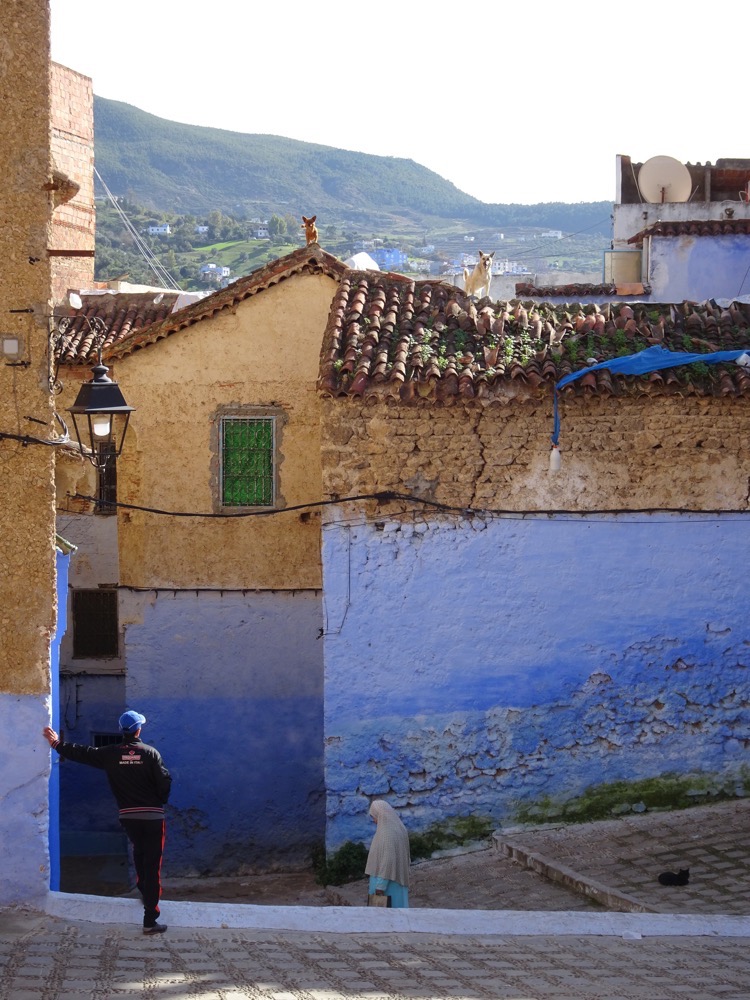
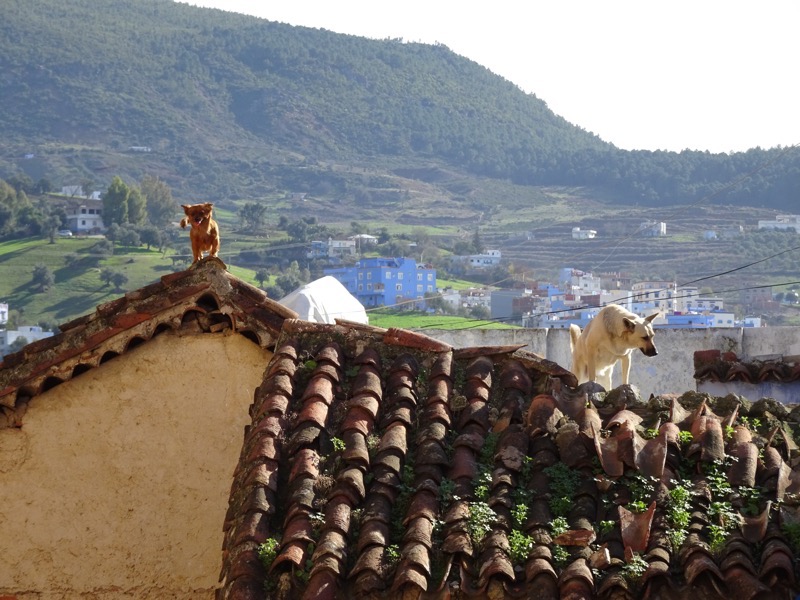
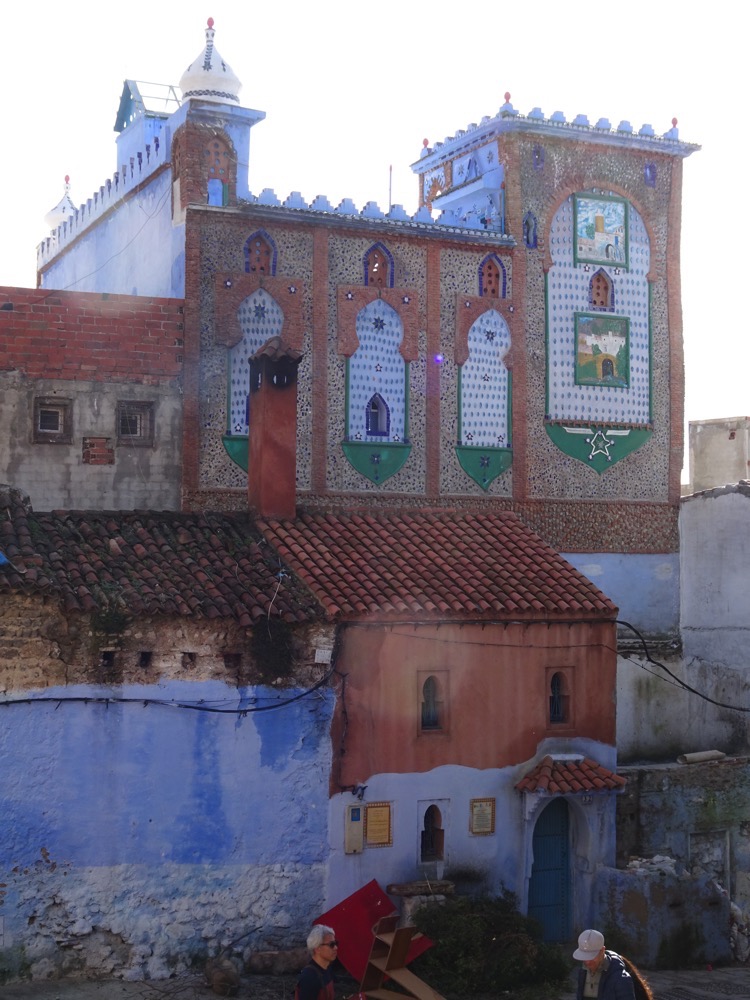 Gorgeous facade on a local school:
Gorgeous facade on a local school: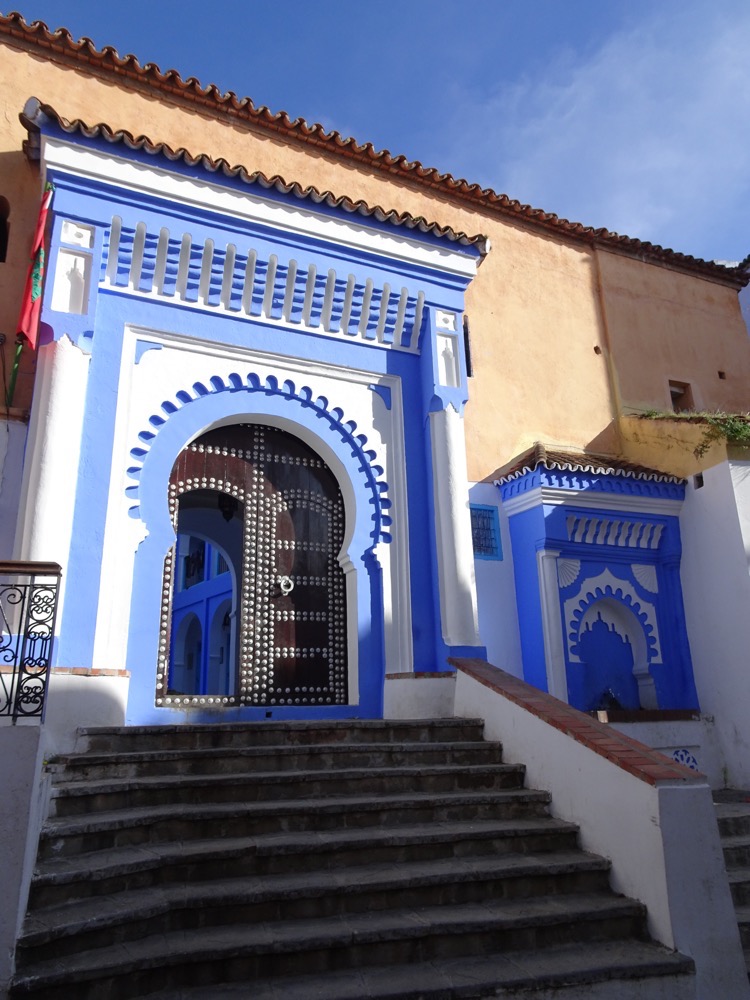 We then made our way into the Kasbah to have a look around. The Kasbah in Chefchaouen was built in the 15thC and in contast to the blue city, it is terracotta-brown in appearance.
We then made our way into the Kasbah to have a look around. The Kasbah in Chefchaouen was built in the 15thC and in contast to the blue city, it is terracotta-brown in appearance. 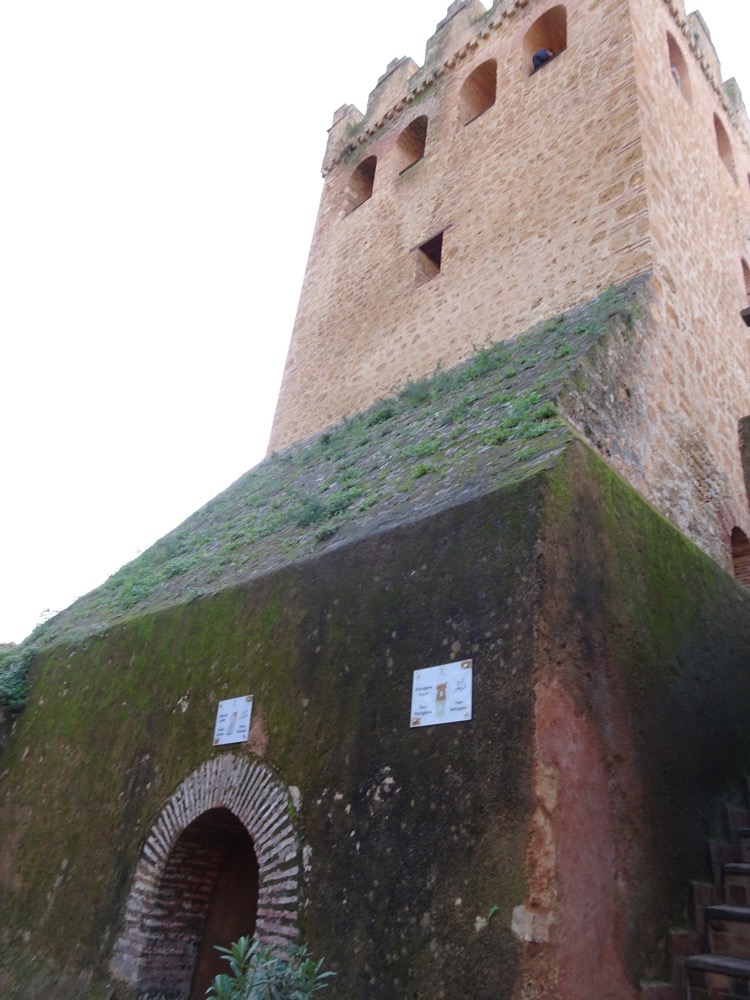
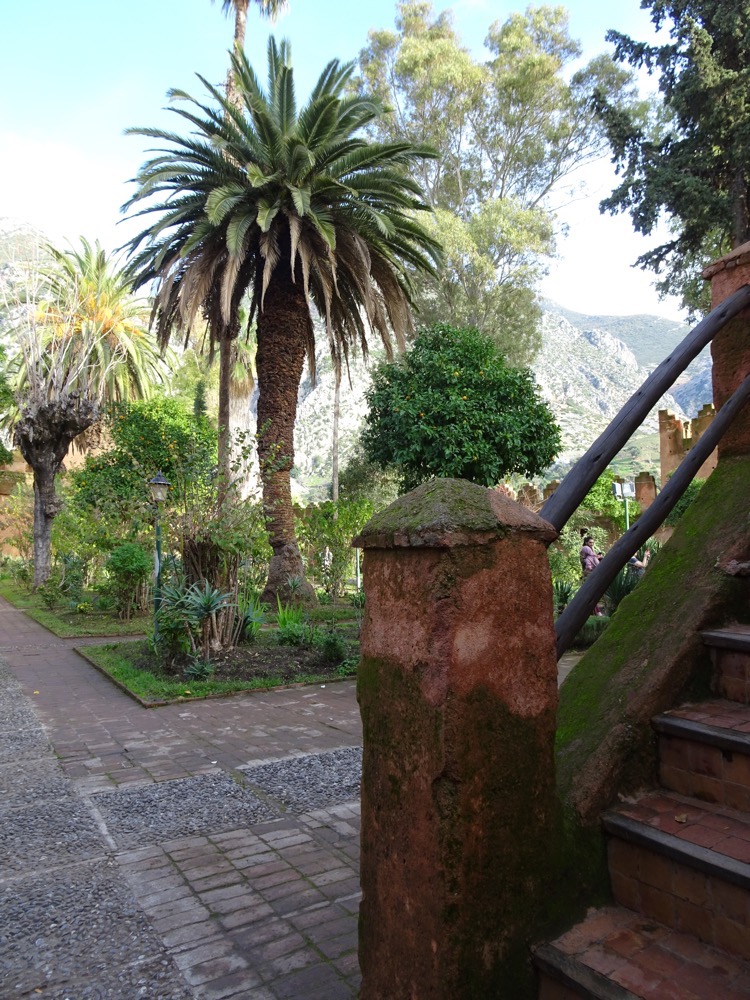 The Chefchaouen Kasbah contains a lovely Andalusian-style garden and a former prison.
The Chefchaouen Kasbah contains a lovely Andalusian-style garden and a former prison.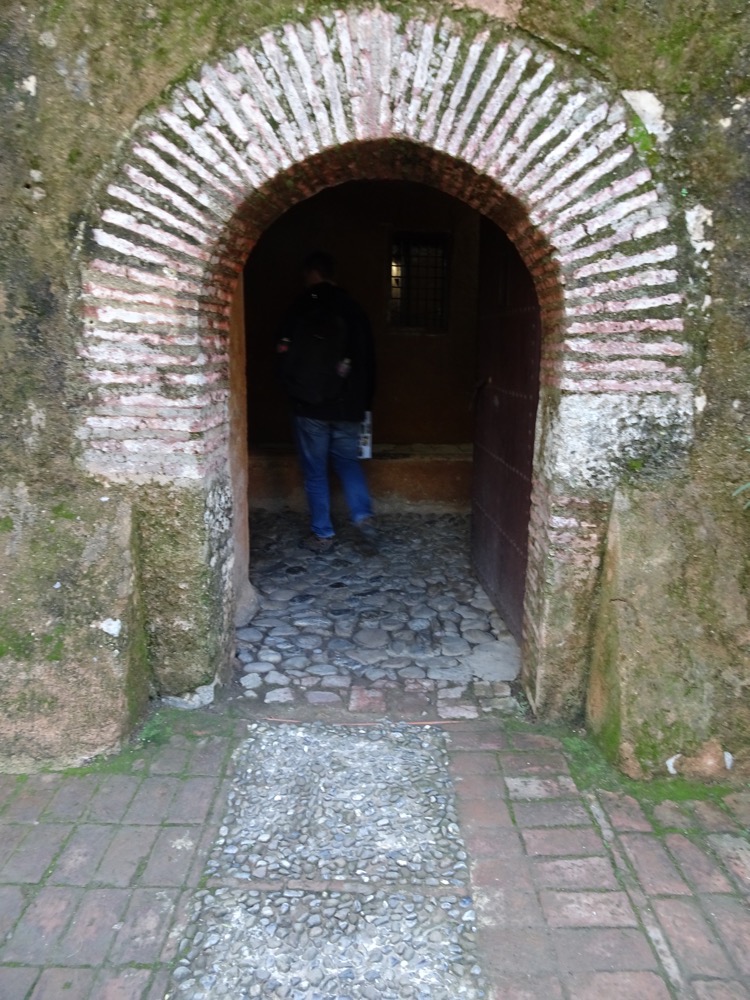 This prision reminds me of the one Kevin Costner finds himself detained in when captured by the Moors while on Crusade in the terribly historically inaccurate, but somewhat lovealbe film, (thanks Alan Rickman) Robin Hood Prince of Thieves (c.1990 something).
This prision reminds me of the one Kevin Costner finds himself detained in when captured by the Moors while on Crusade in the terribly historically inaccurate, but somewhat lovealbe film, (thanks Alan Rickman) Robin Hood Prince of Thieves (c.1990 something).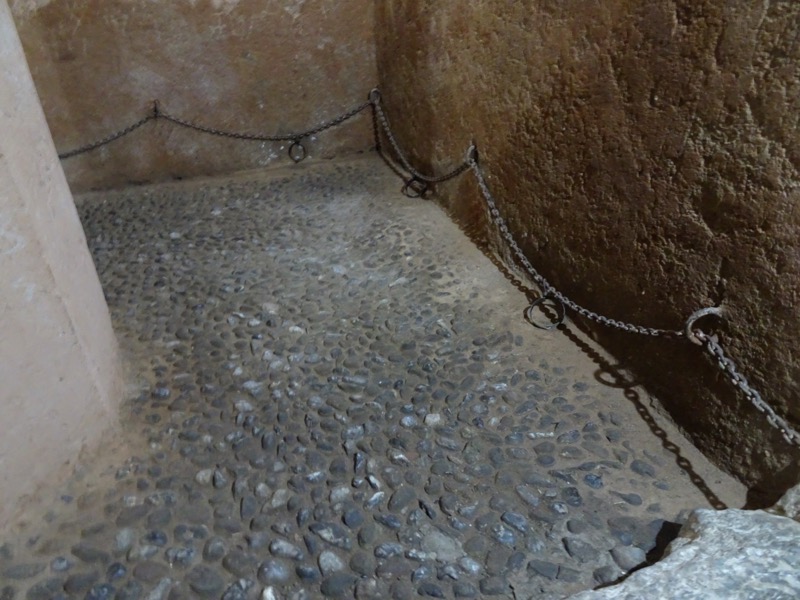
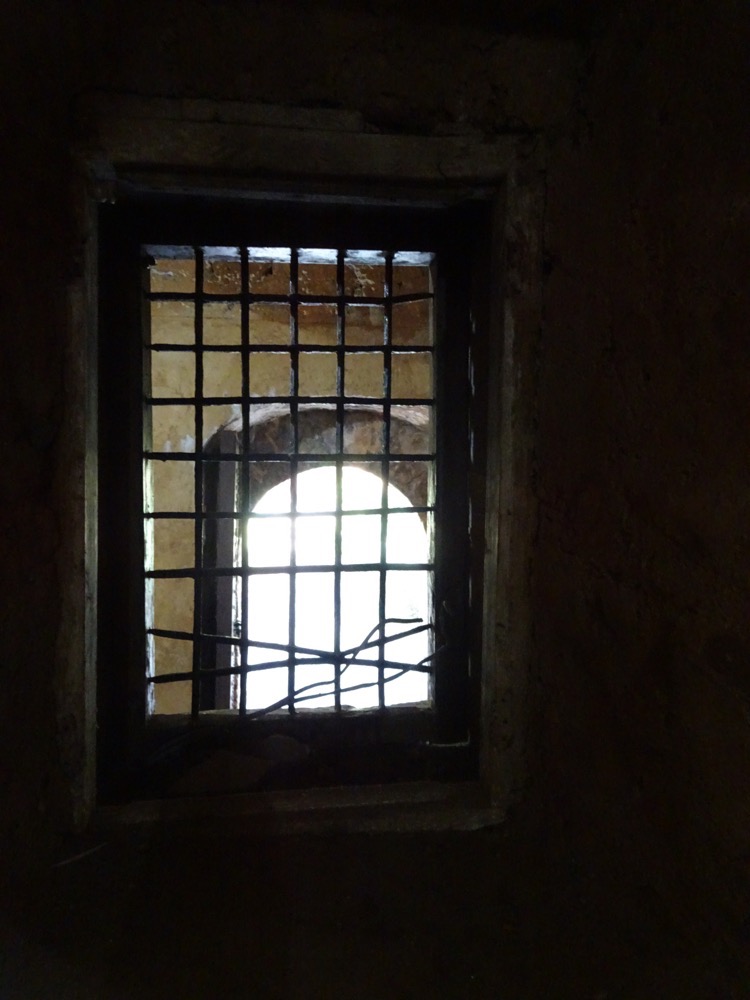
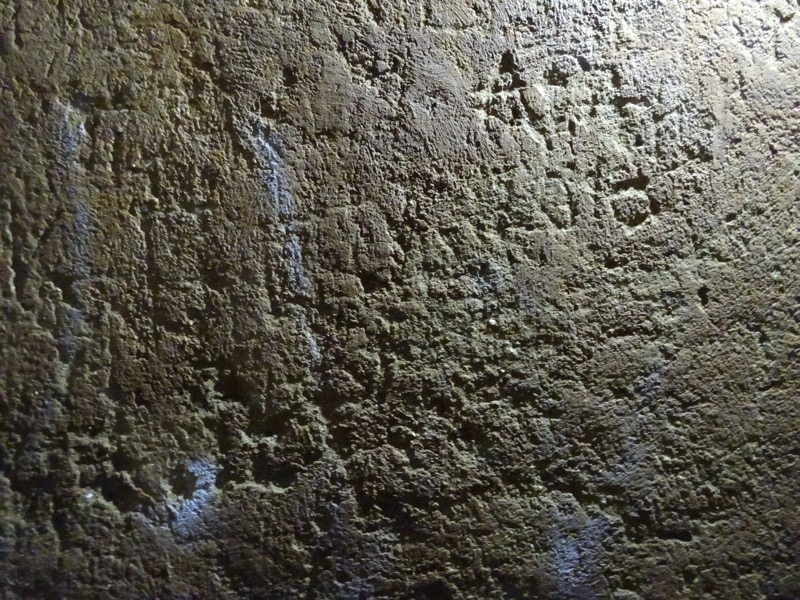
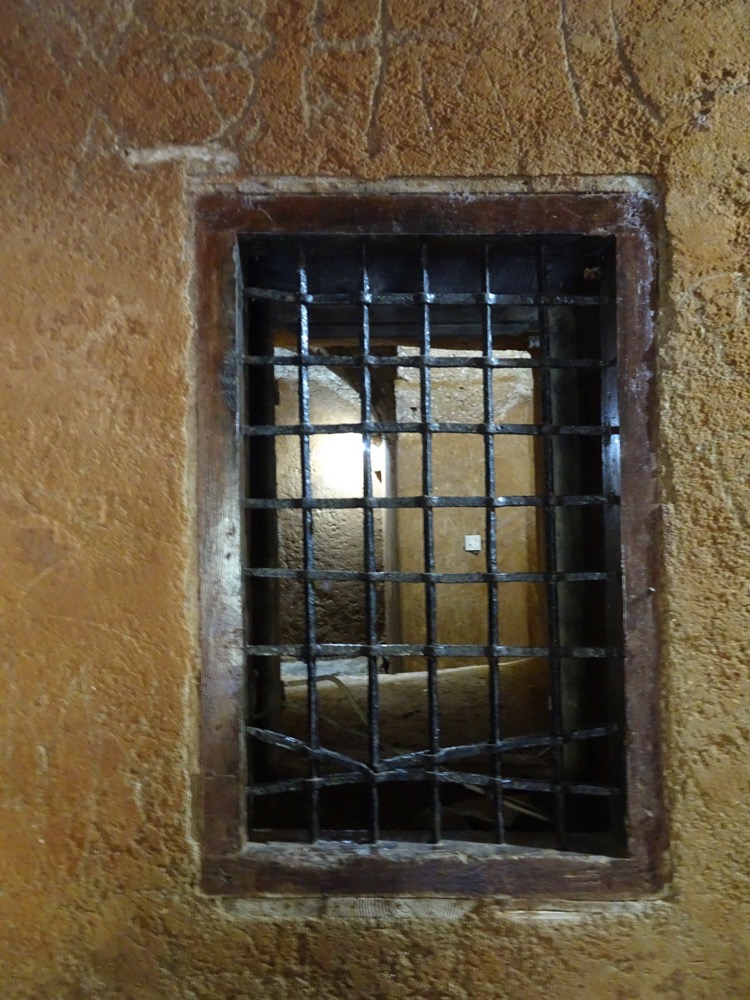 Looking out from the prison to the Andaluscian gardens.
Looking out from the prison to the Andaluscian gardens. 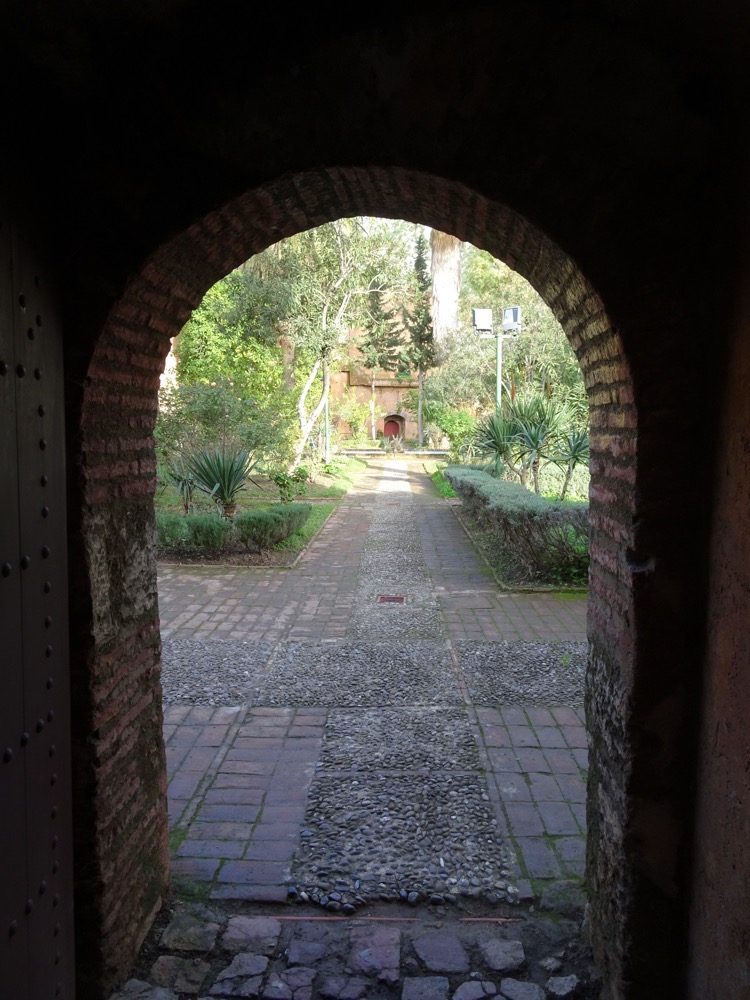 Amazingly there are at least half a dozen huge and very established gum trees in the garden. They might seem like a good idea, but I have a feeling if one of them comes down, they are giong to create one helluva mess of the ancient walls.
Amazingly there are at least half a dozen huge and very established gum trees in the garden. They might seem like a good idea, but I have a feeling if one of them comes down, they are giong to create one helluva mess of the ancient walls. 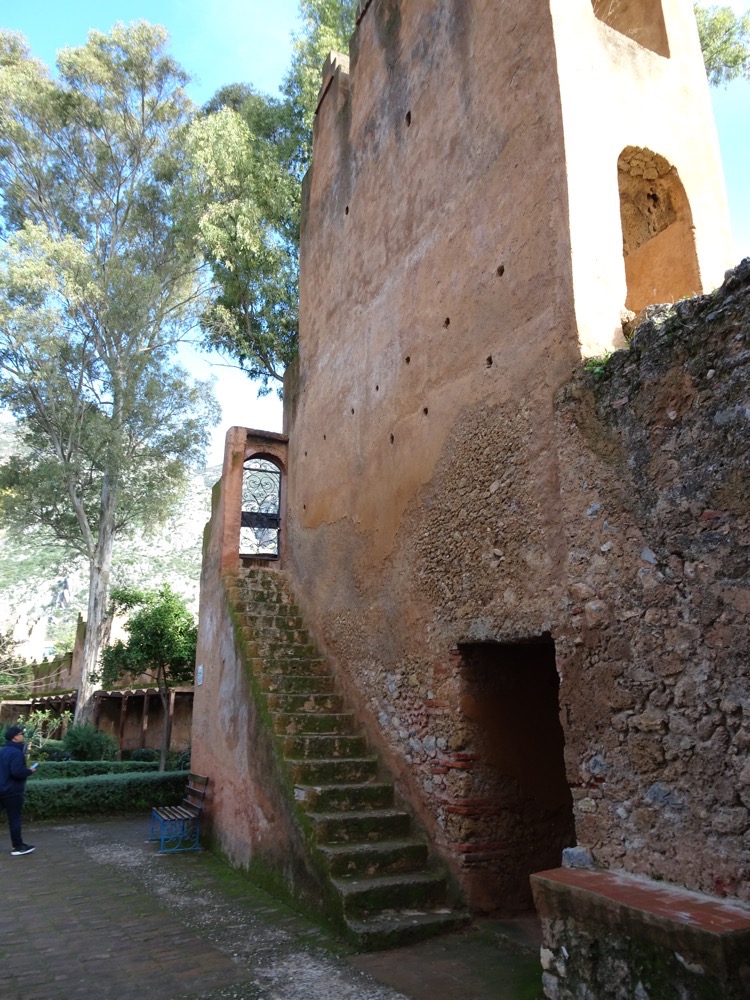
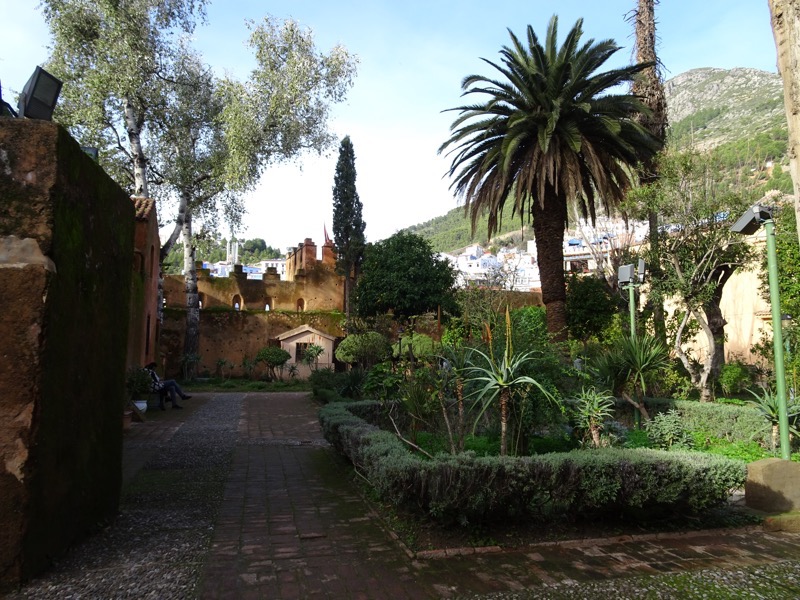
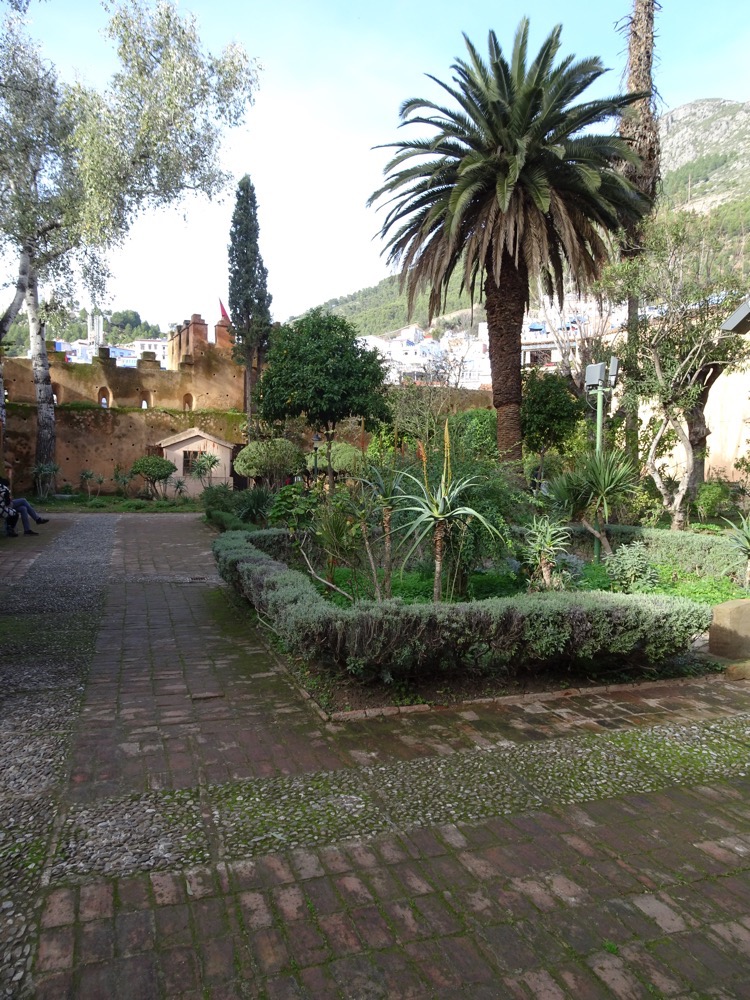
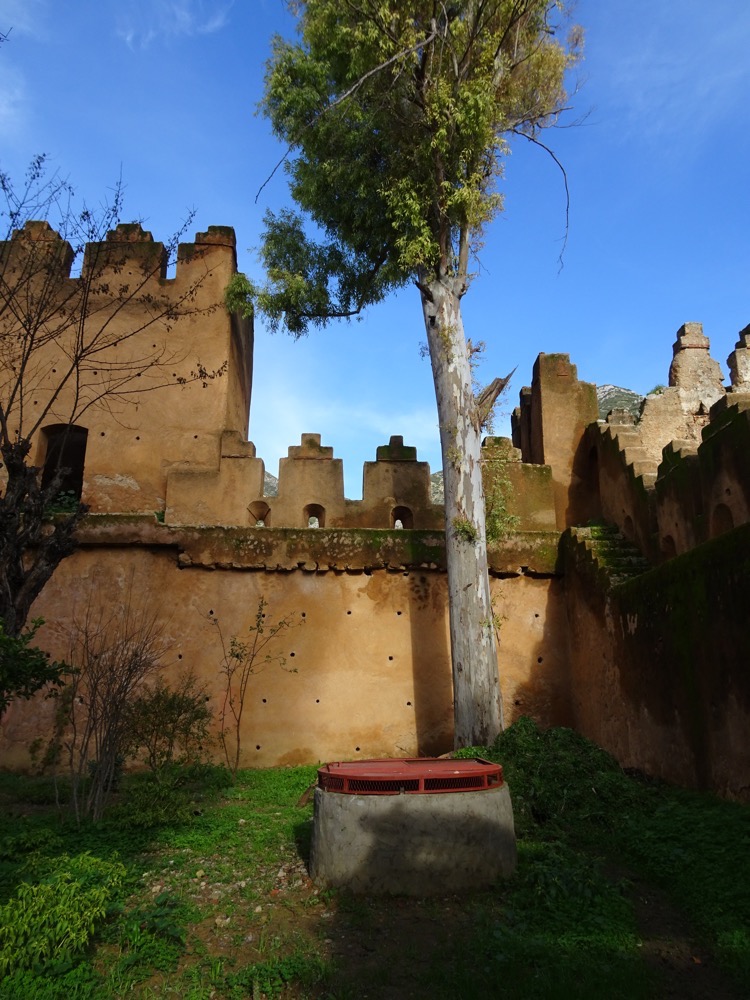
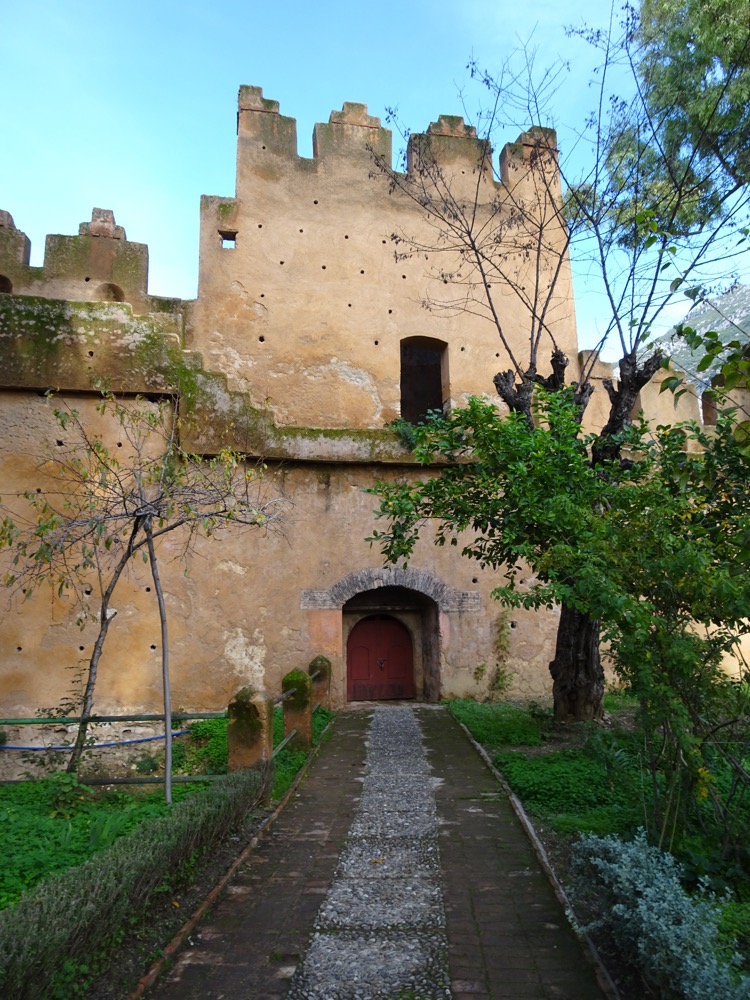
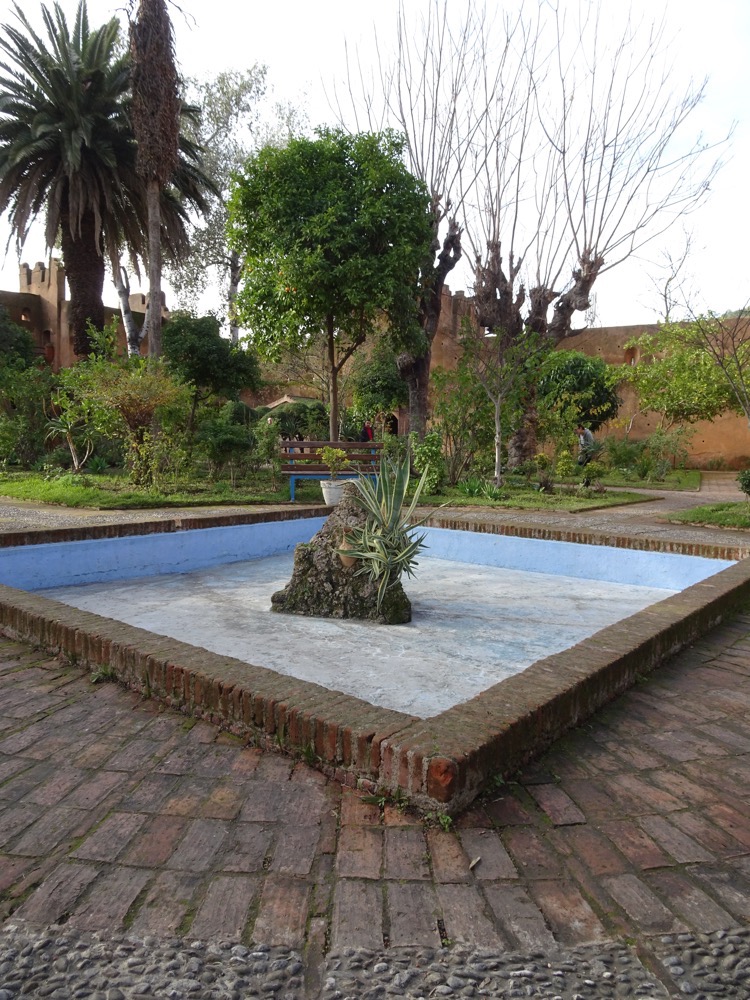 The Center for Research and Andalusian Studies is also here and currently undergoing renovations, so we could only see the lower levels at the moment.
The Center for Research and Andalusian Studies is also here and currently undergoing renovations, so we could only see the lower levels at the moment.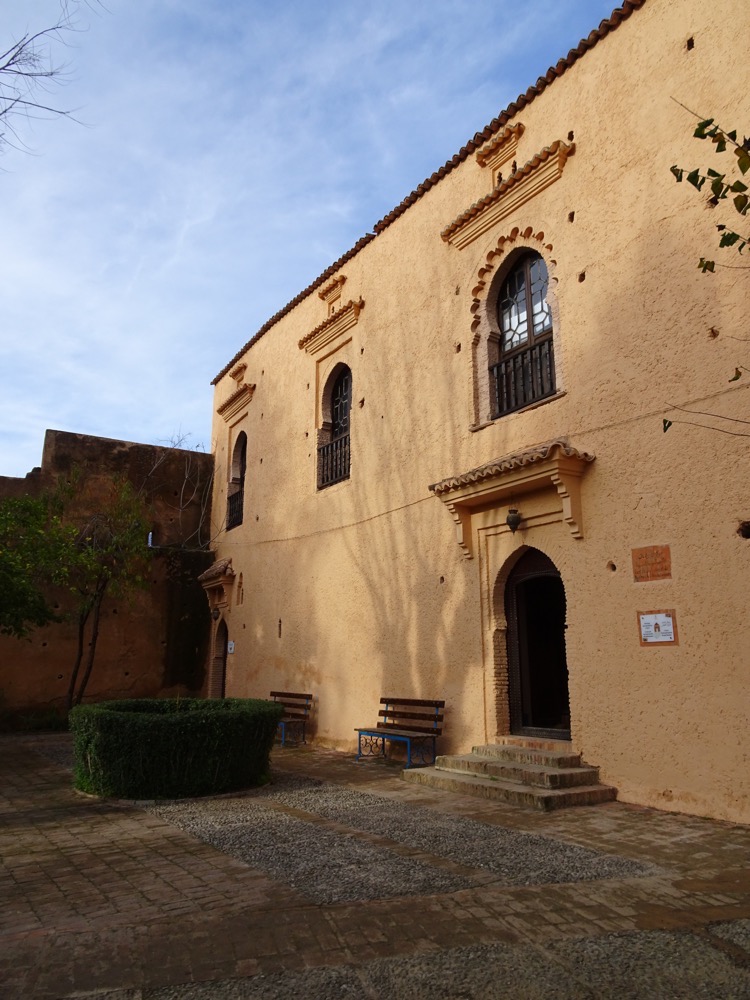
 After that it was back through the mall by which time the buskers, touts, and generally annoying people trying to get your money had all started to turn out, and we decided it was time to head back to the hotel for a bit of rest before dinner with whoever turned out to be around at the time.
After that it was back through the mall by which time the buskers, touts, and generally annoying people trying to get your money had all started to turn out, and we decided it was time to head back to the hotel for a bit of rest before dinner with whoever turned out to be around at the time. 